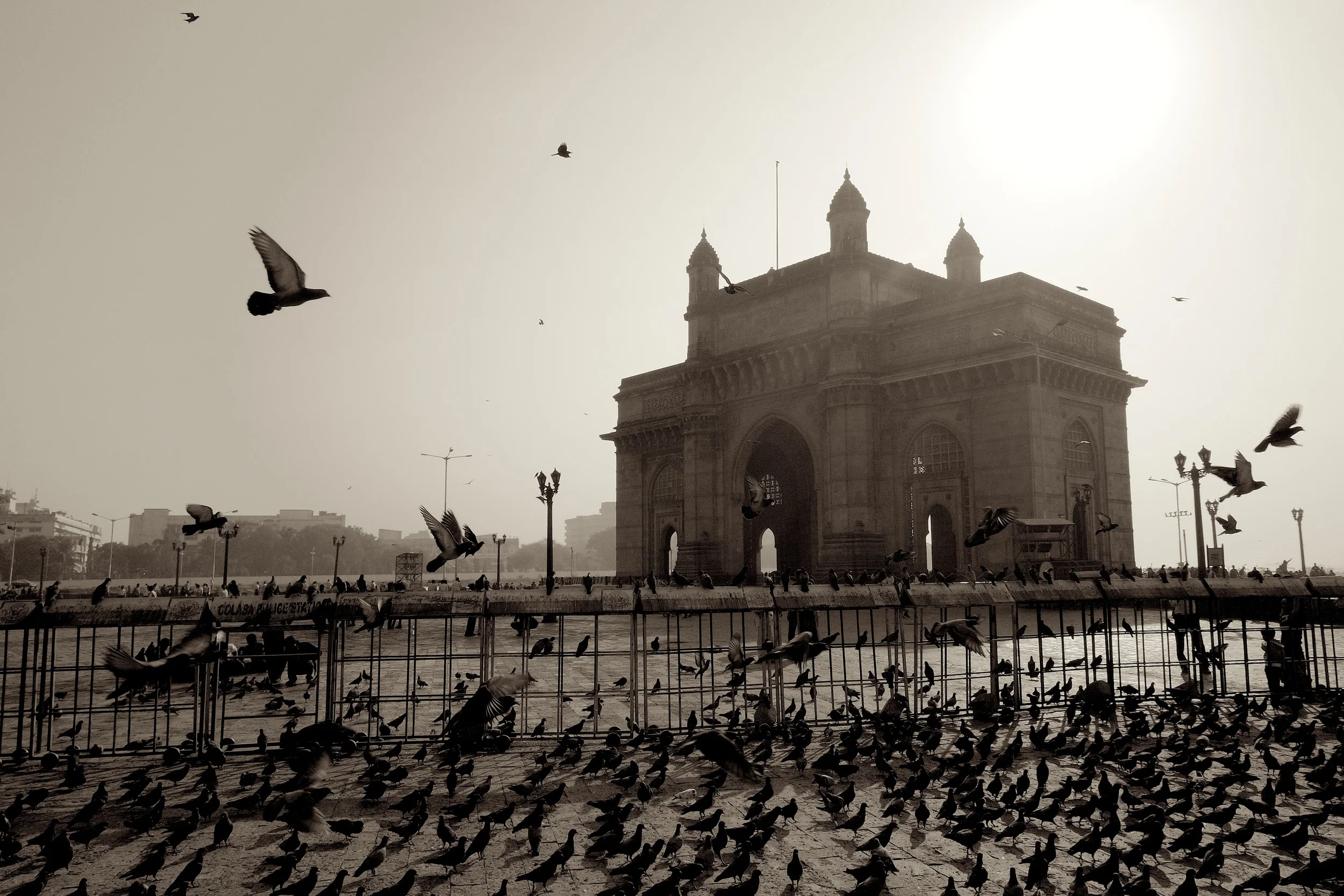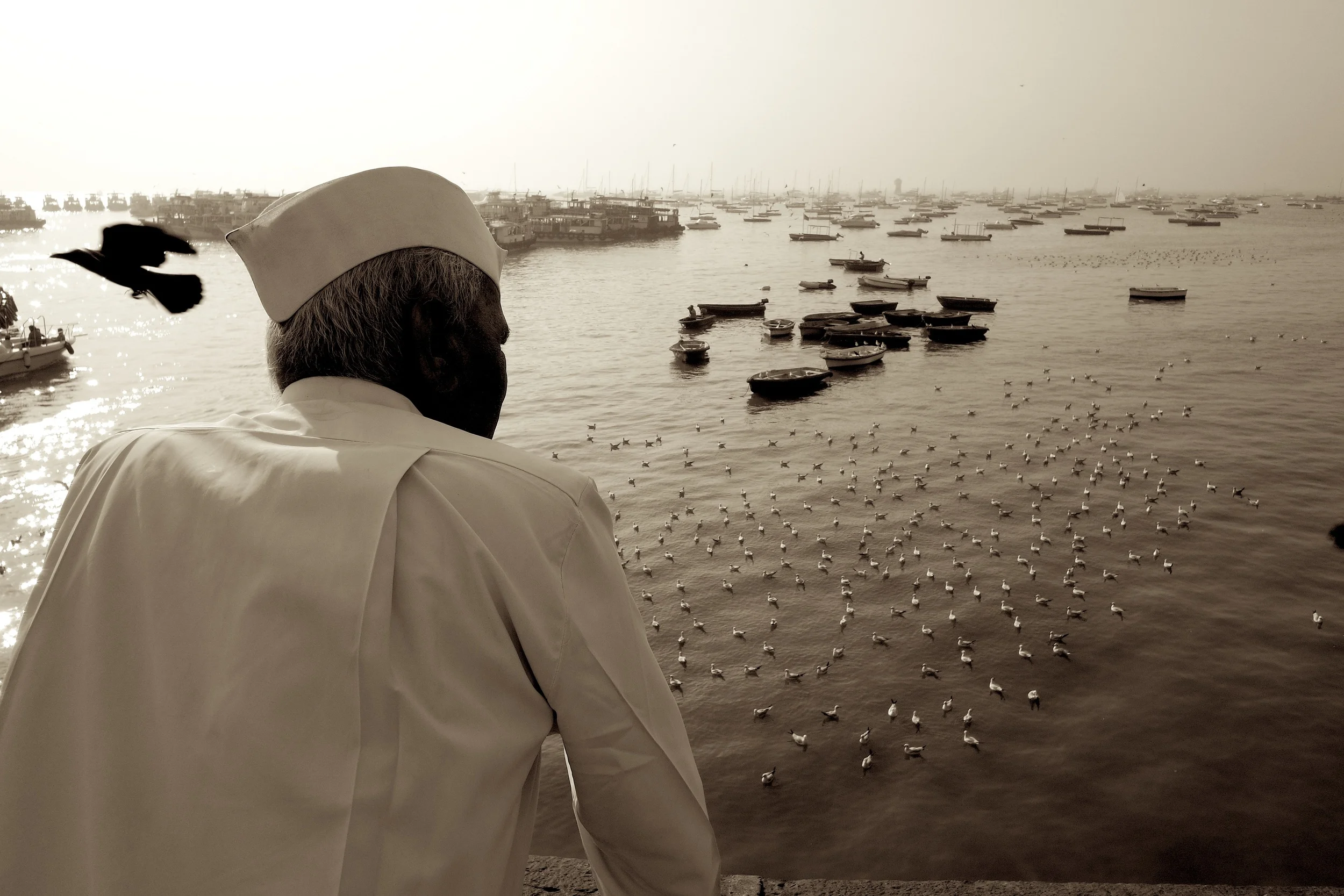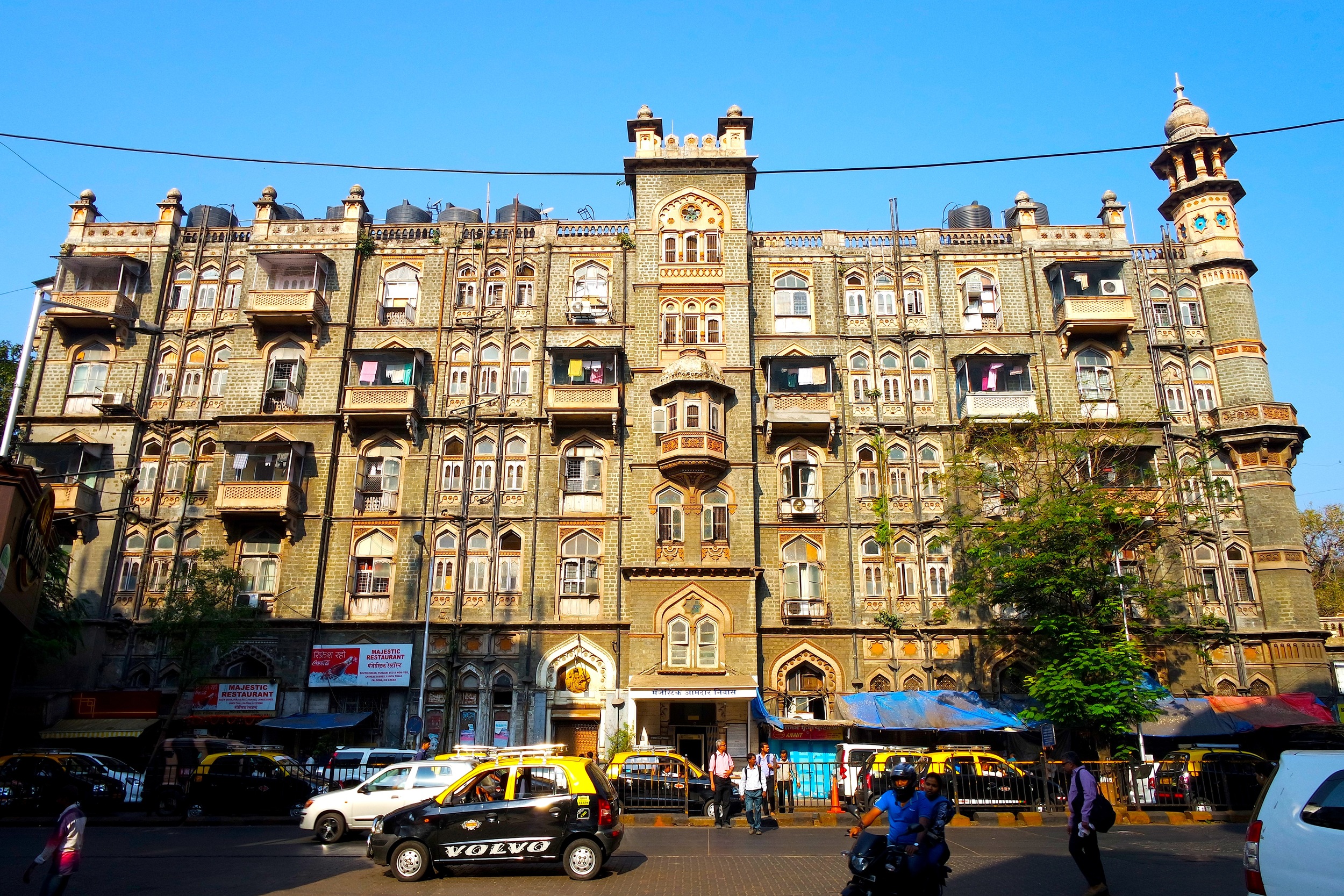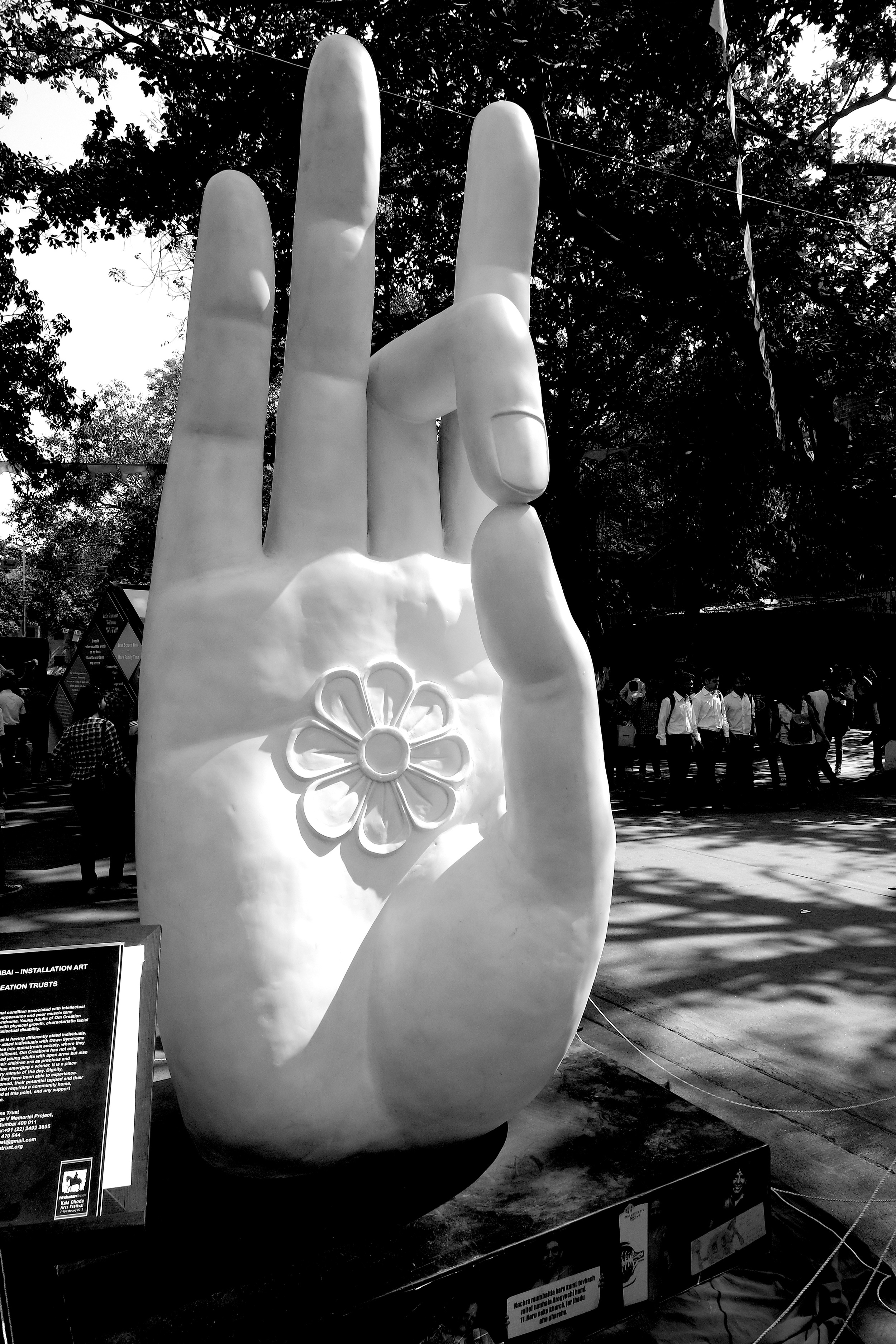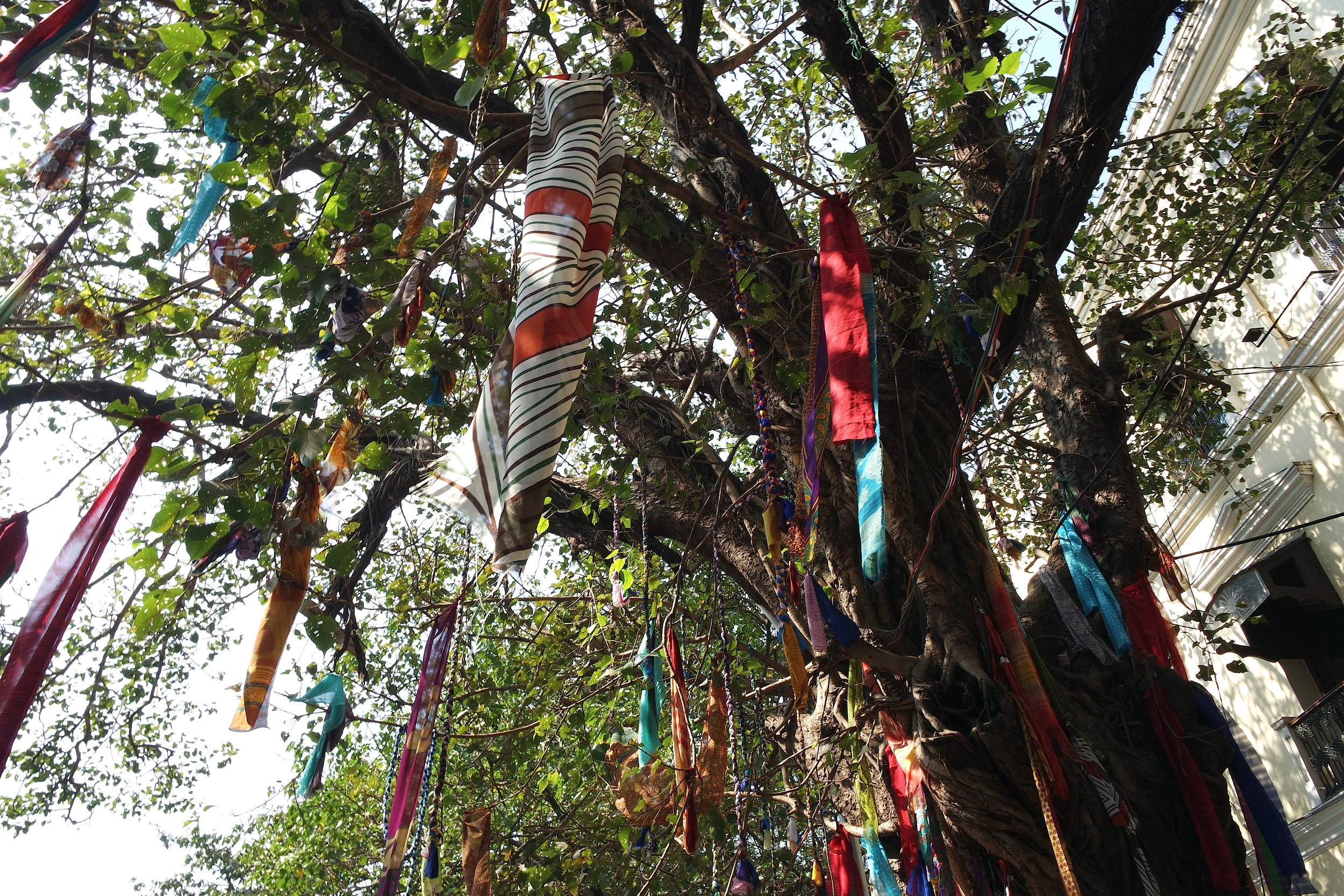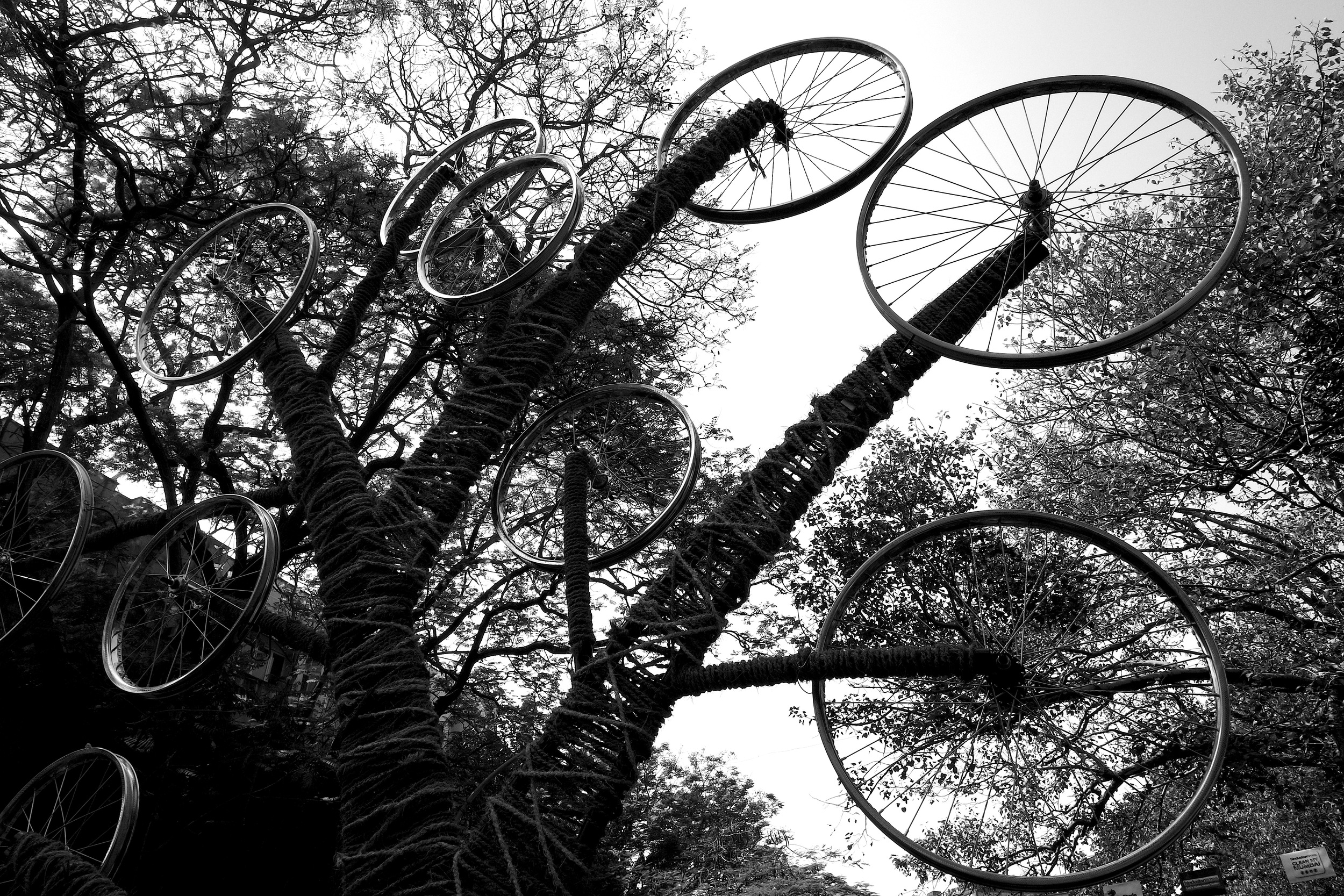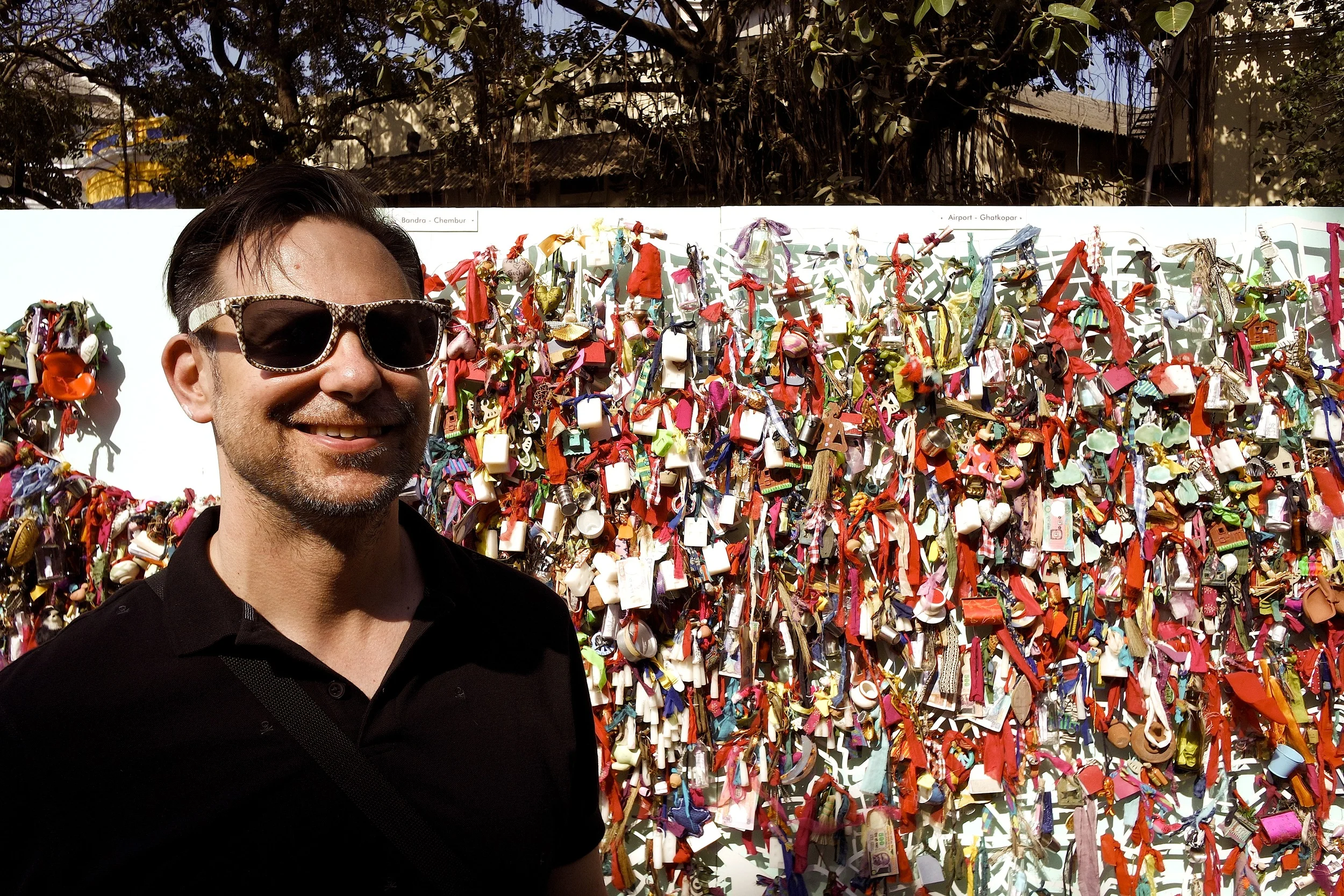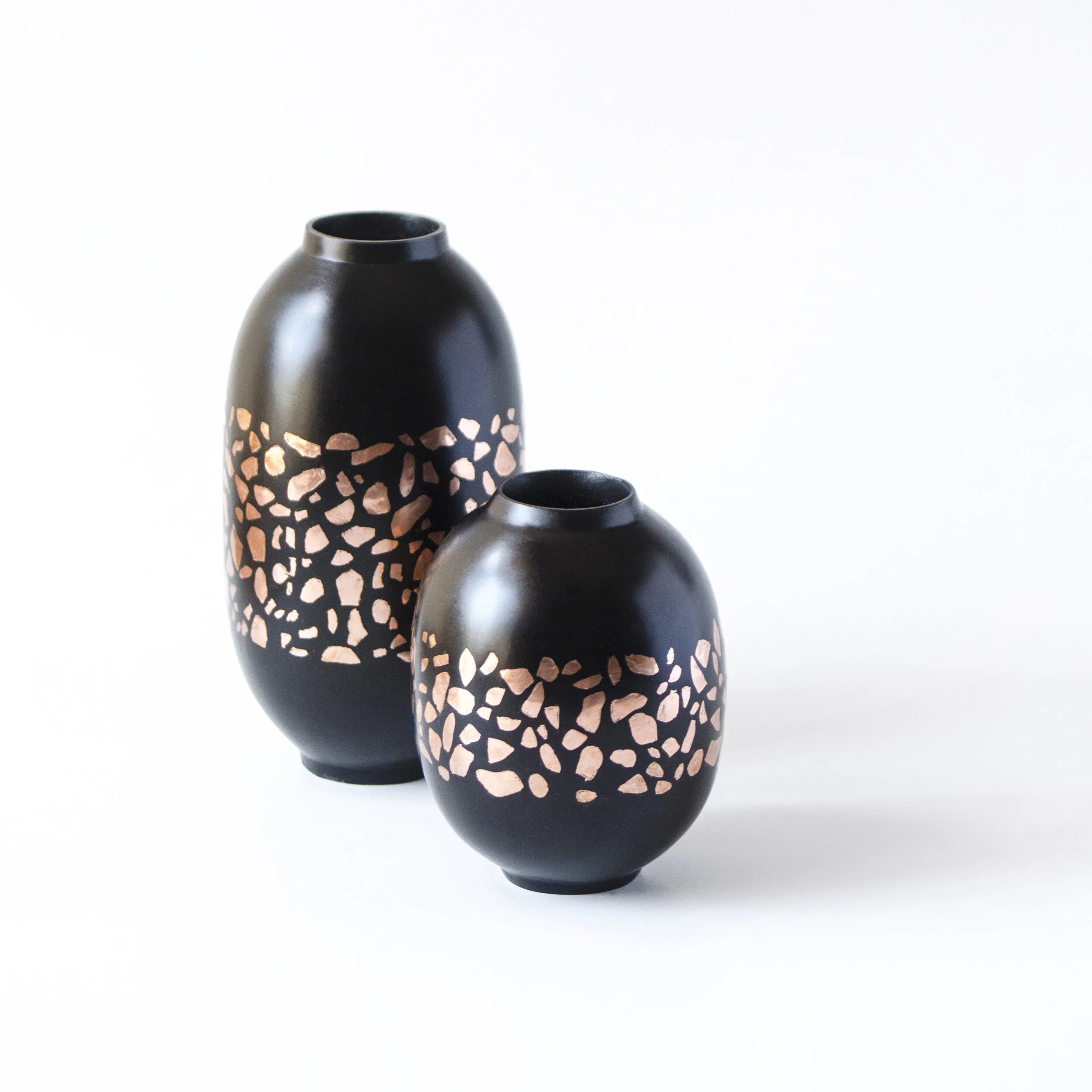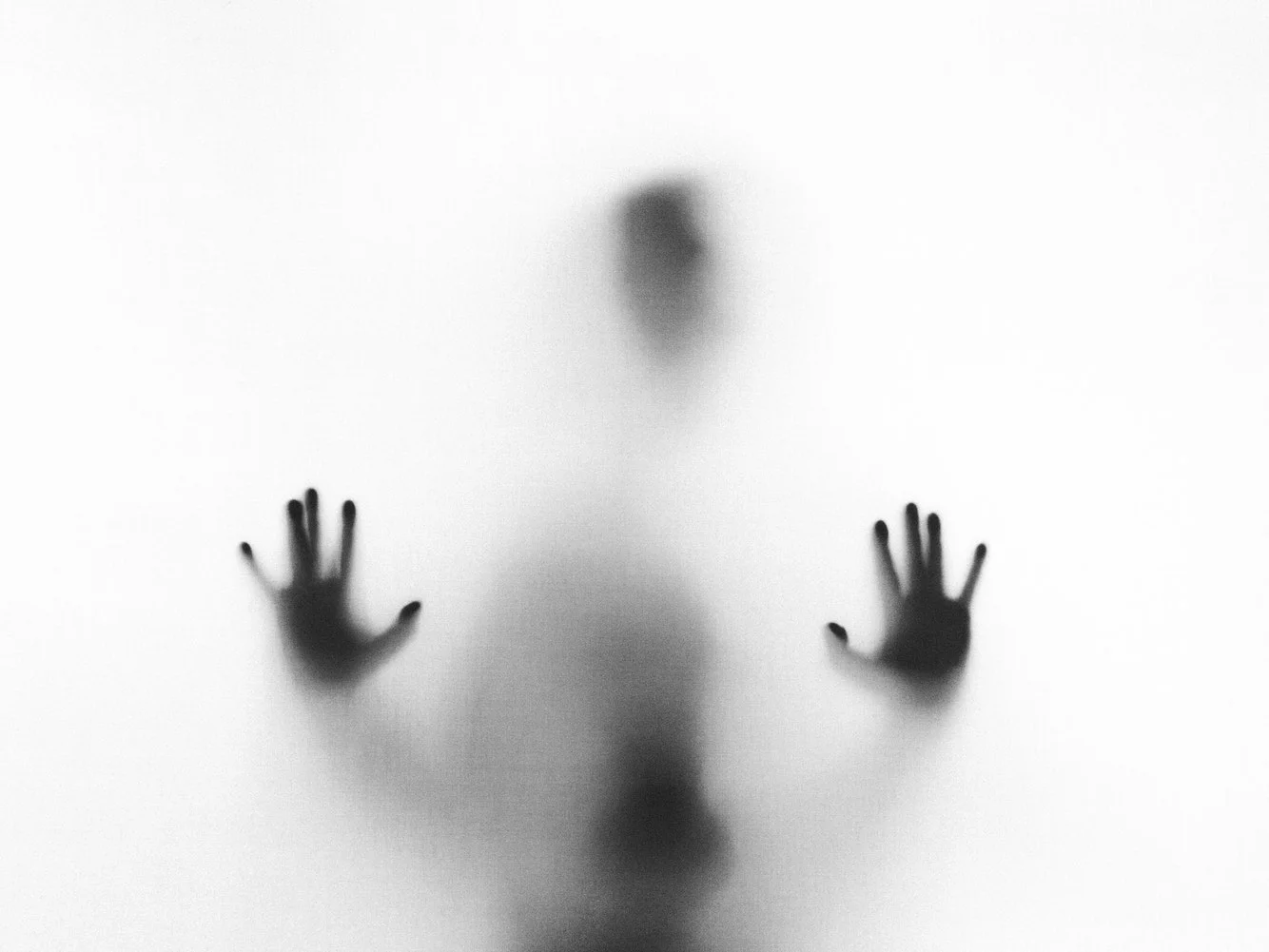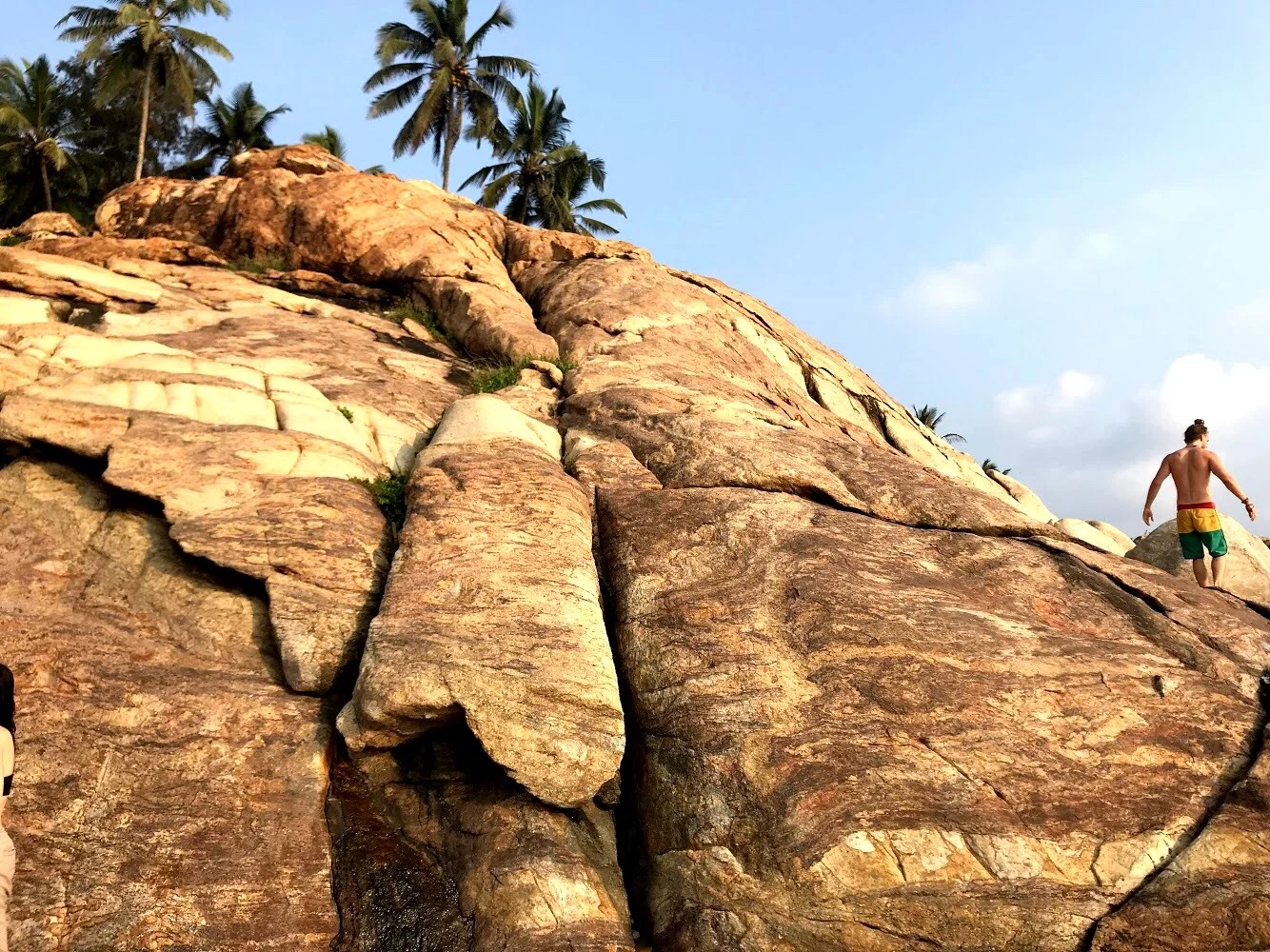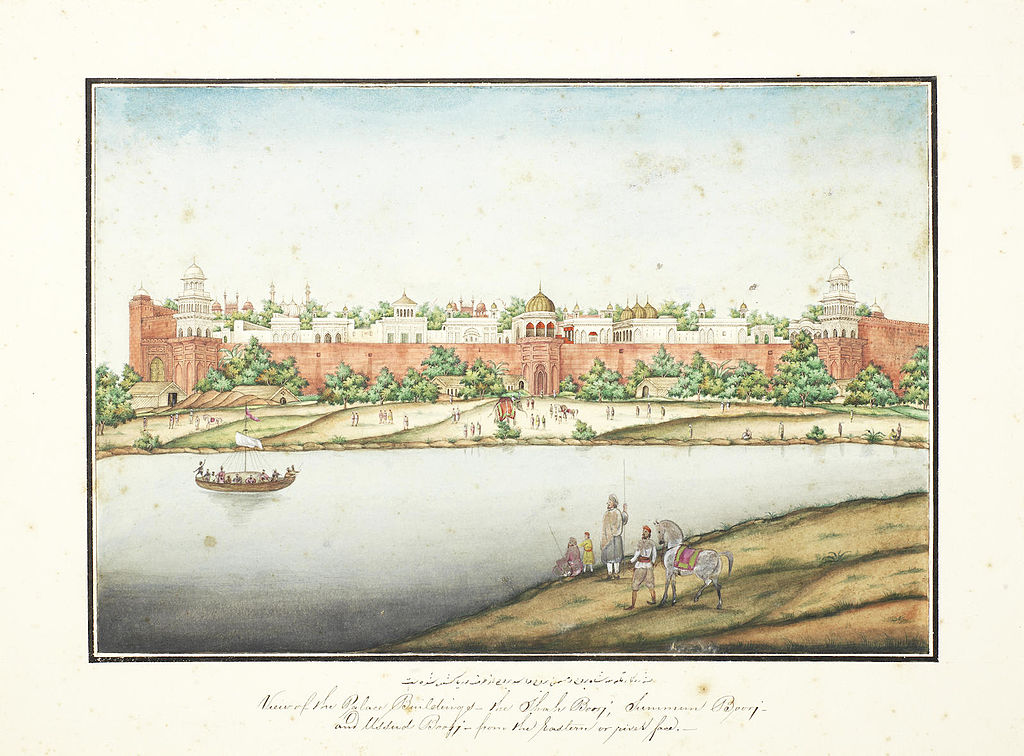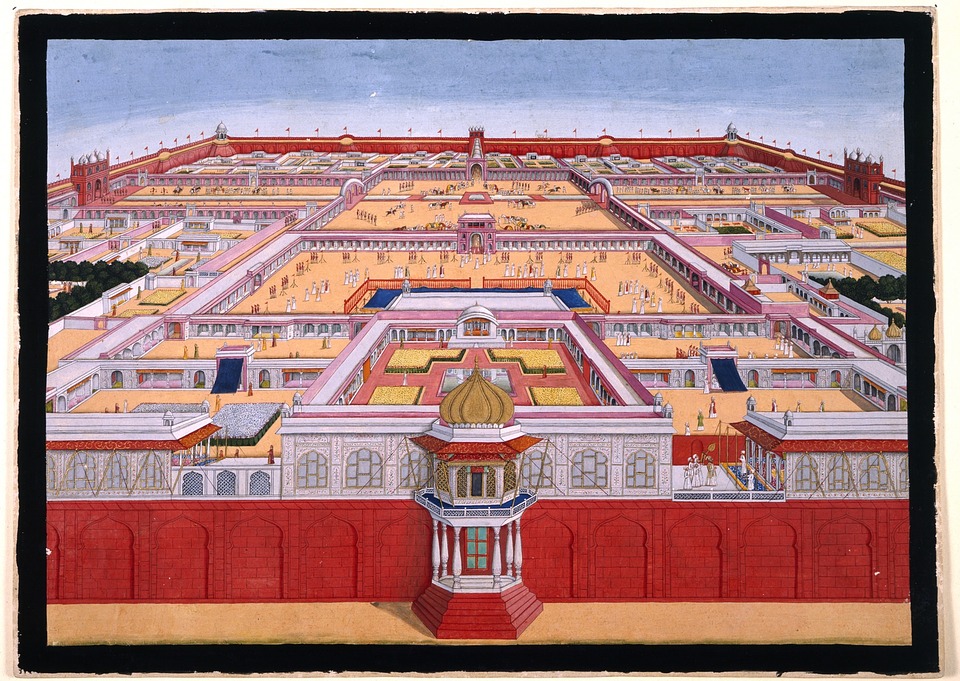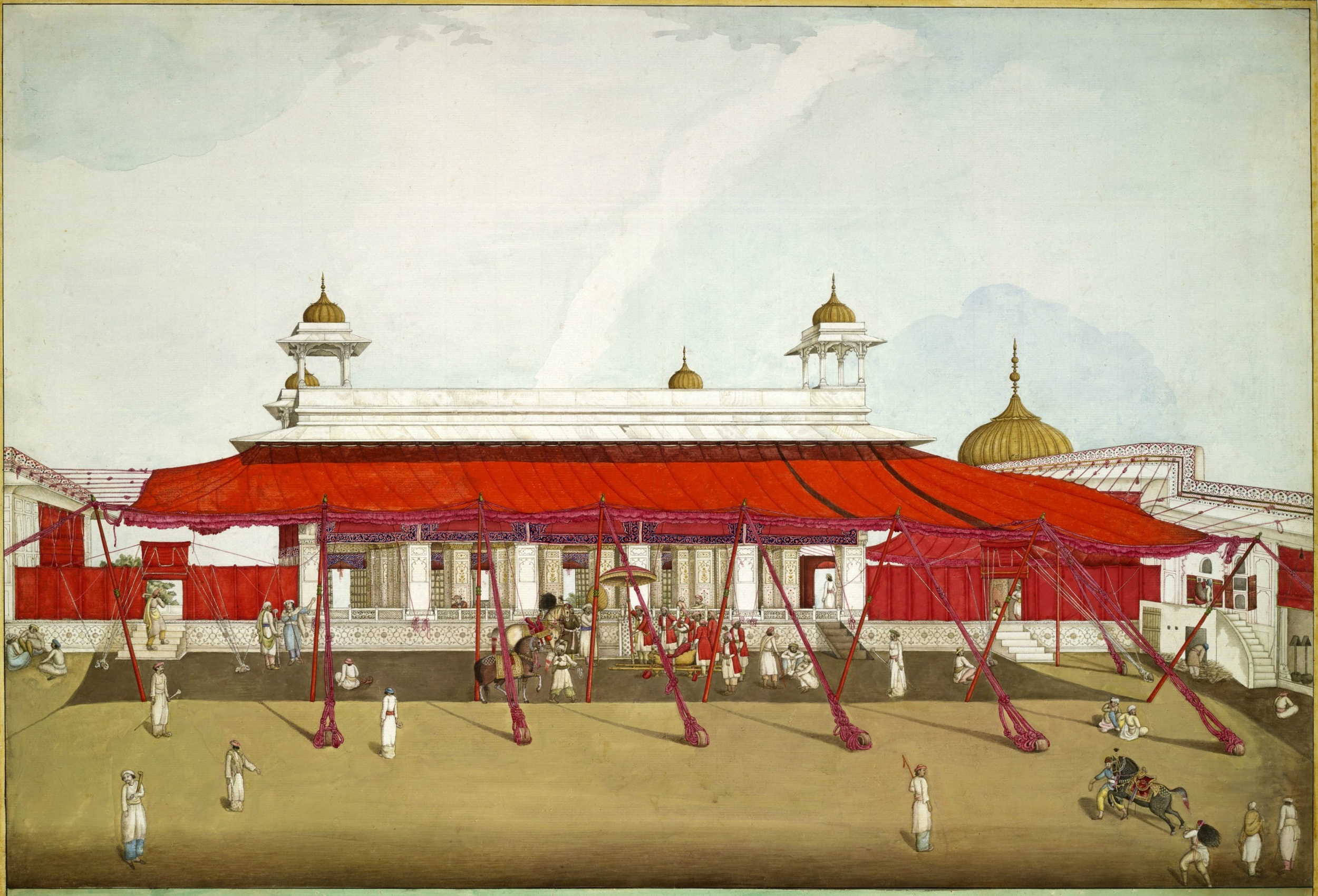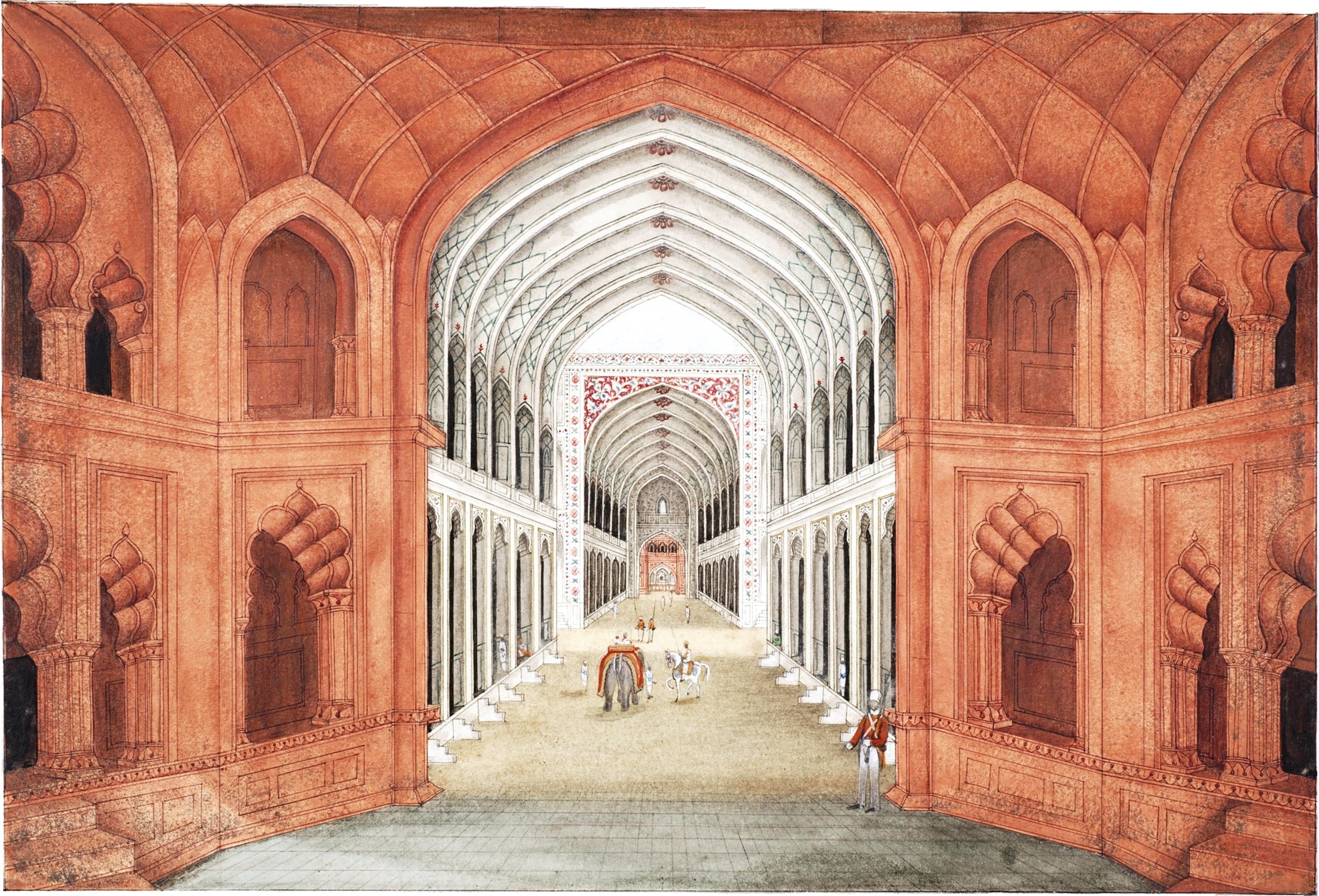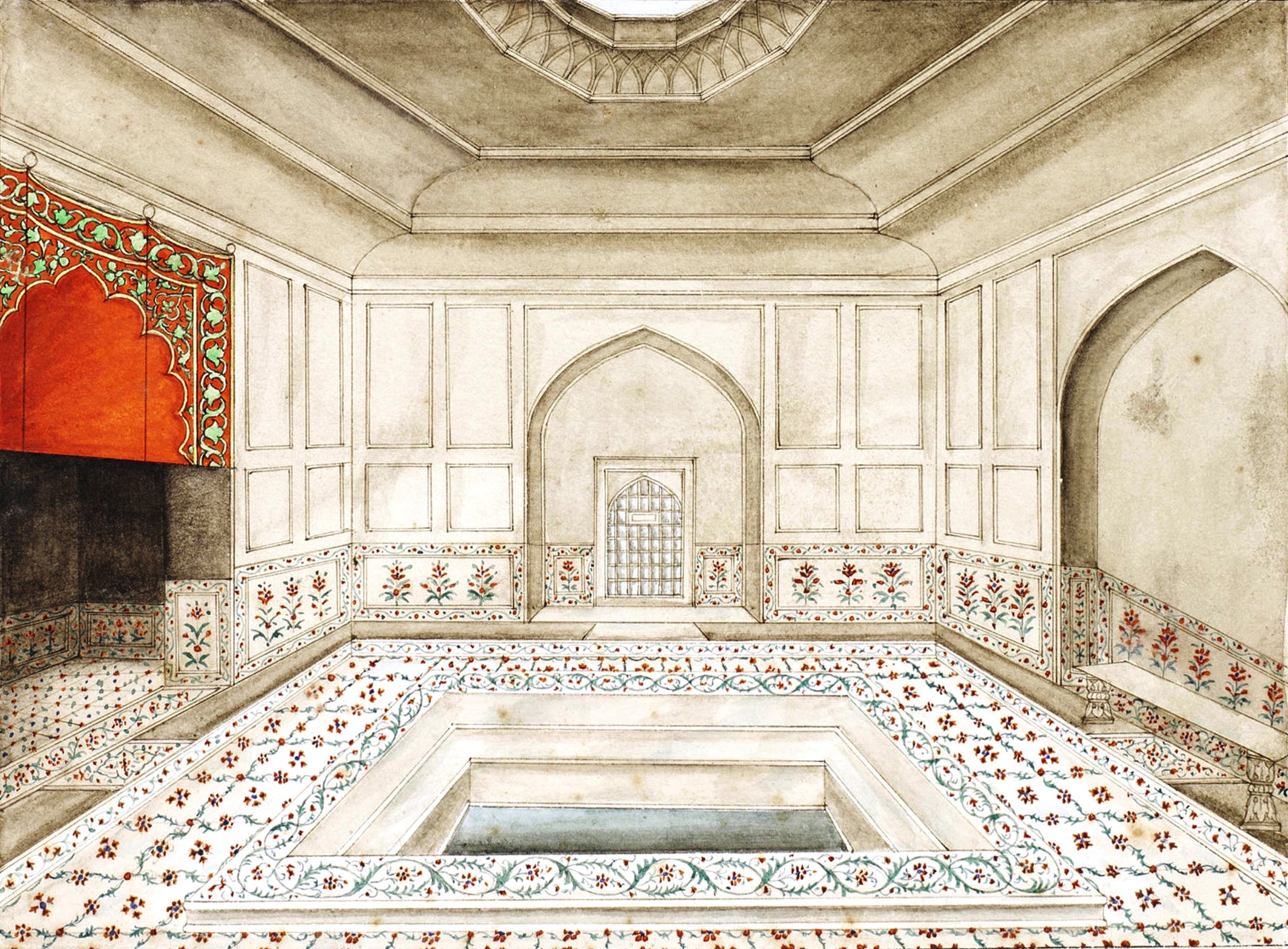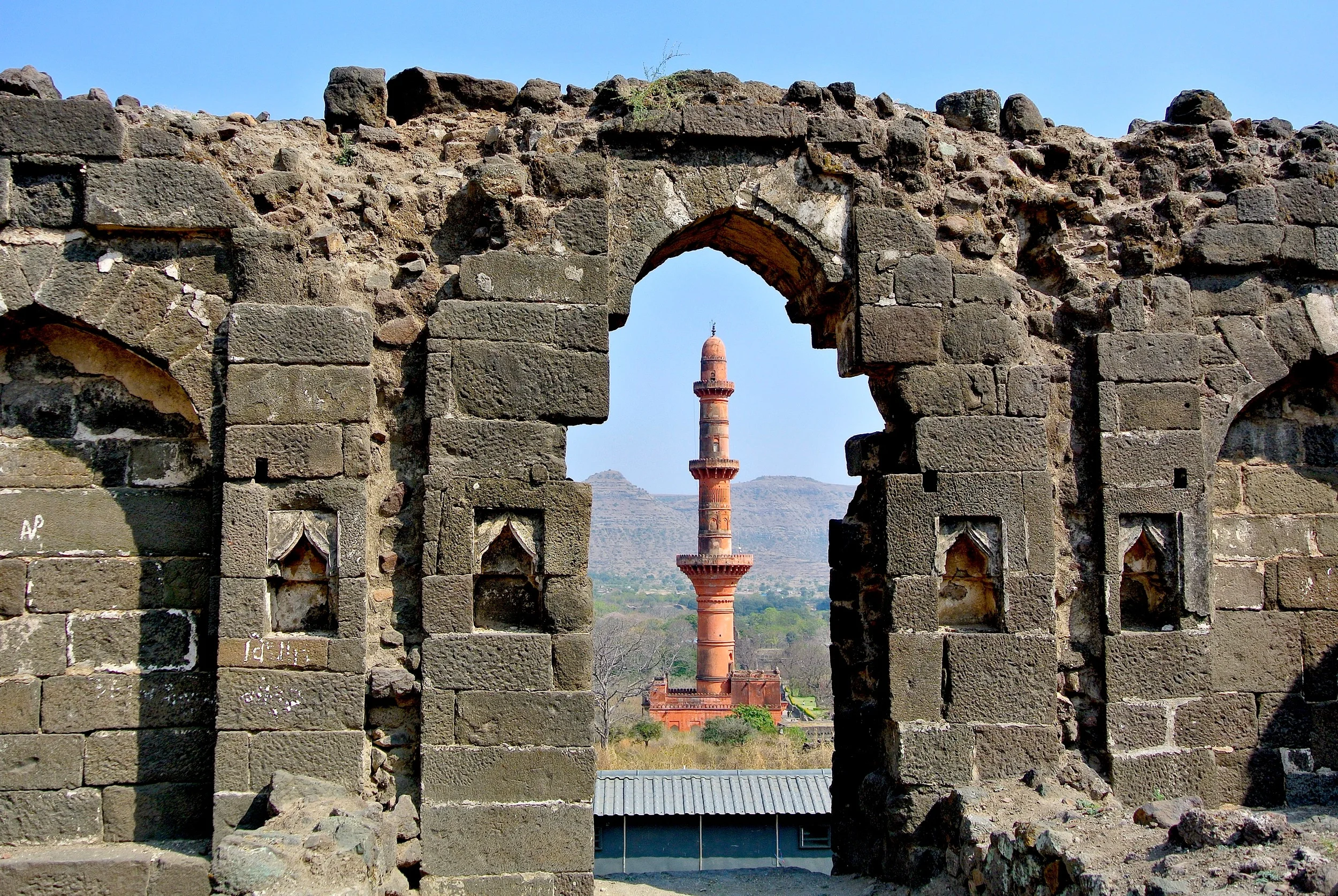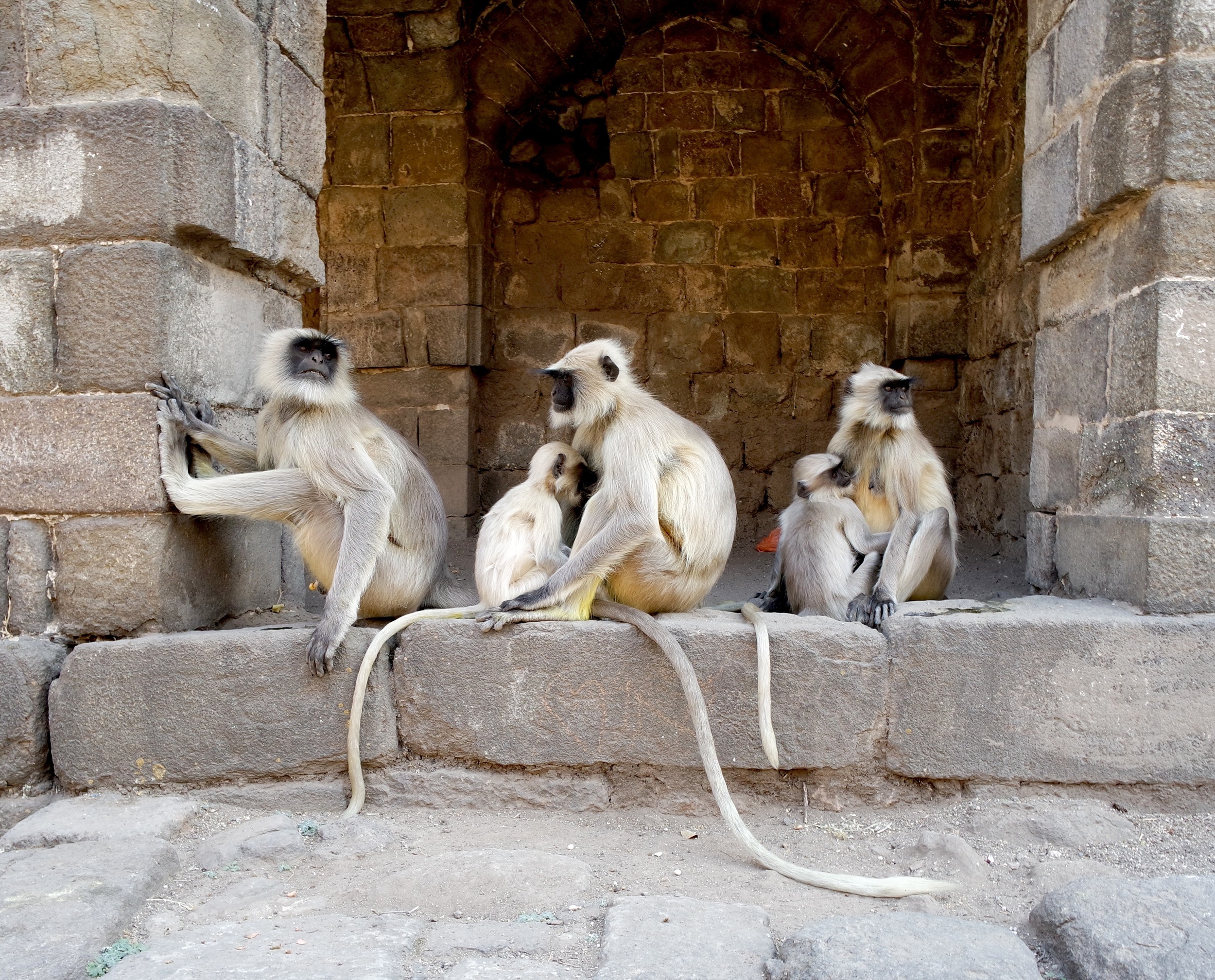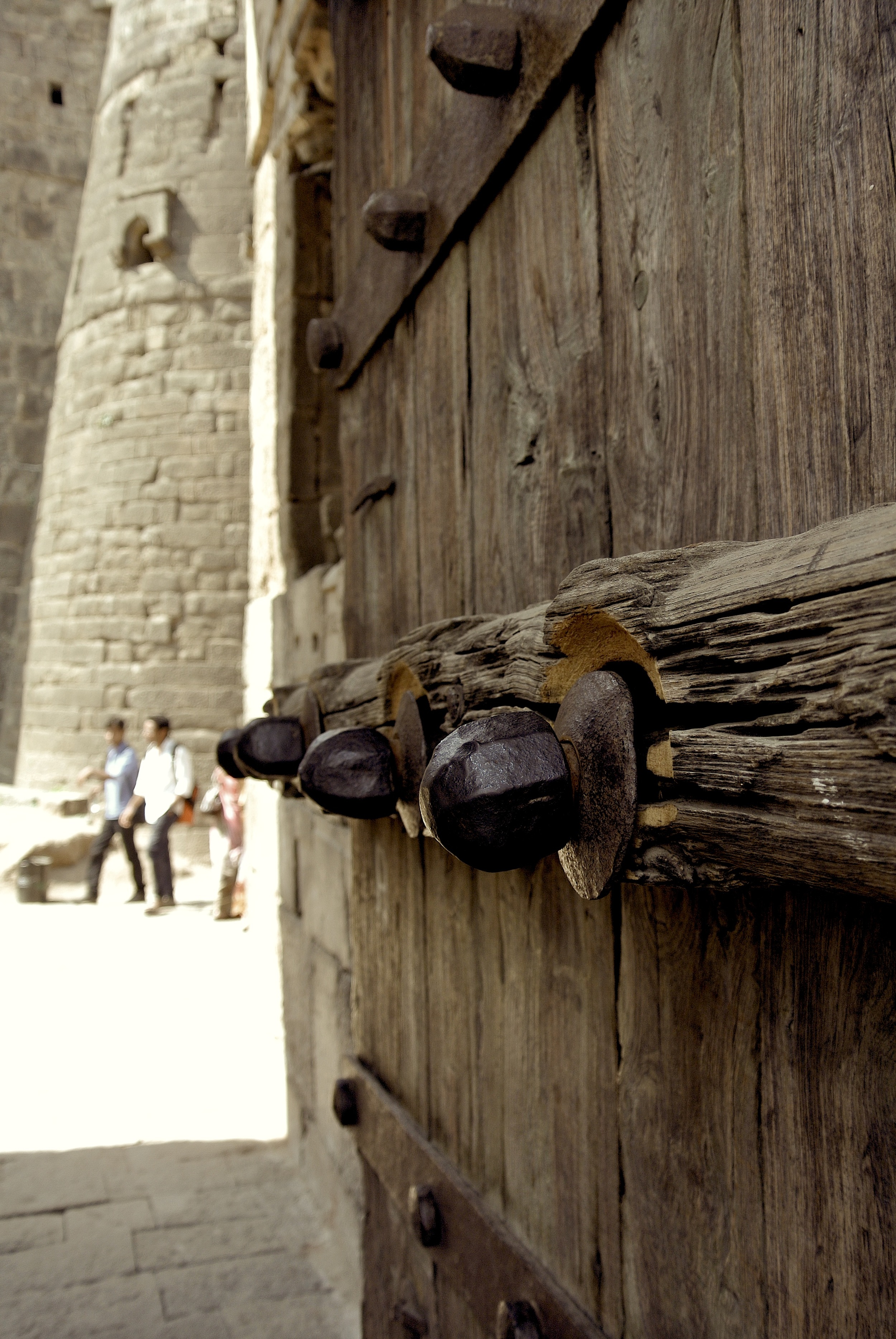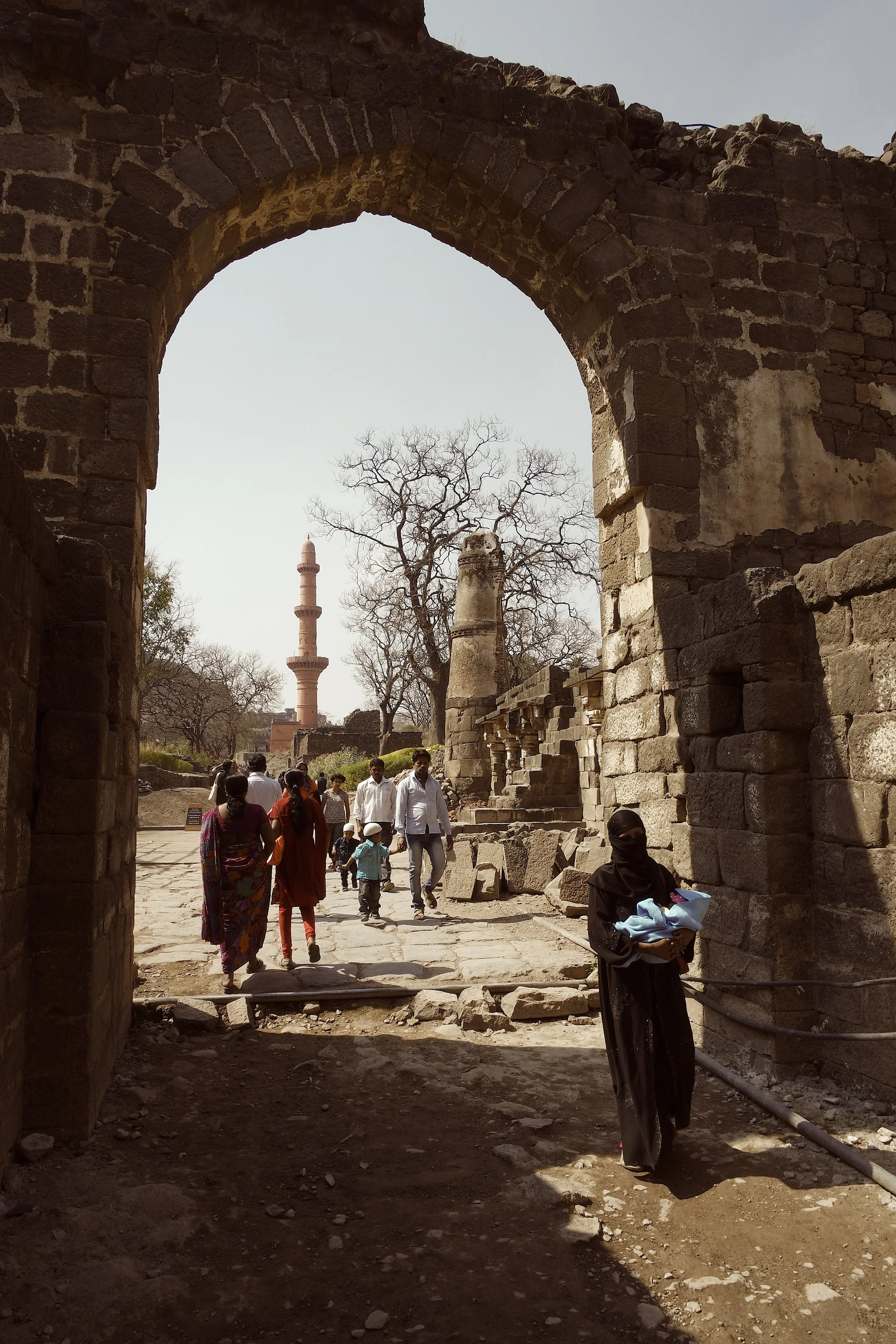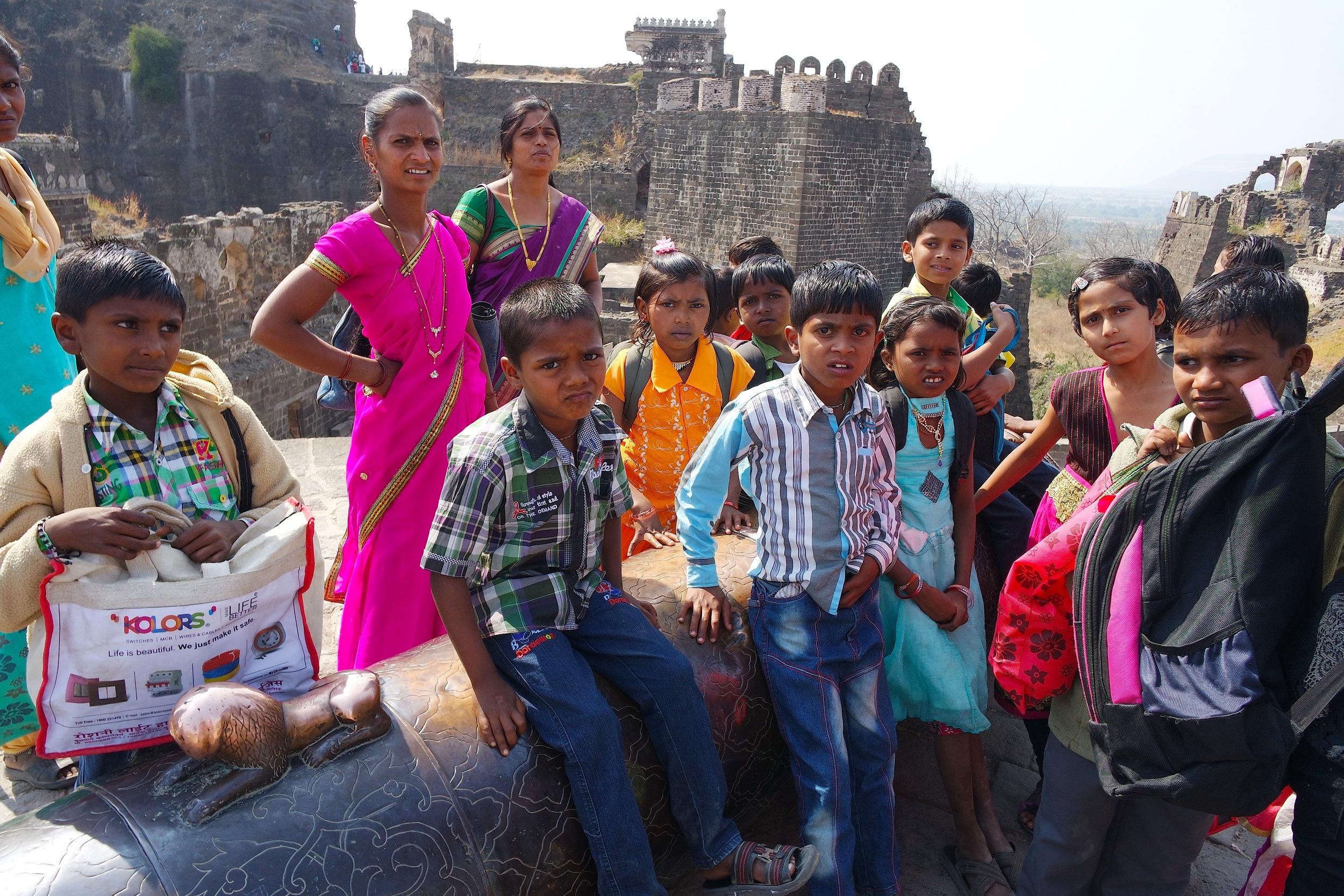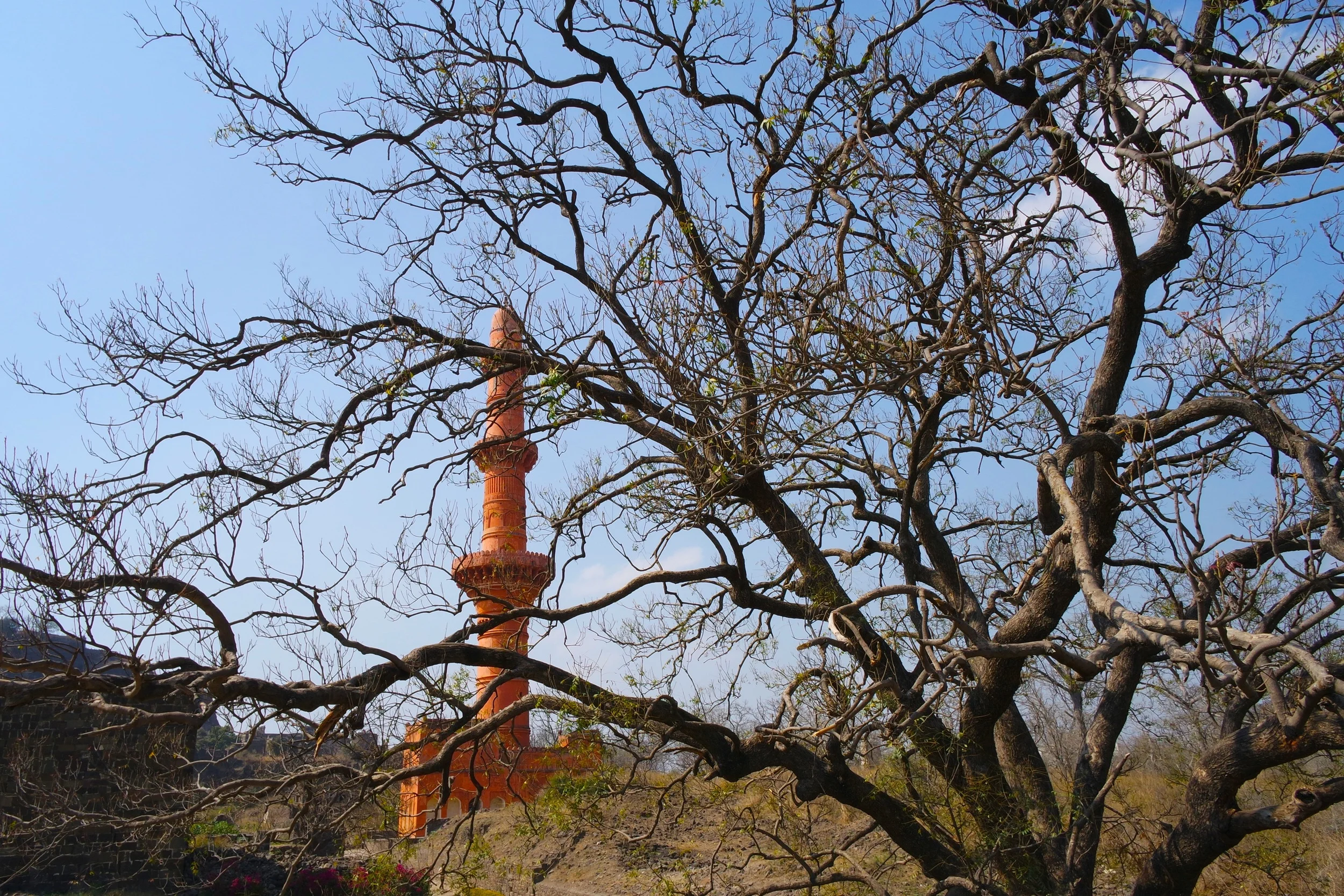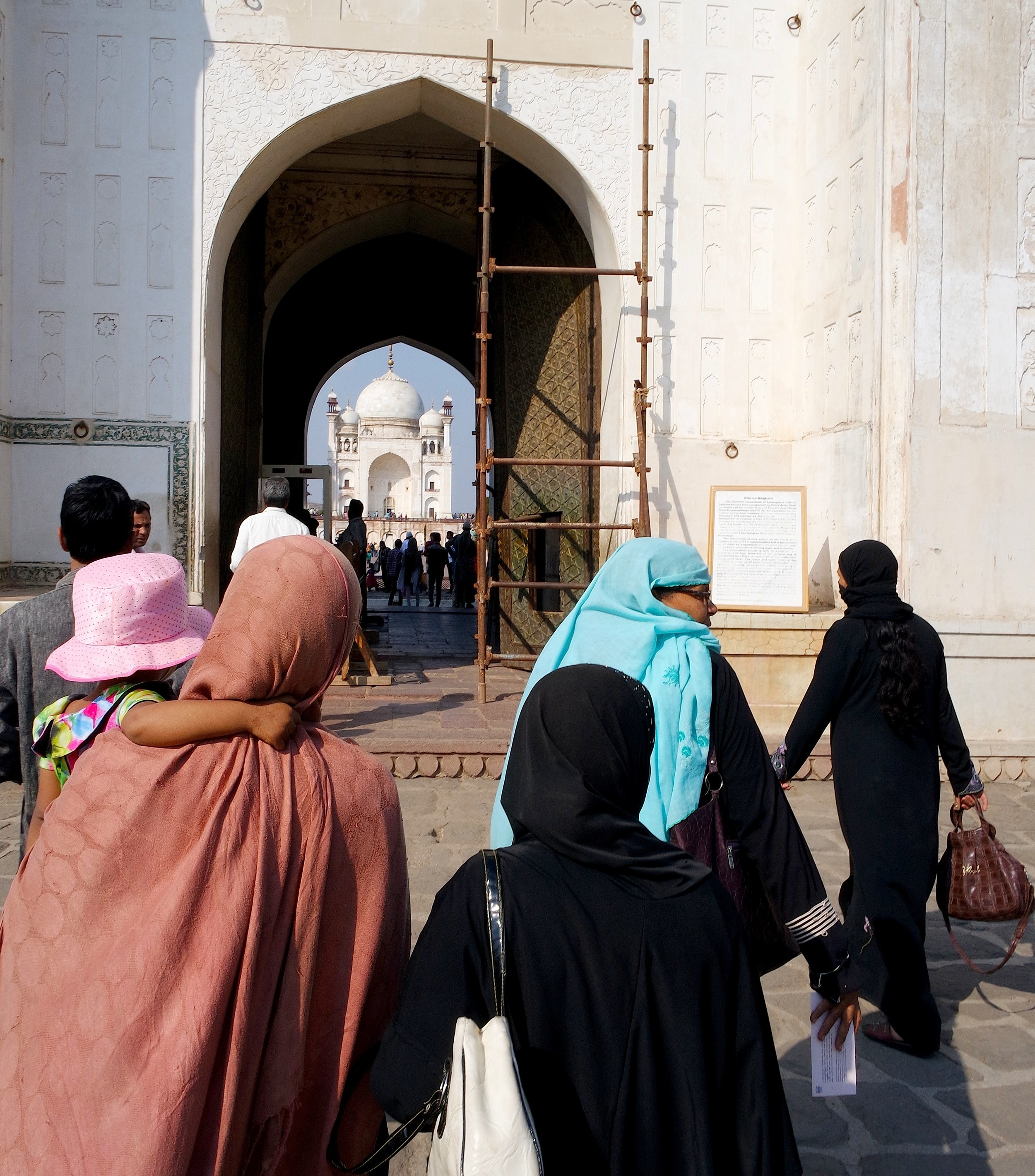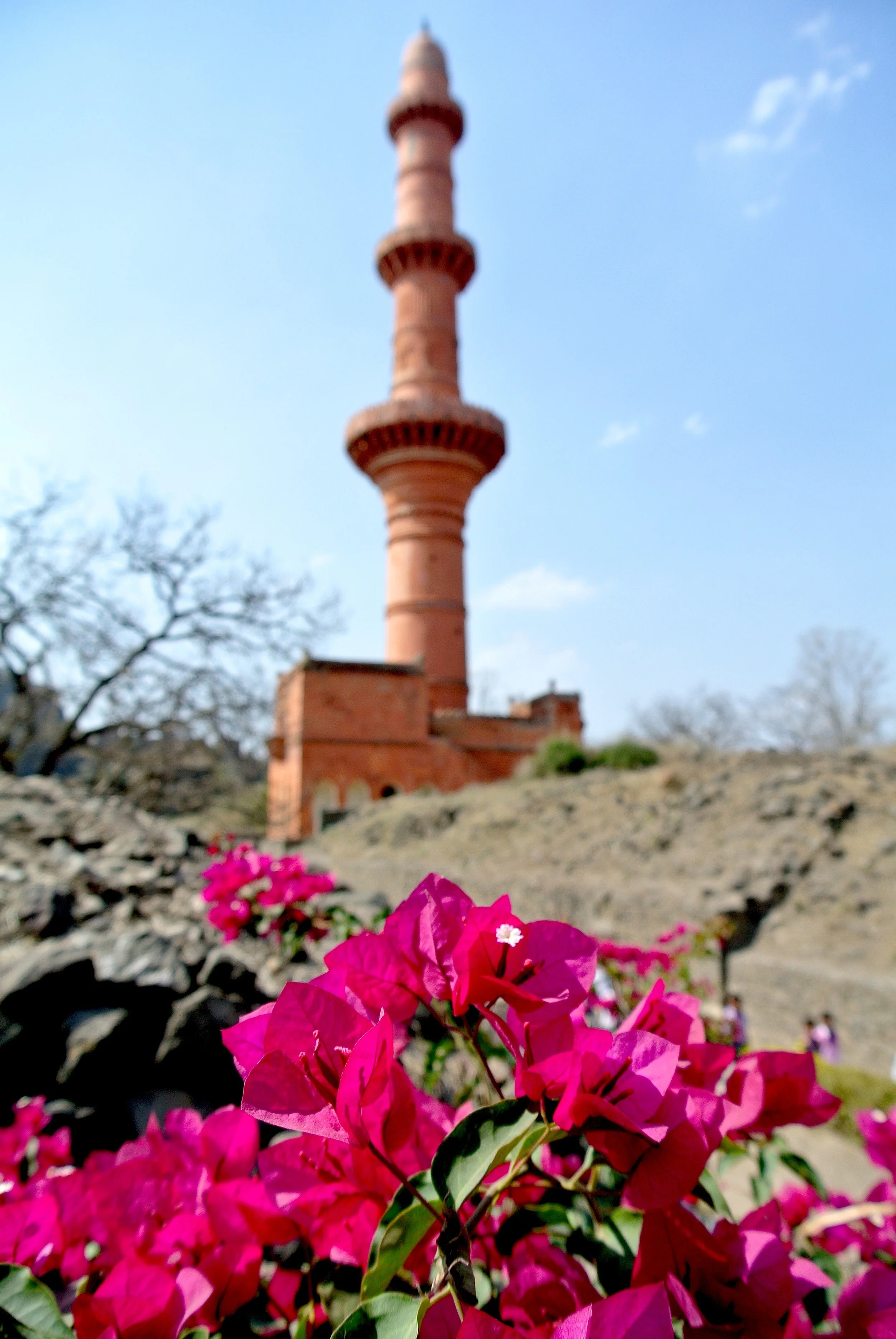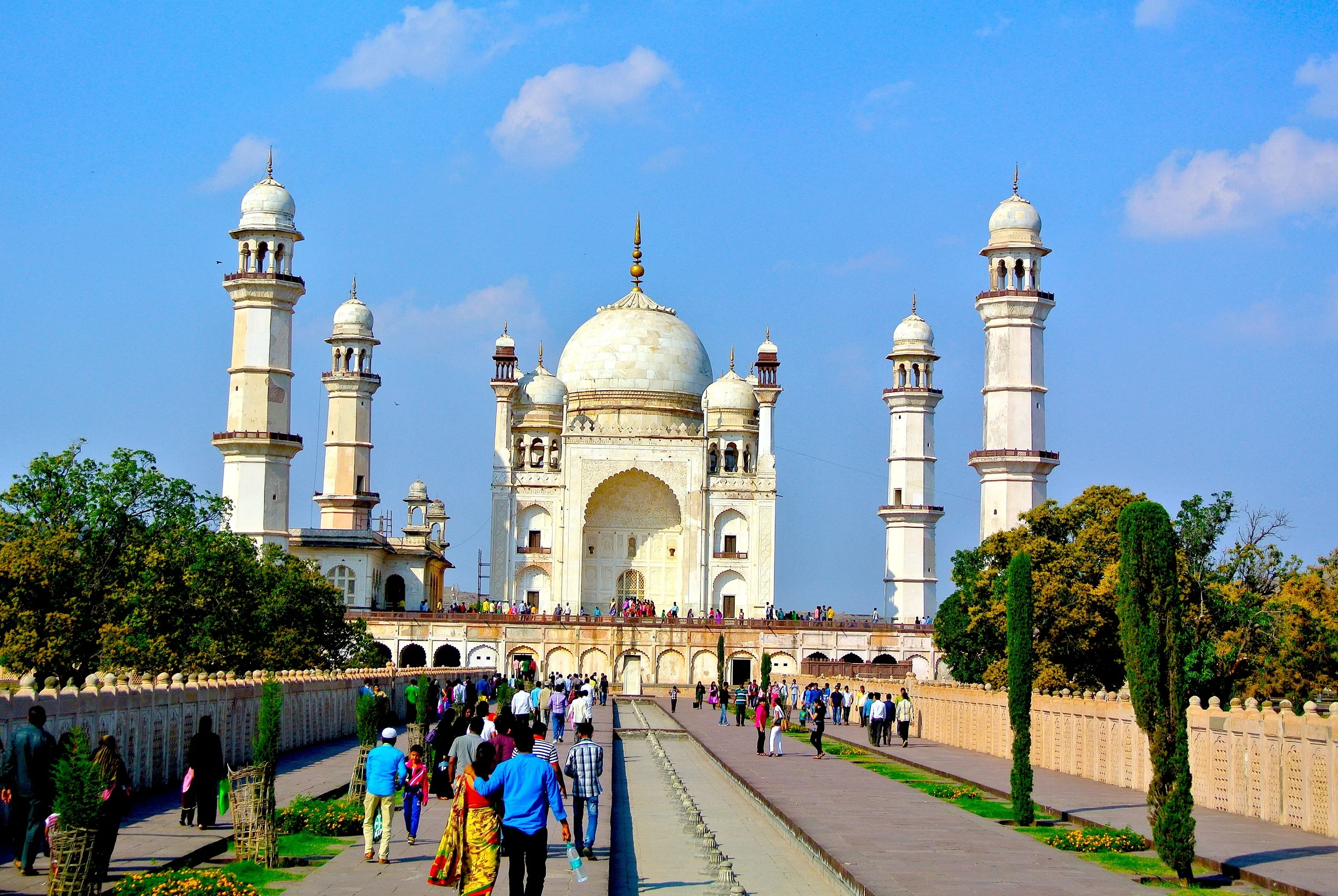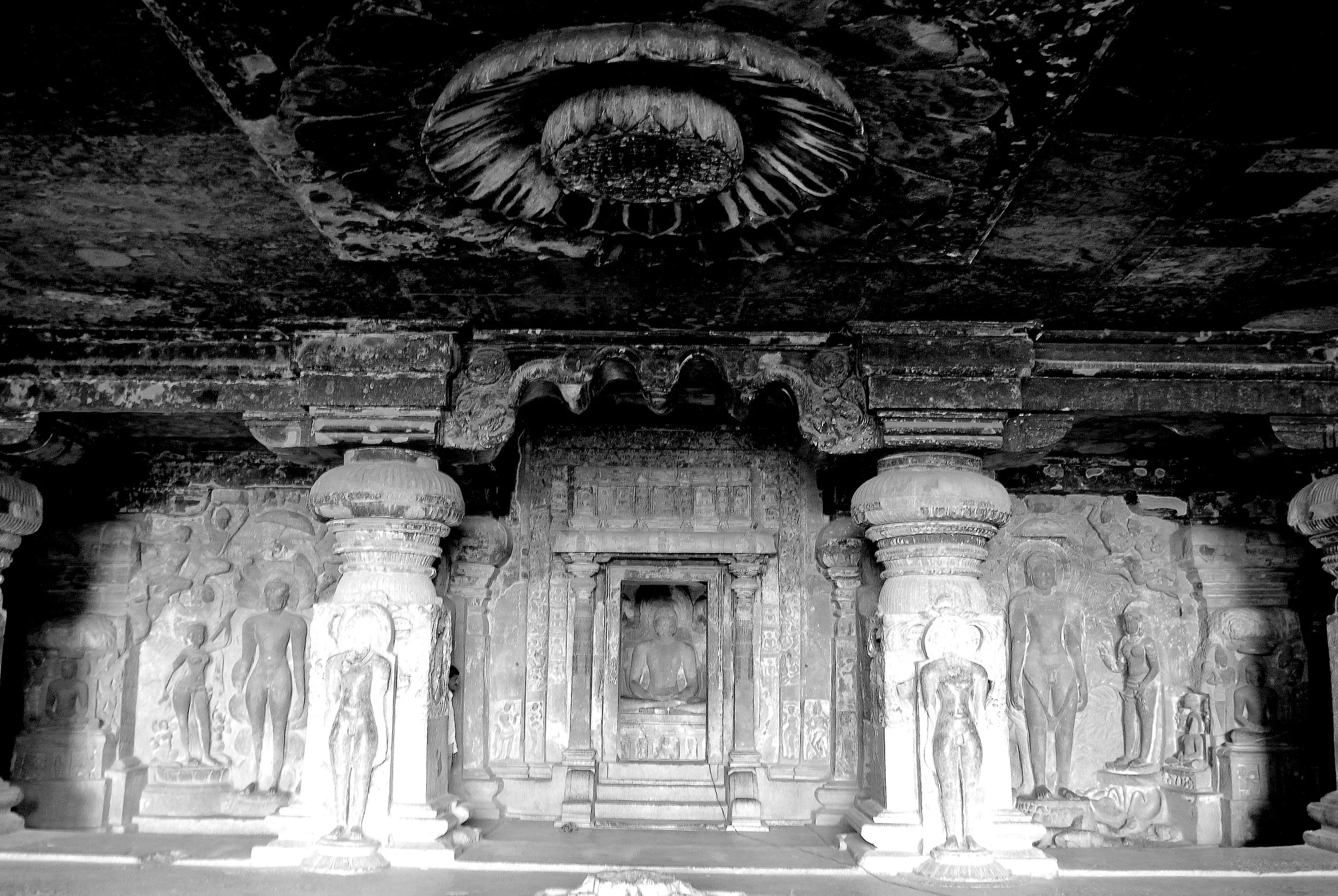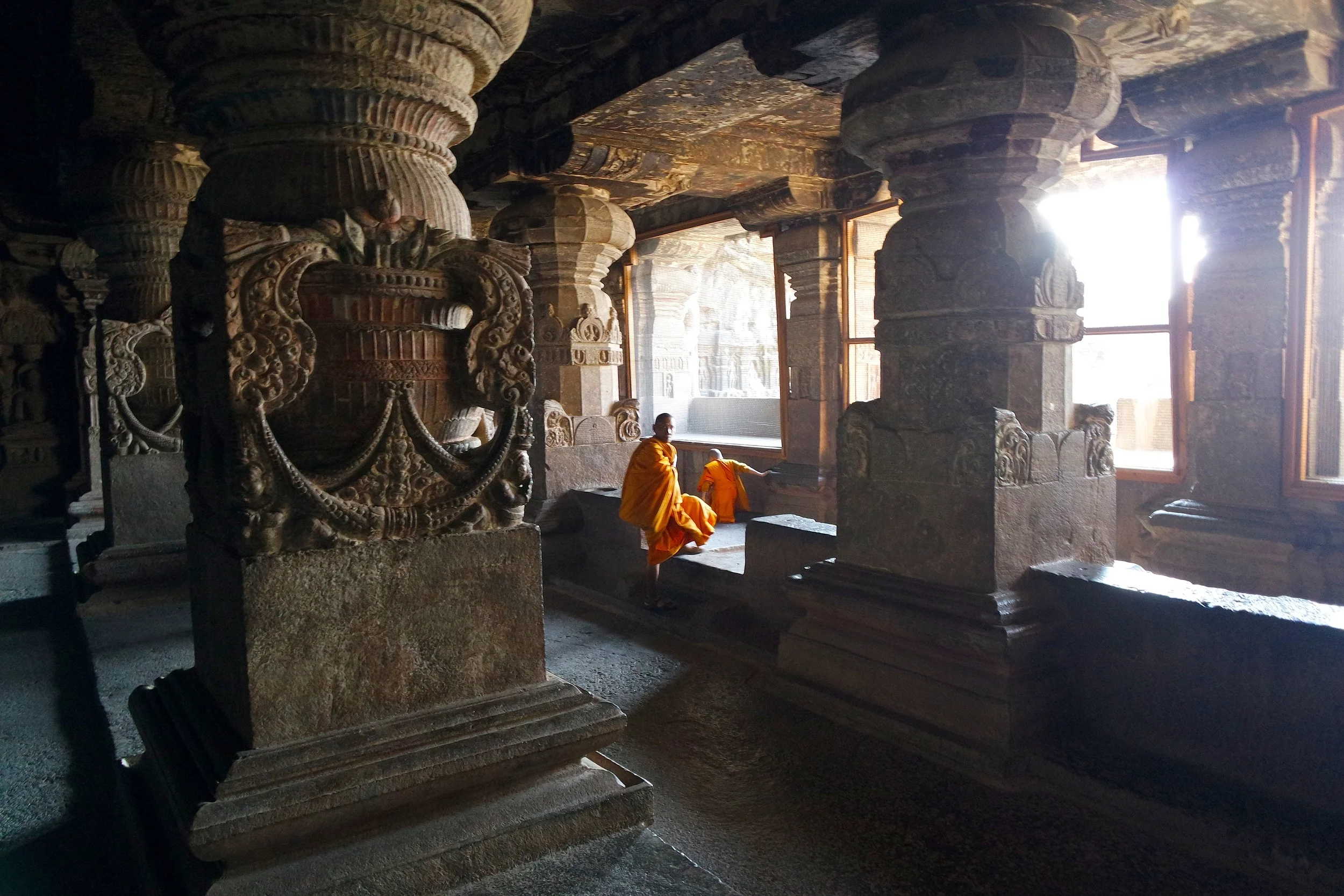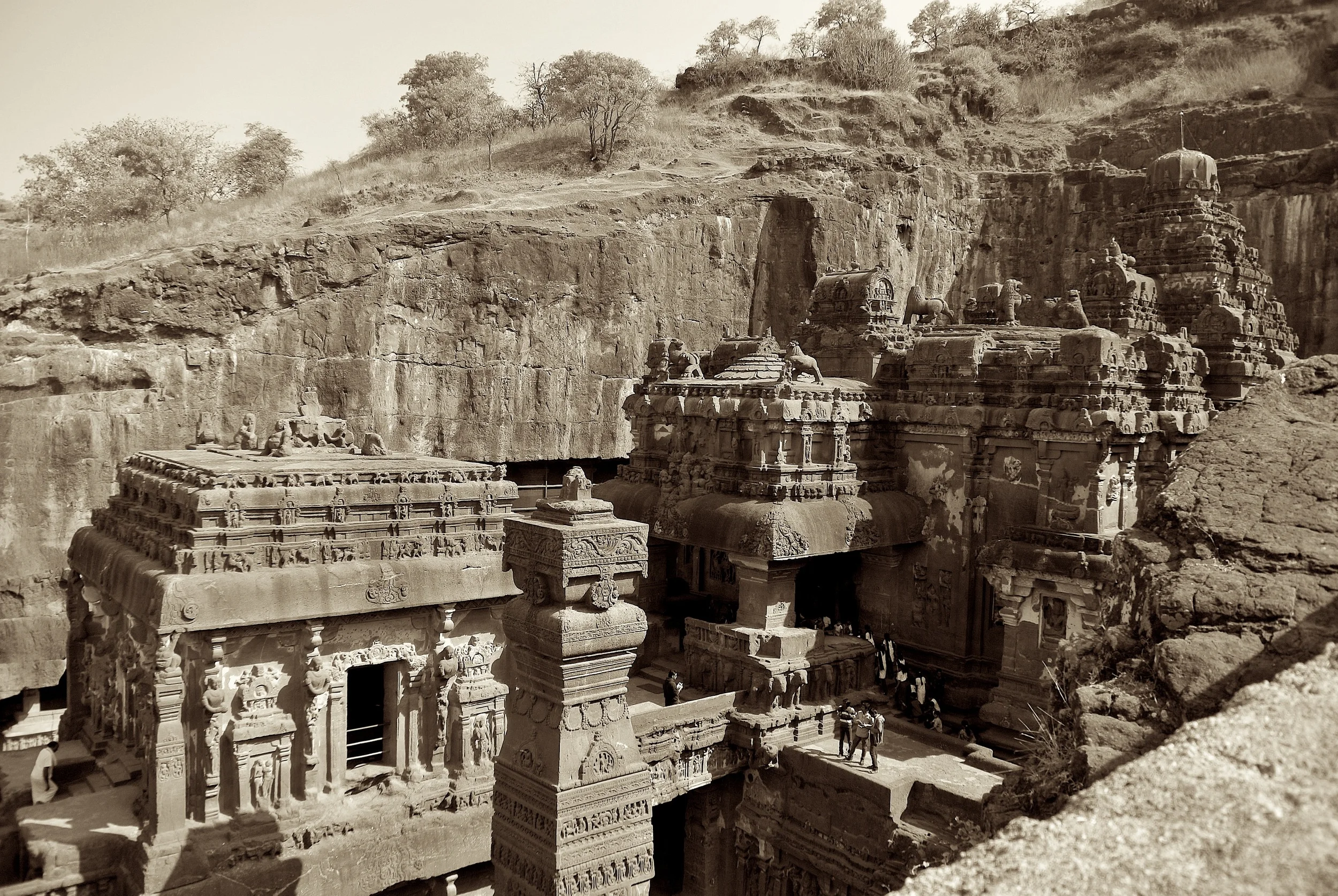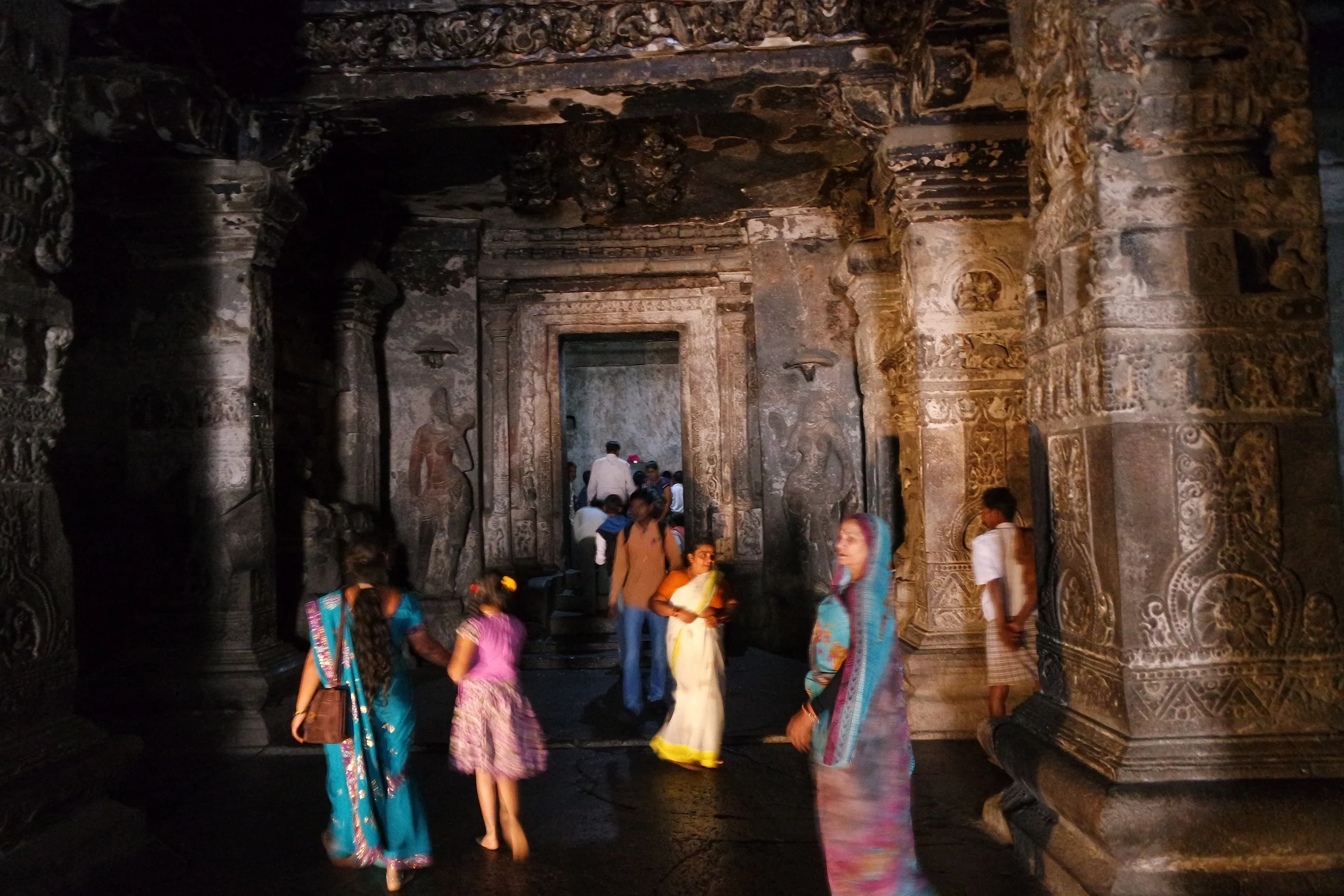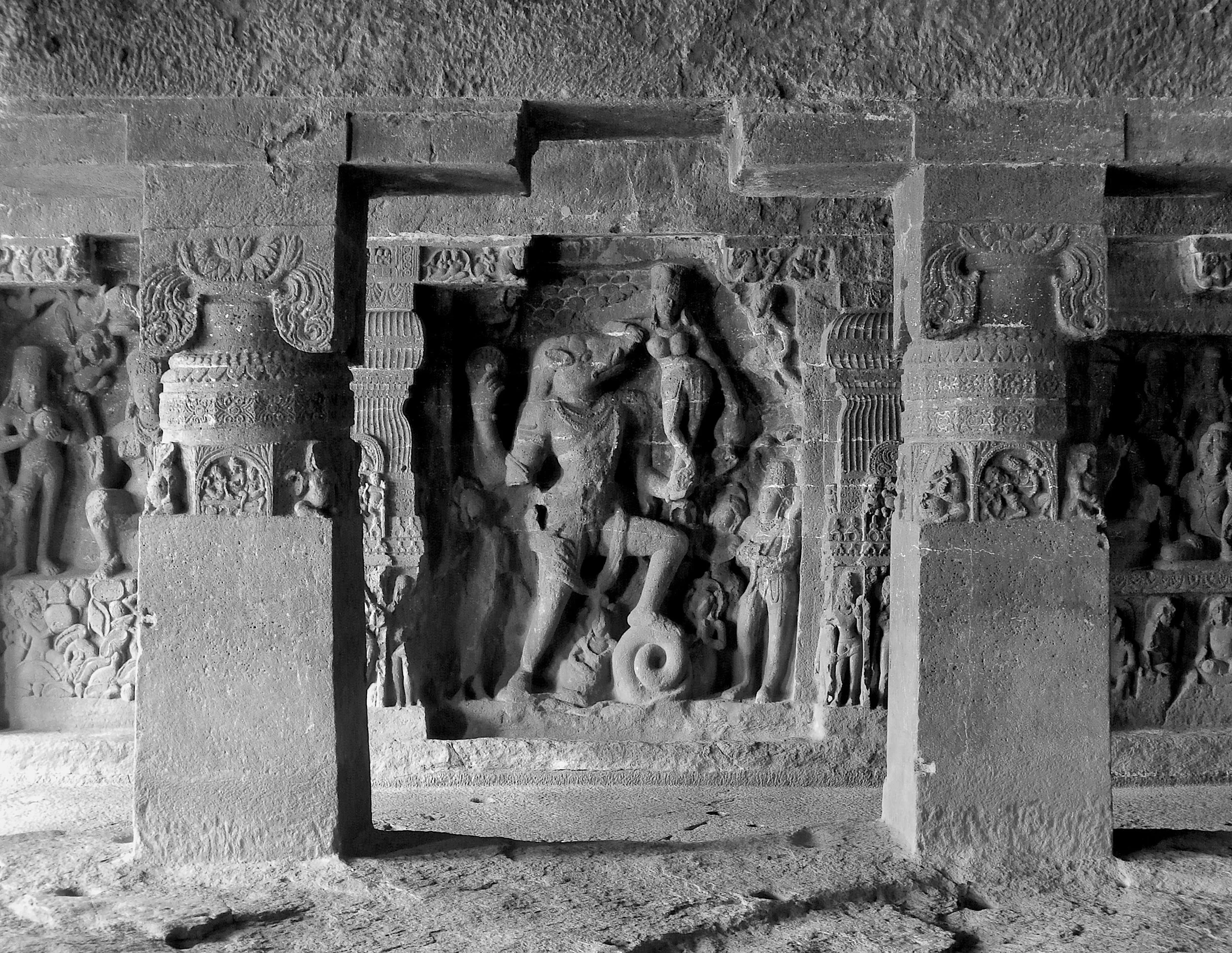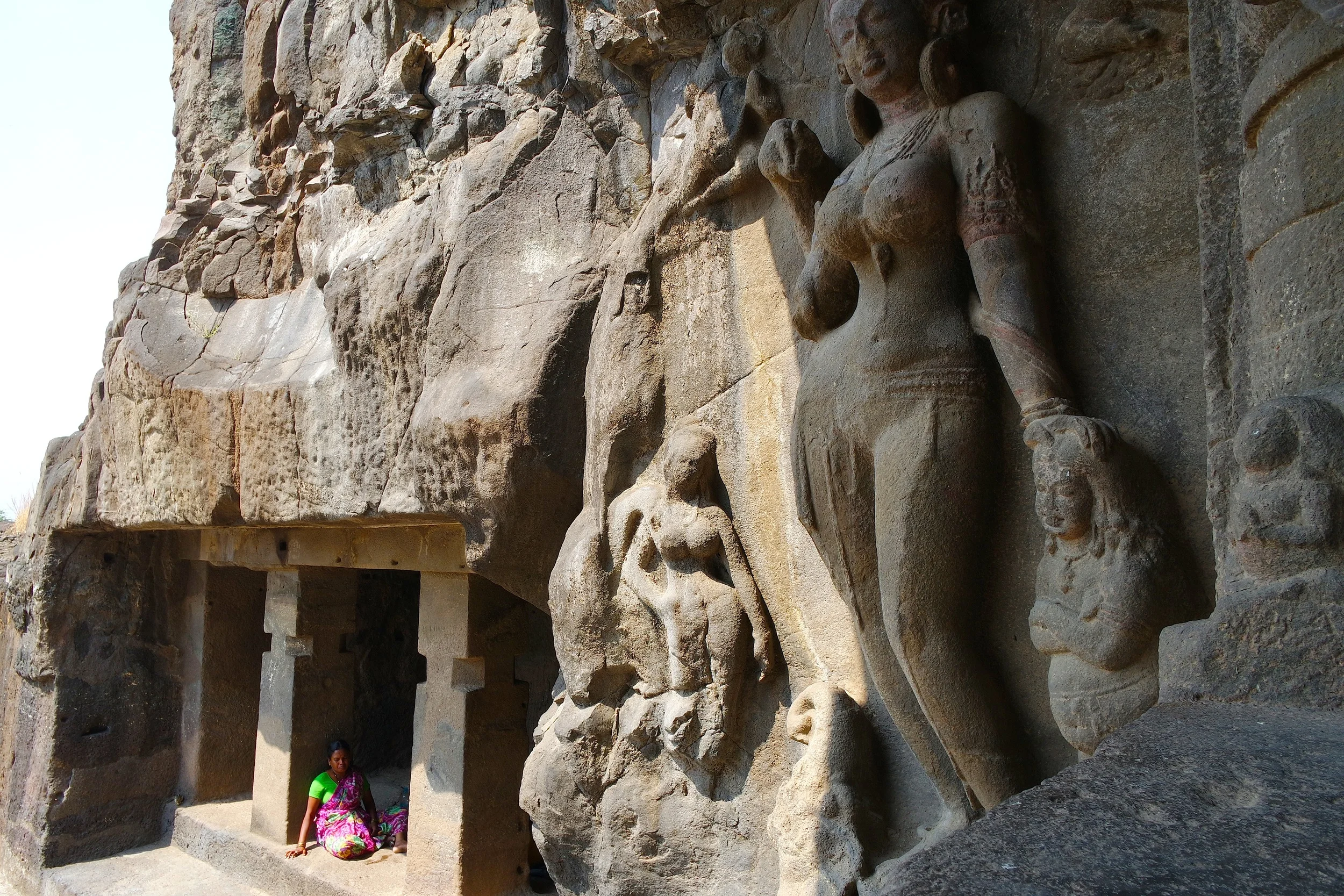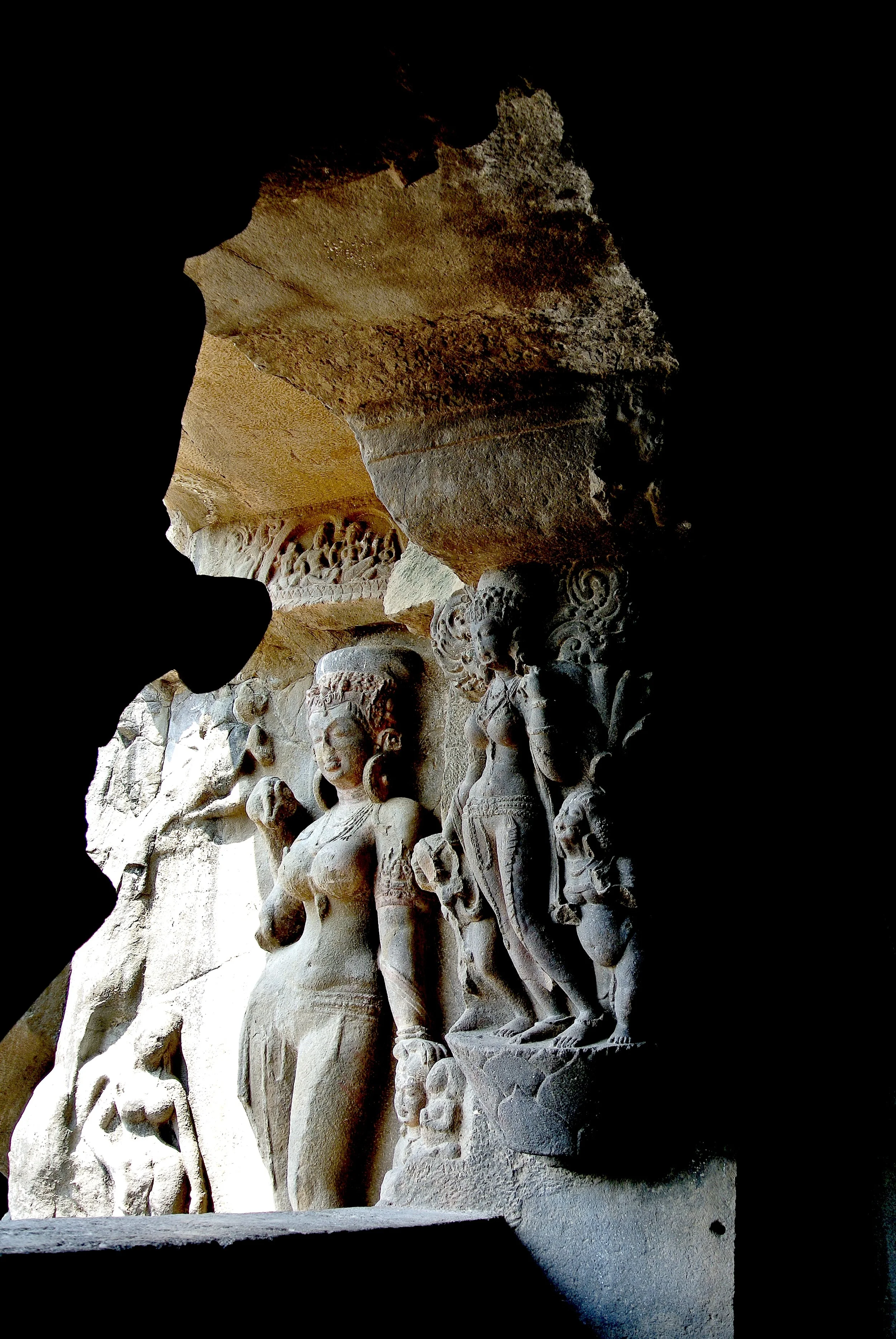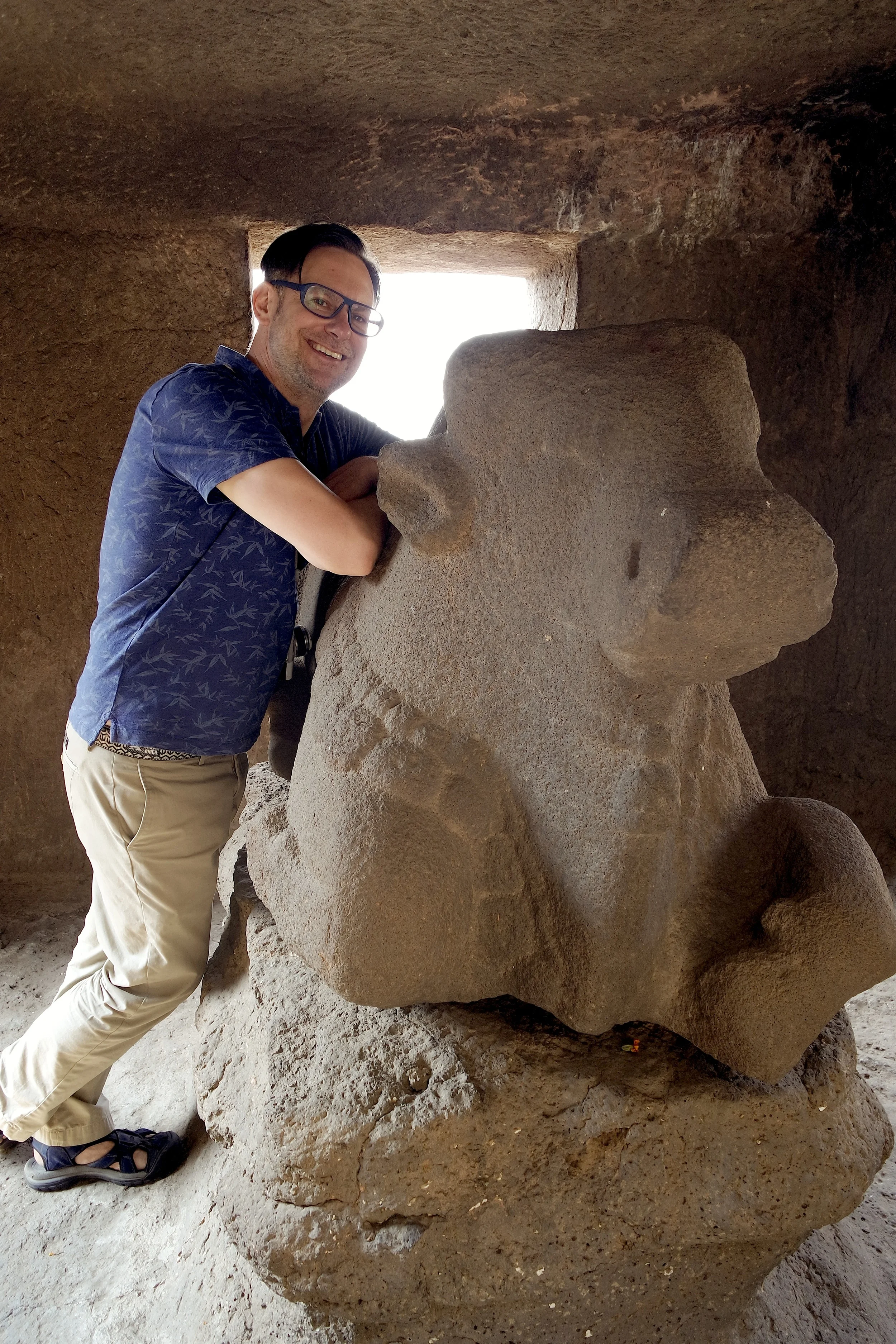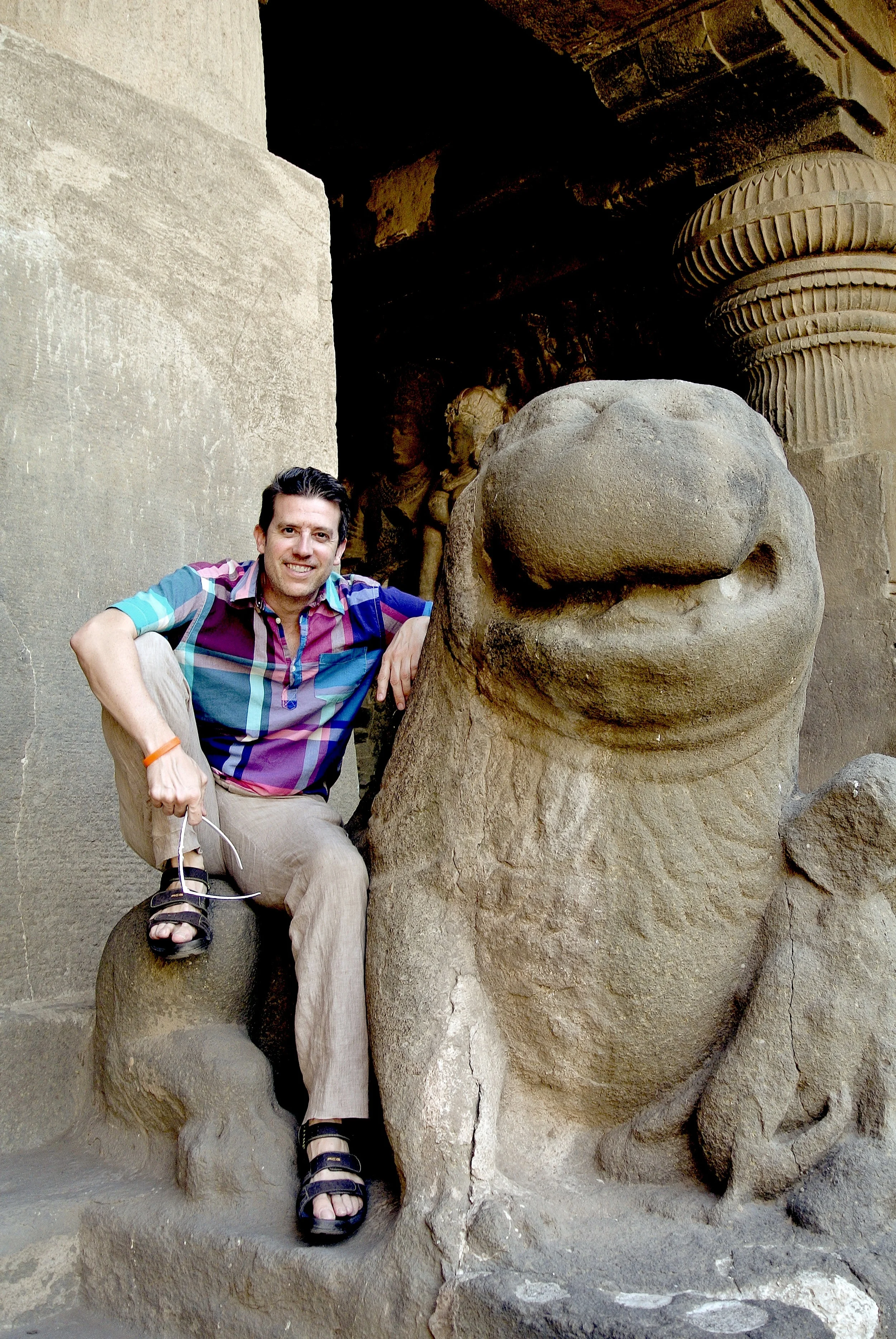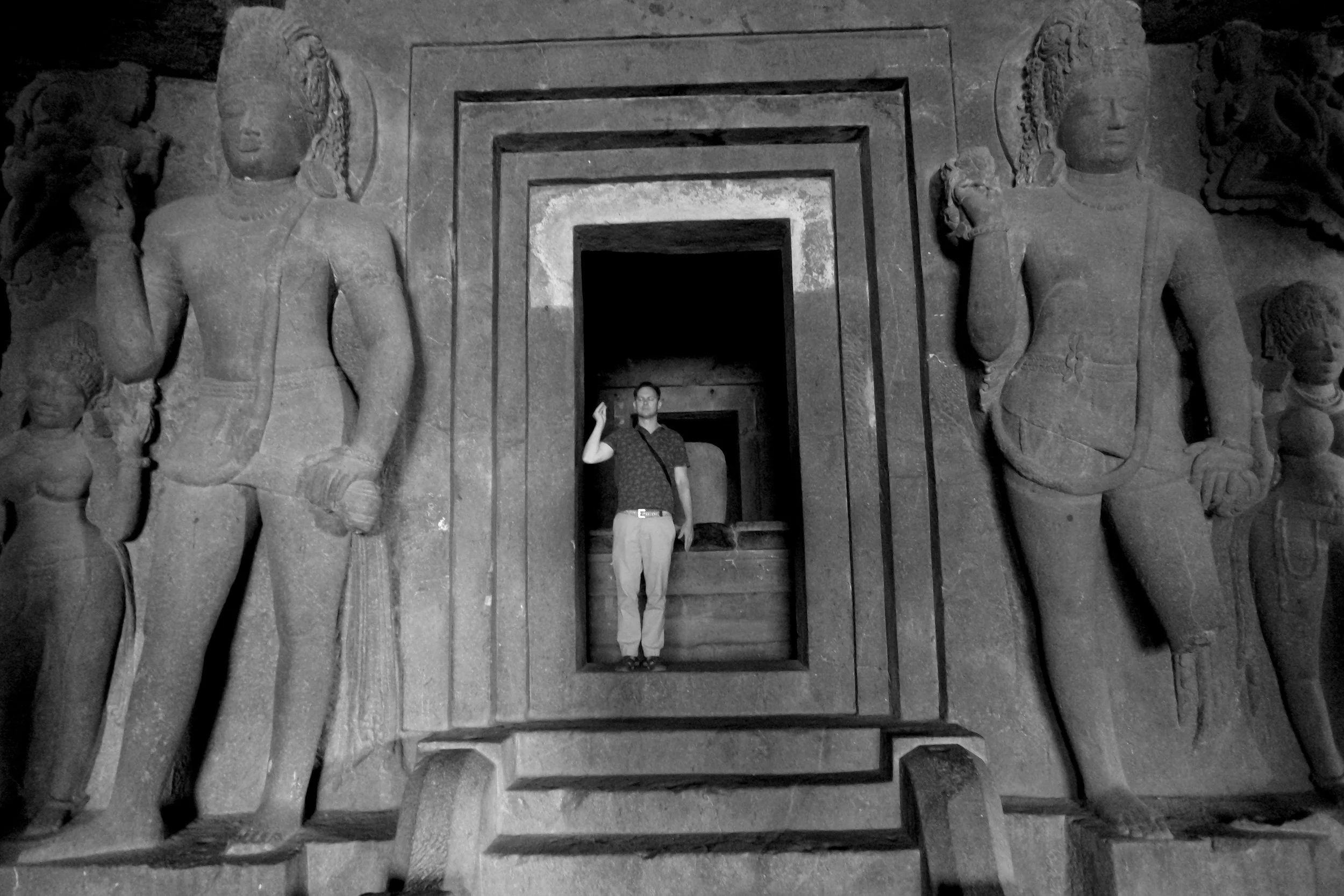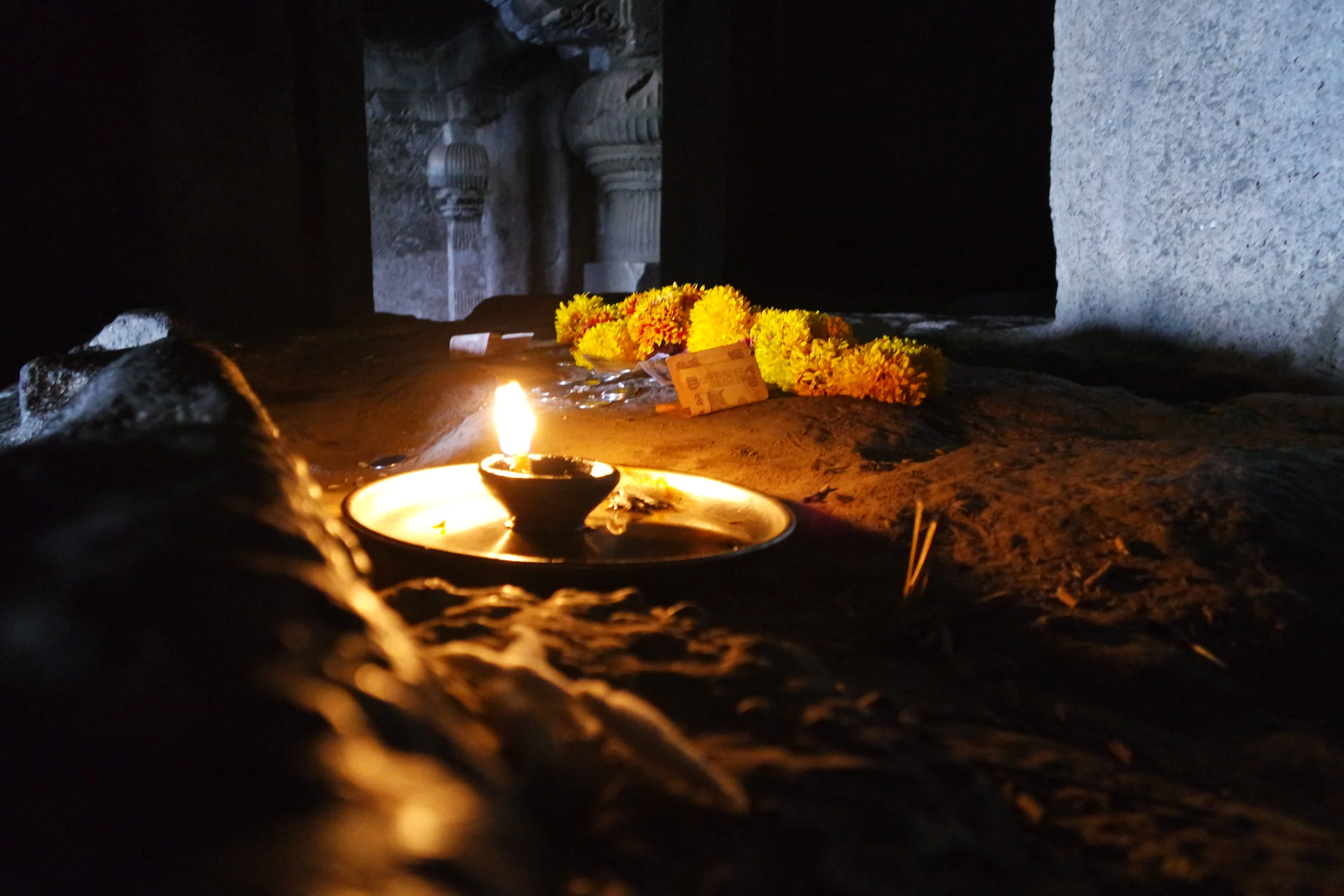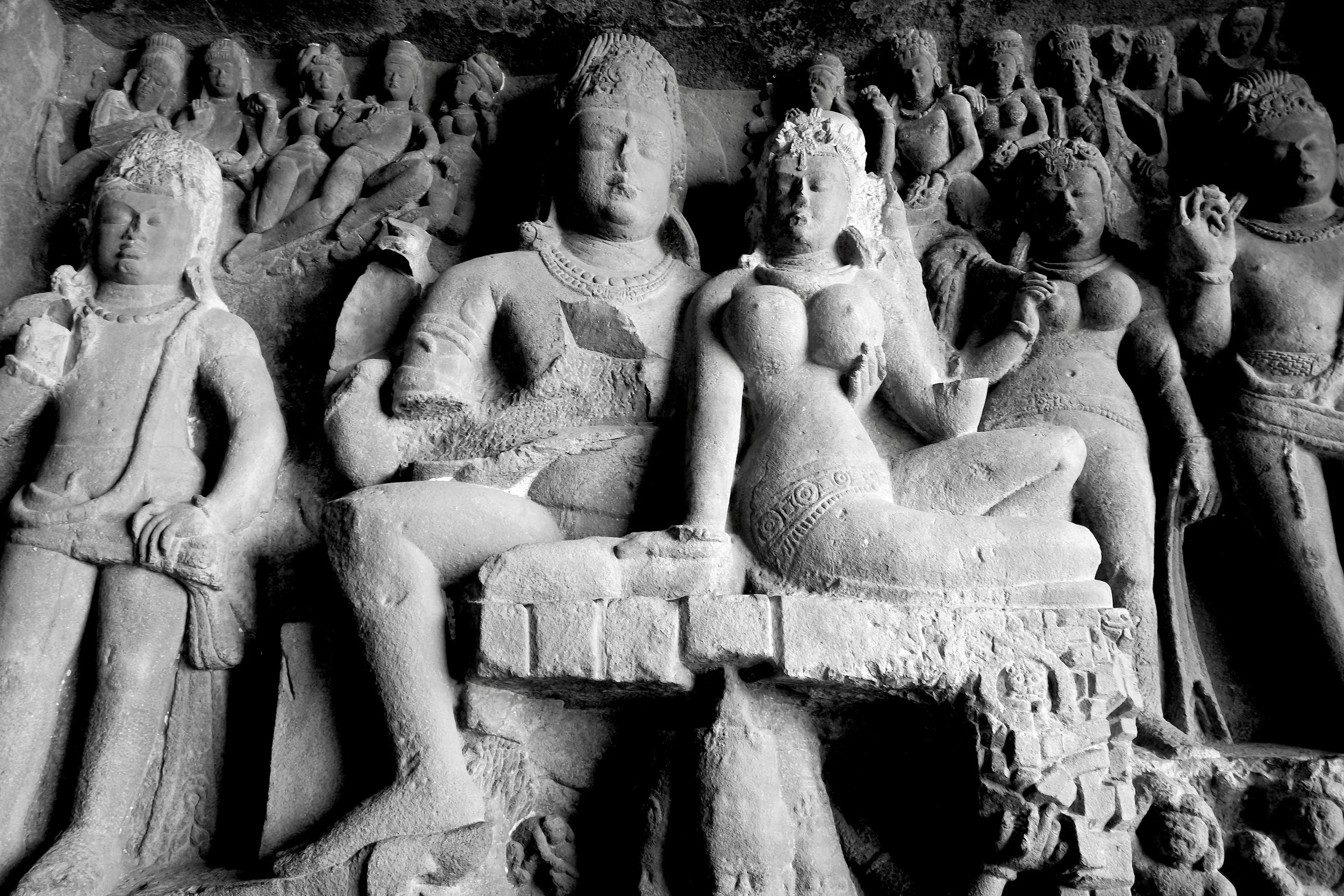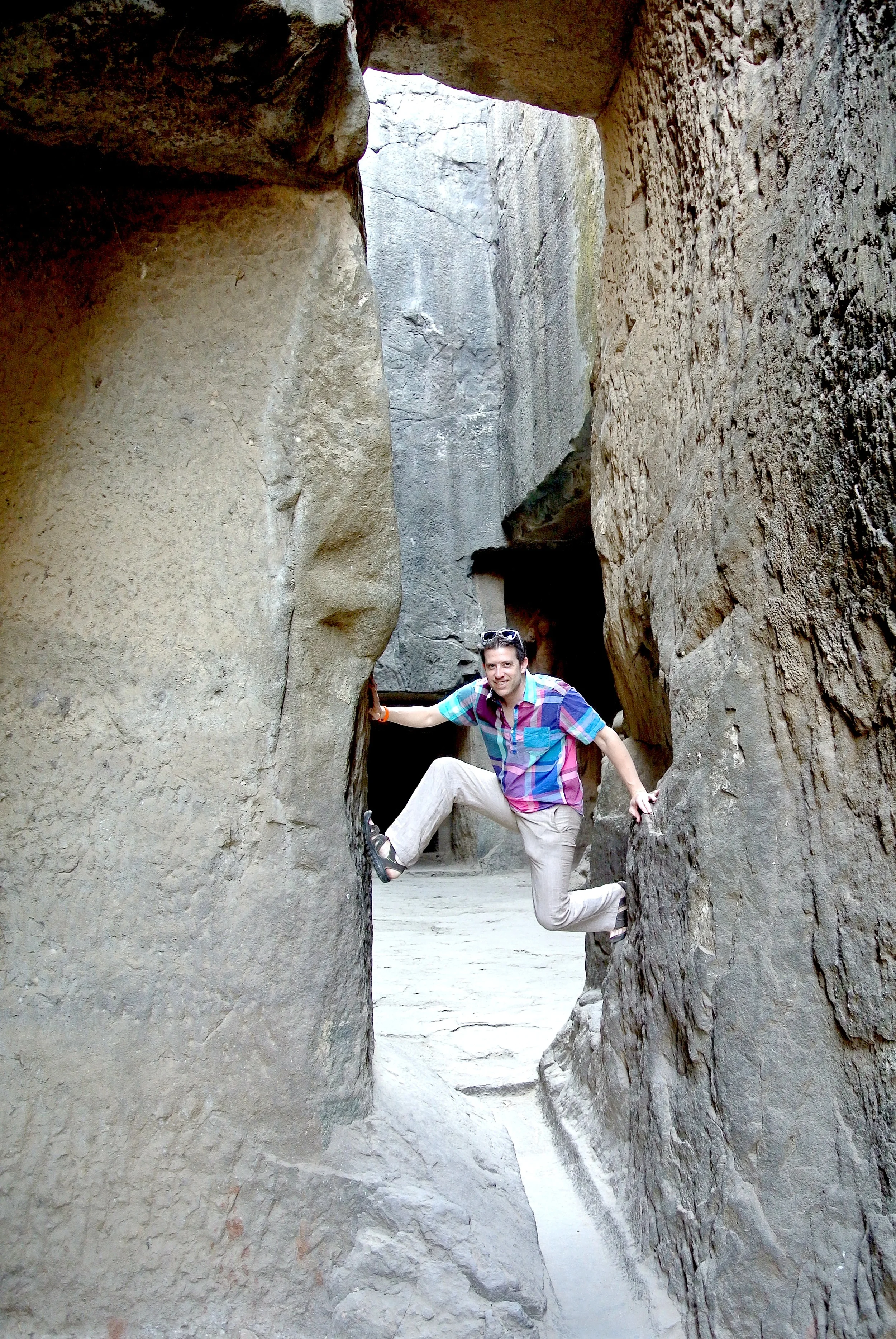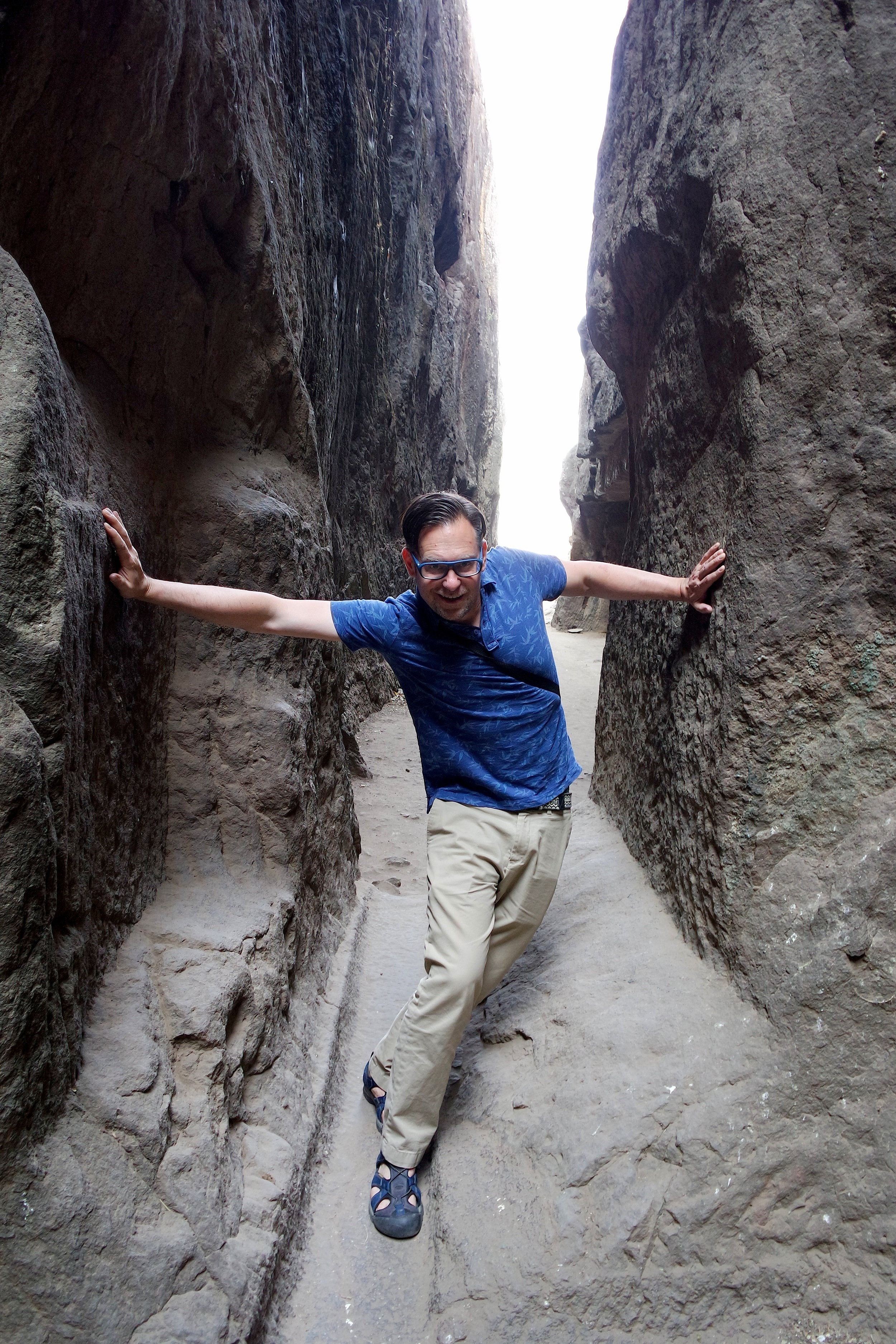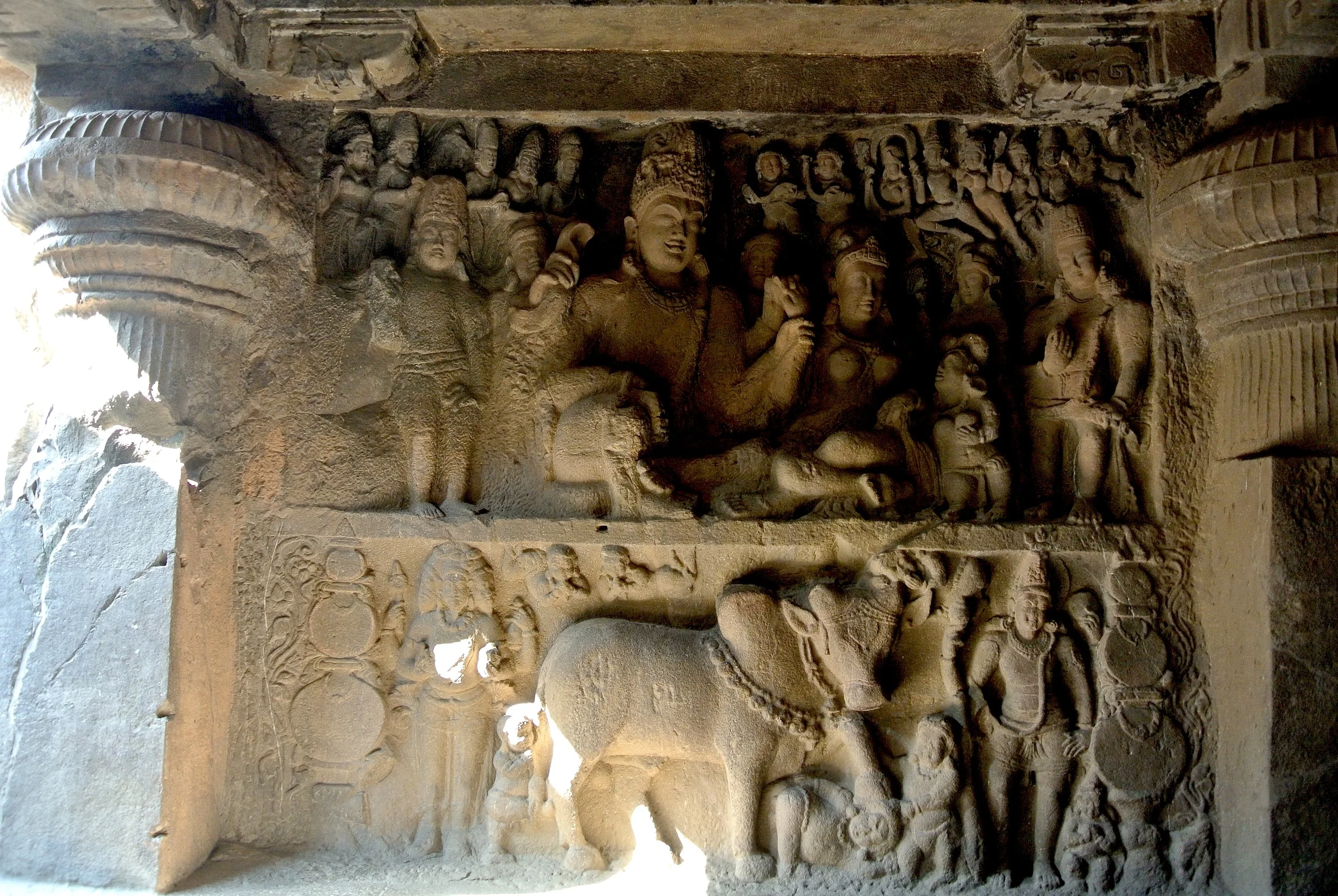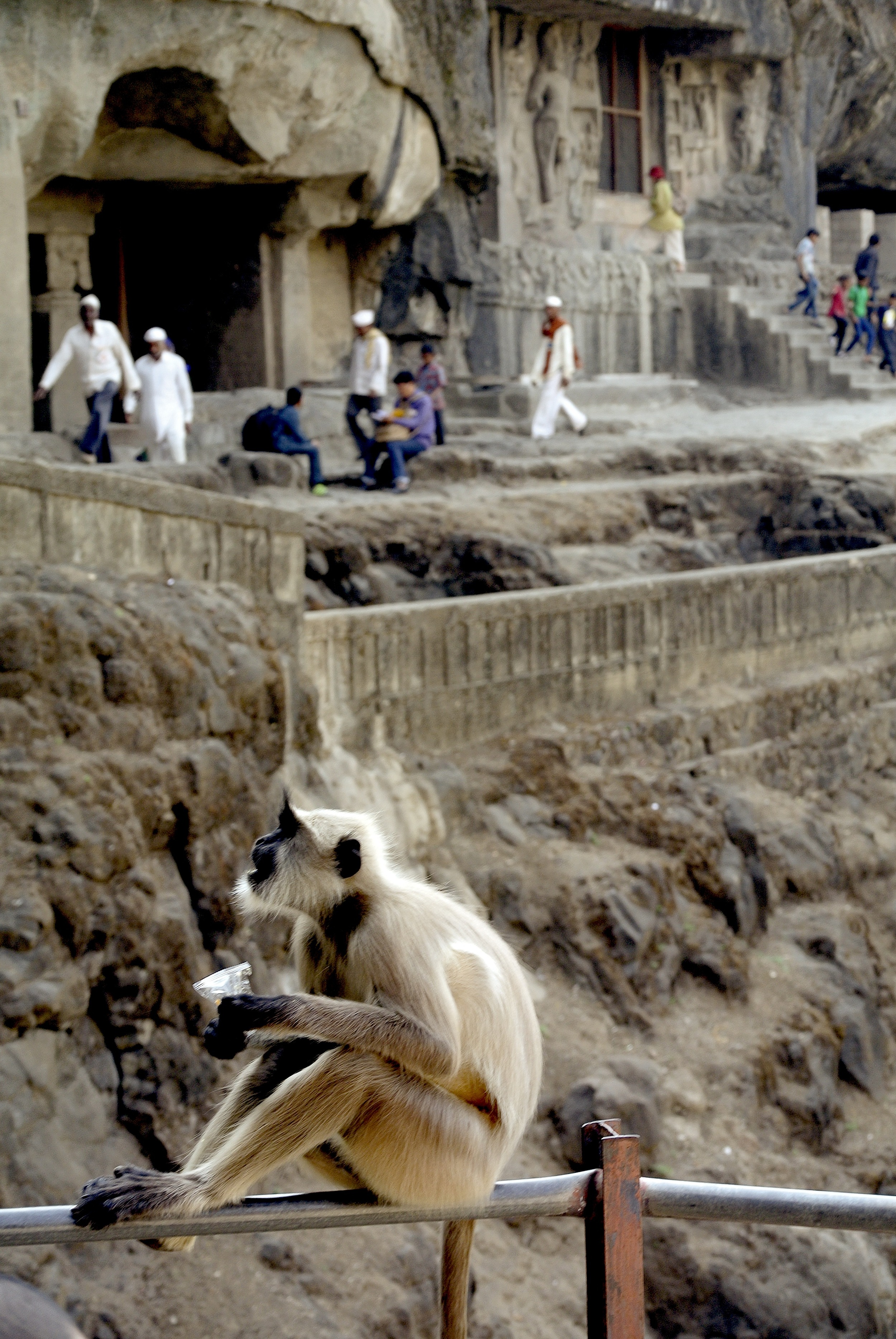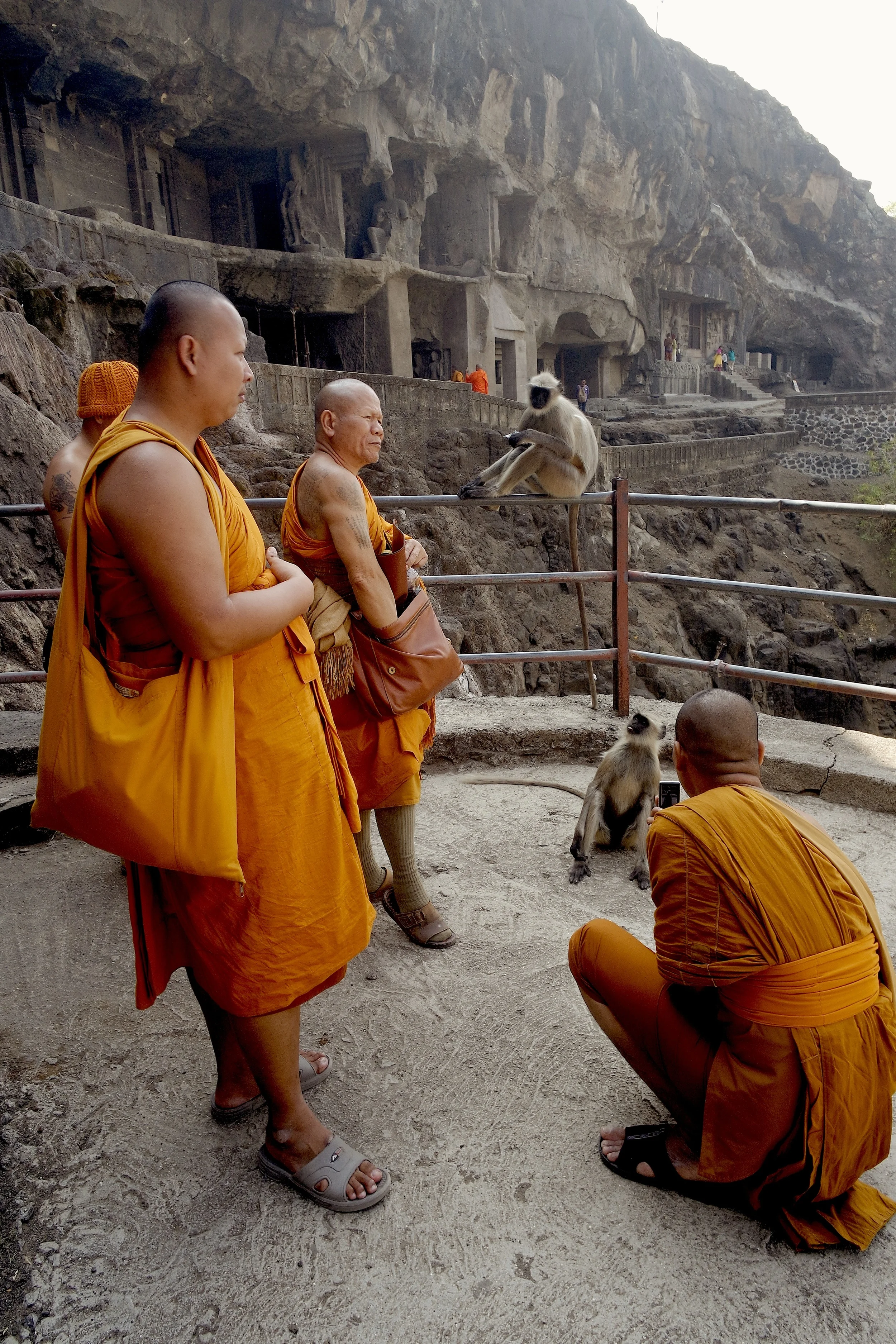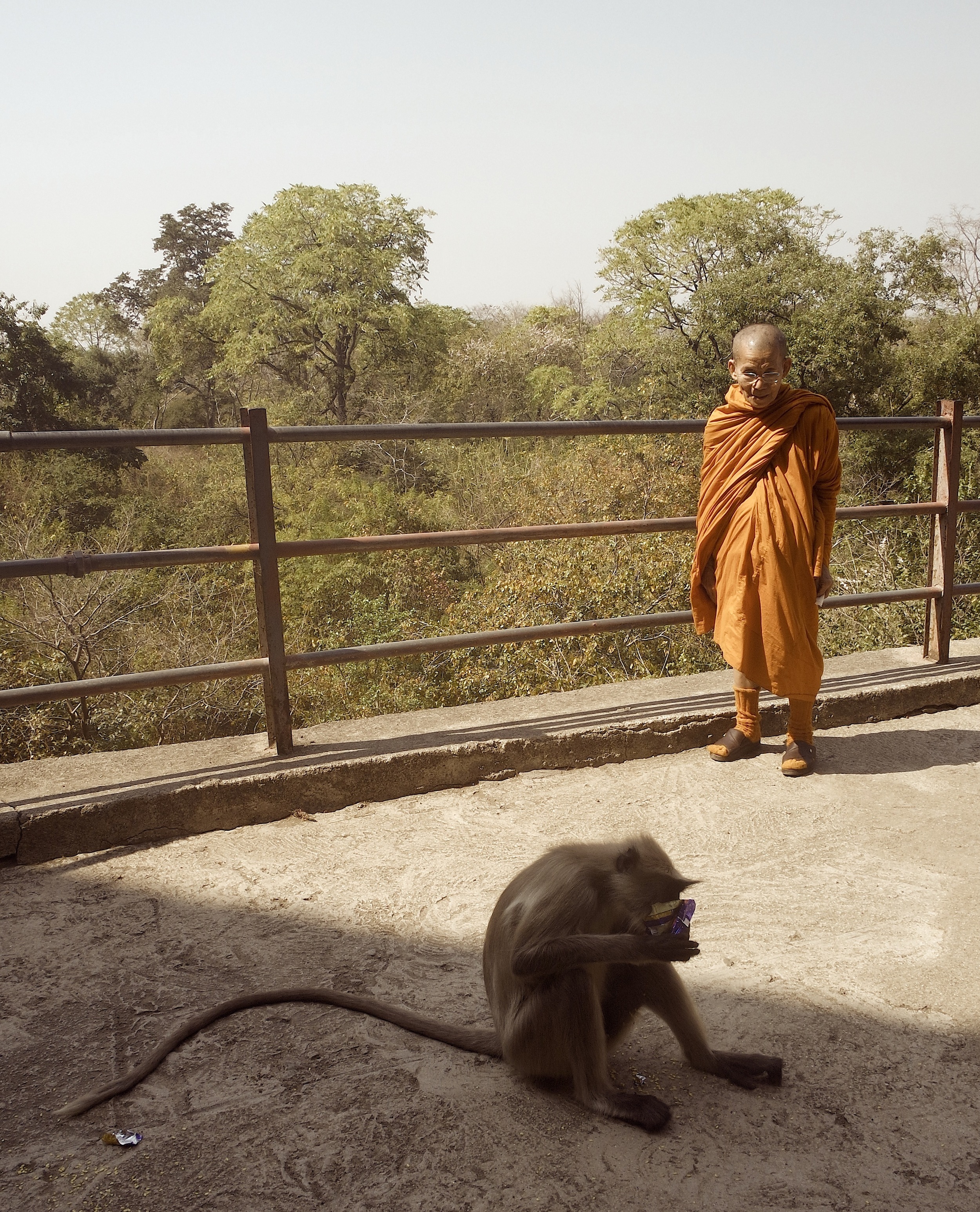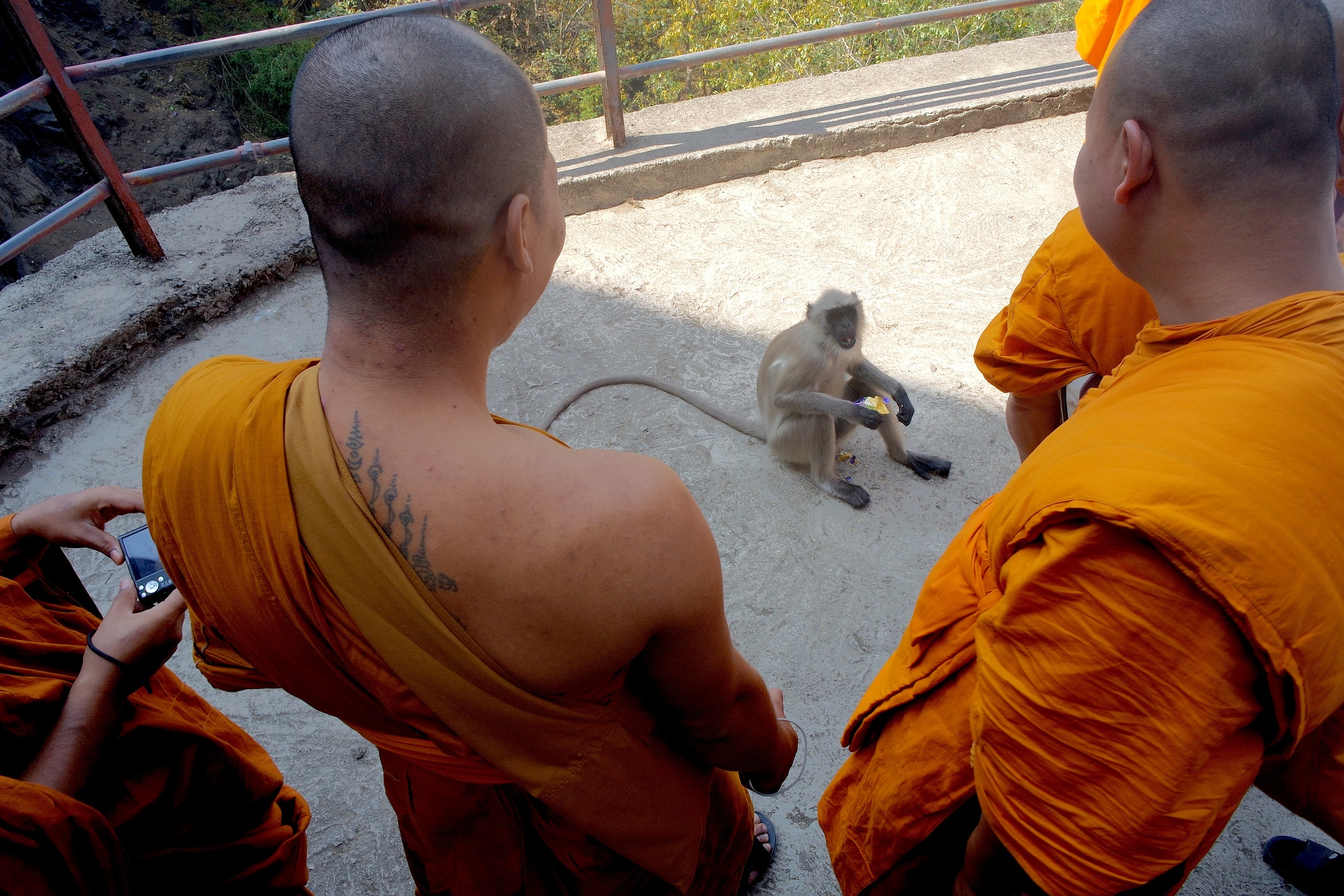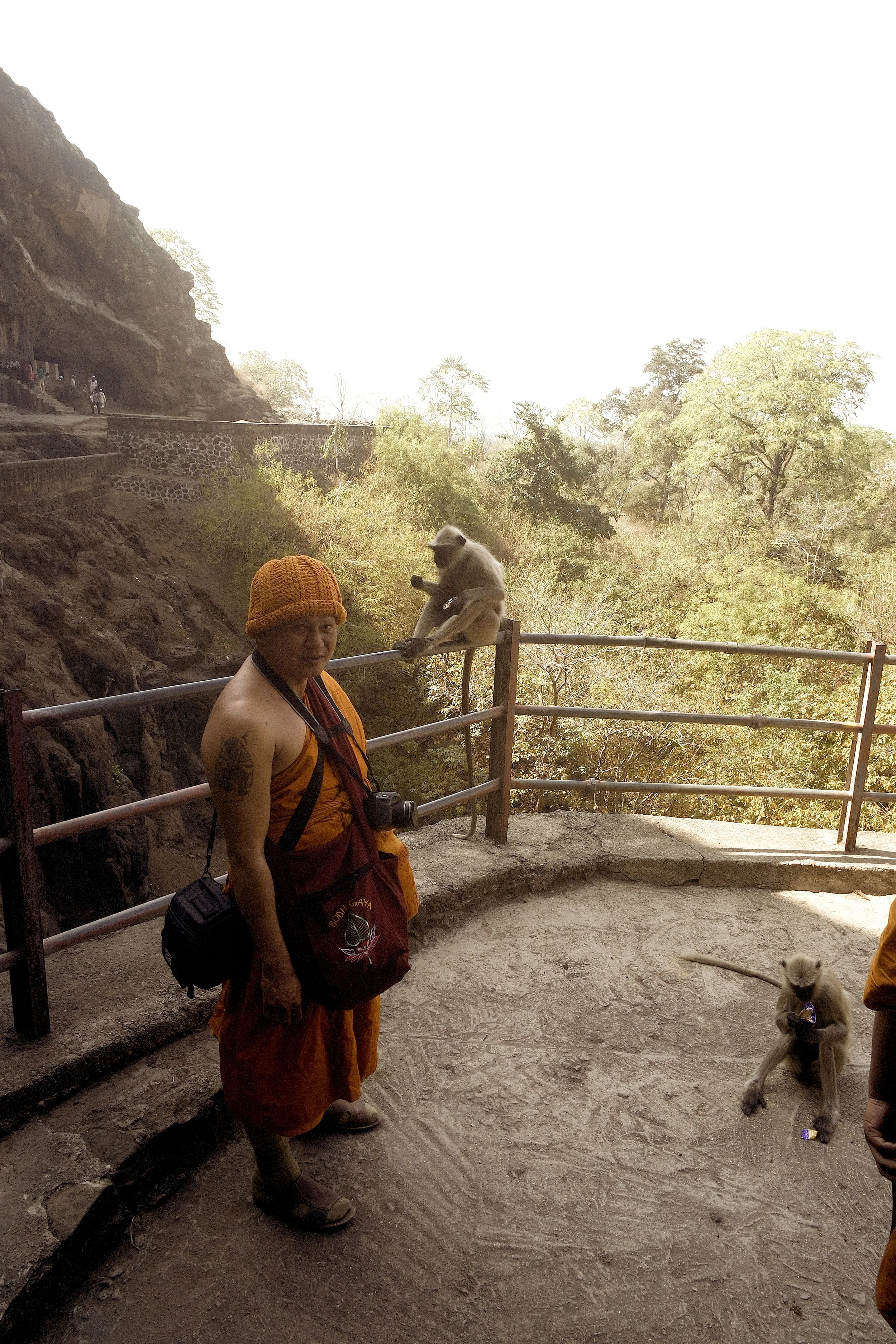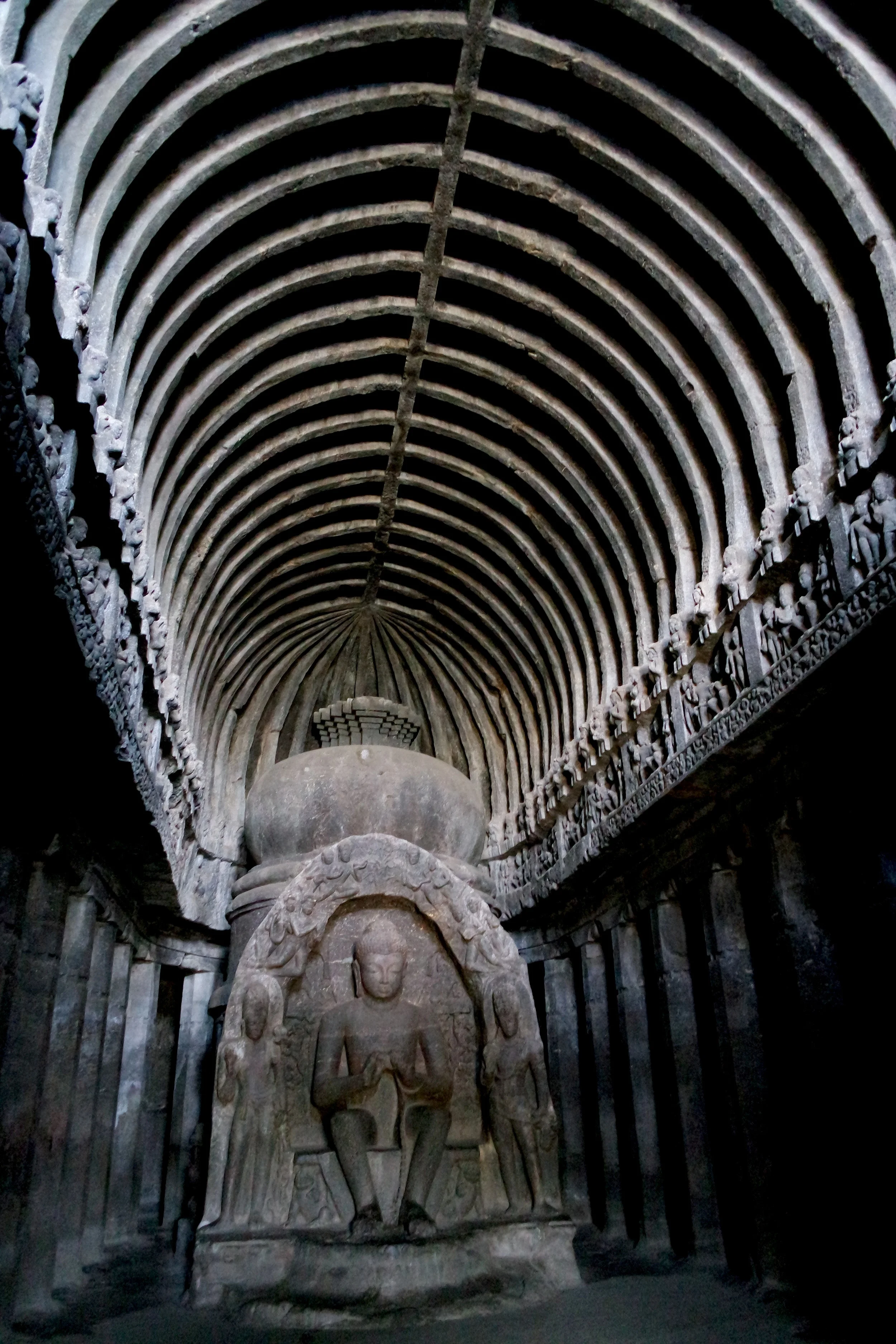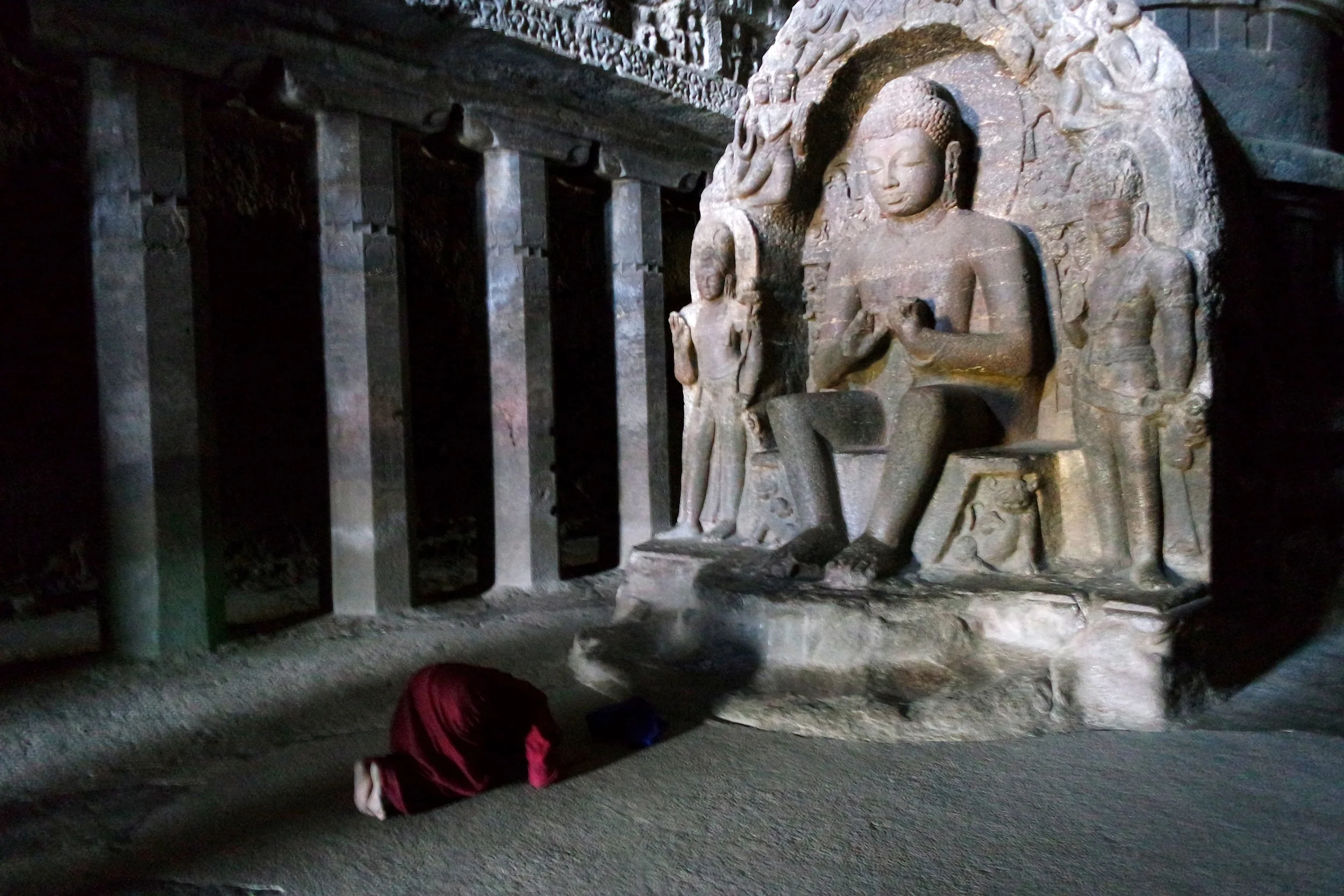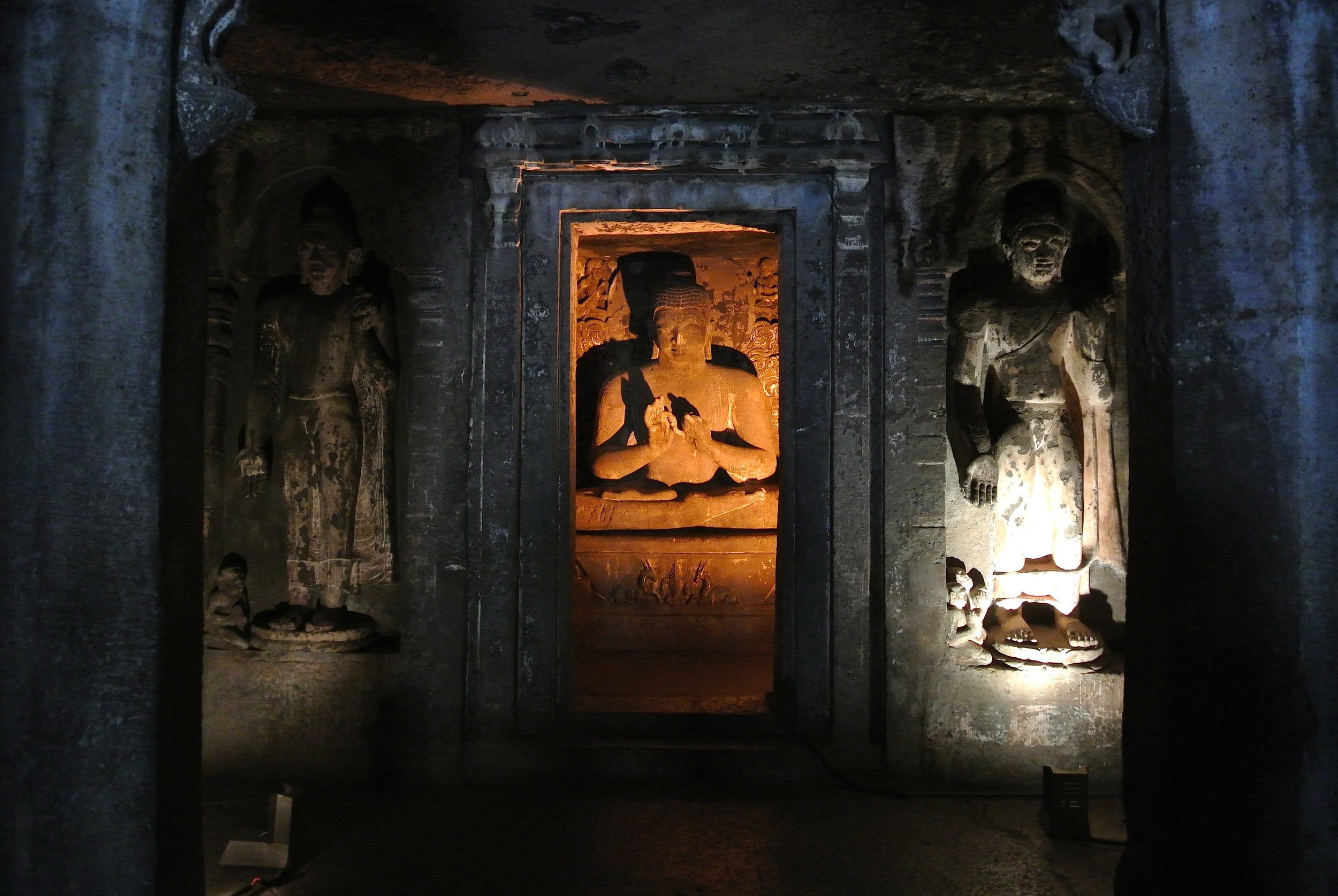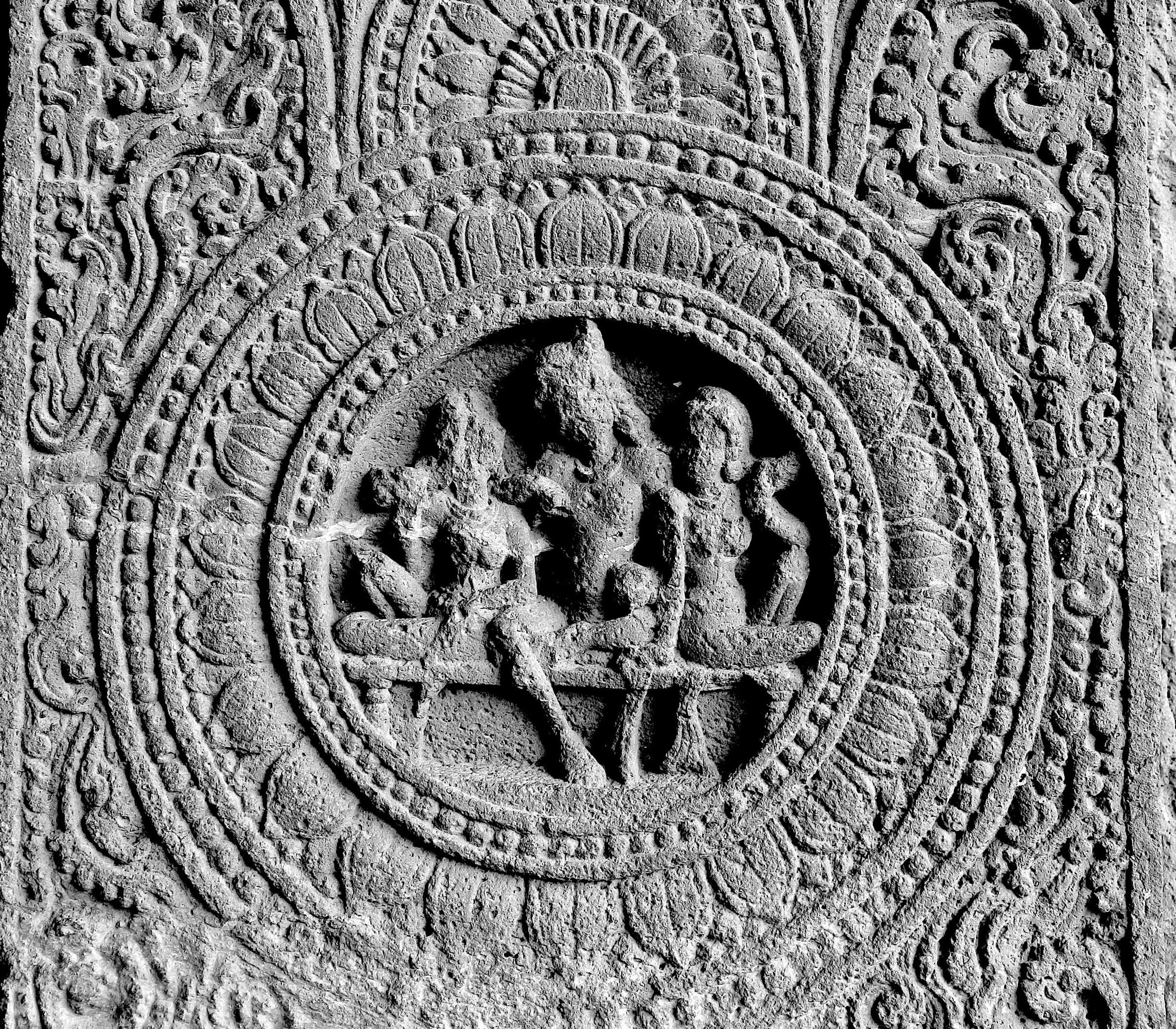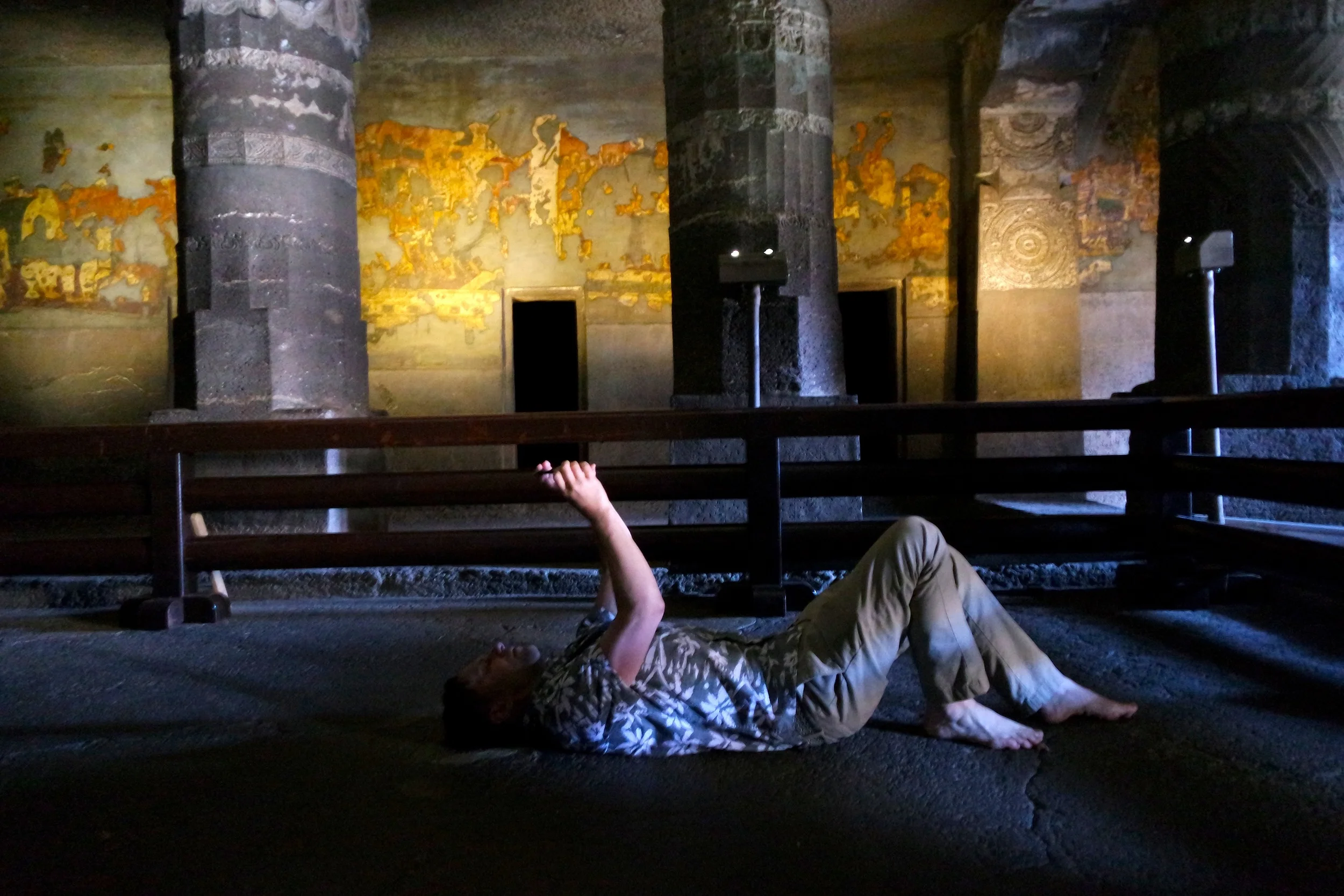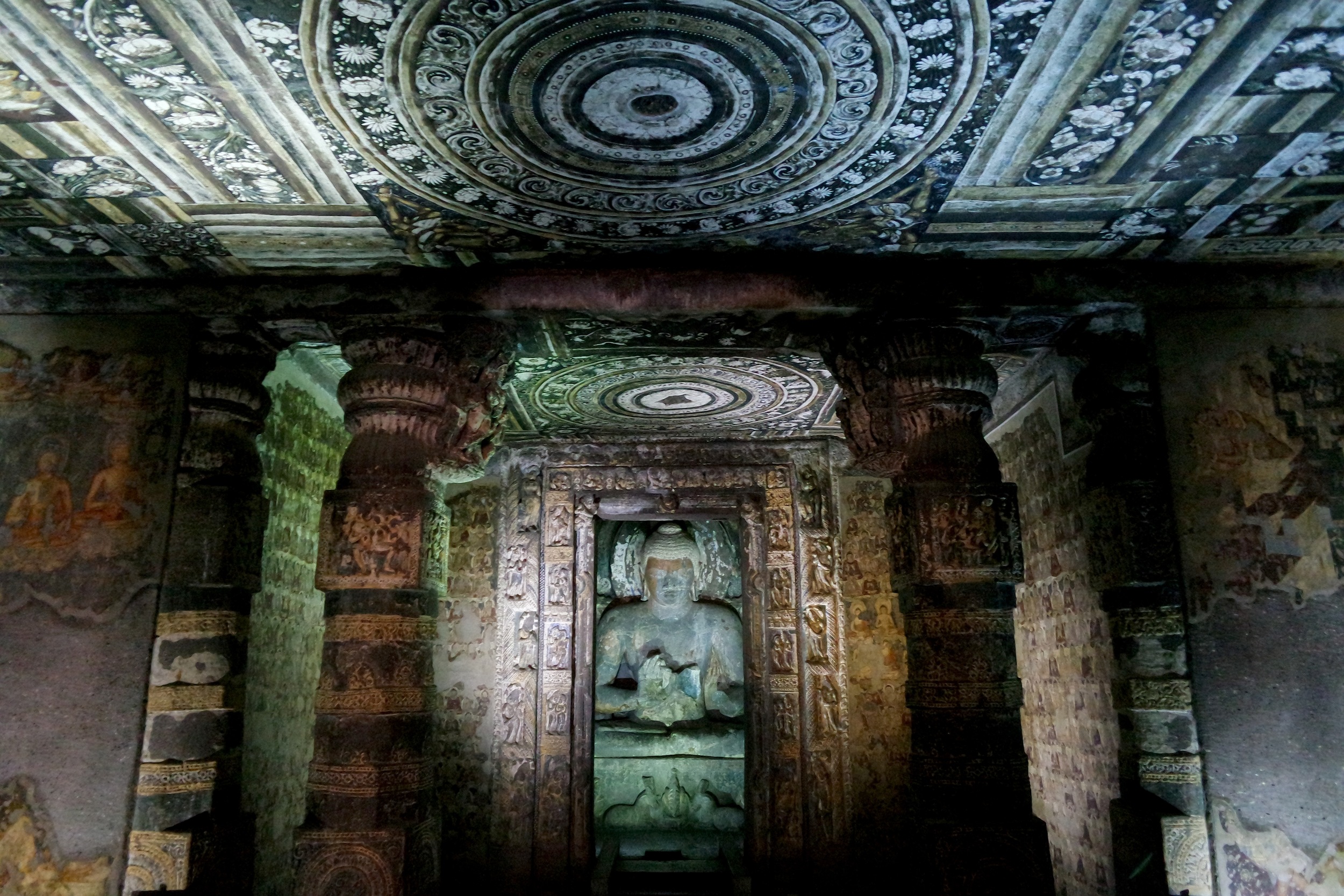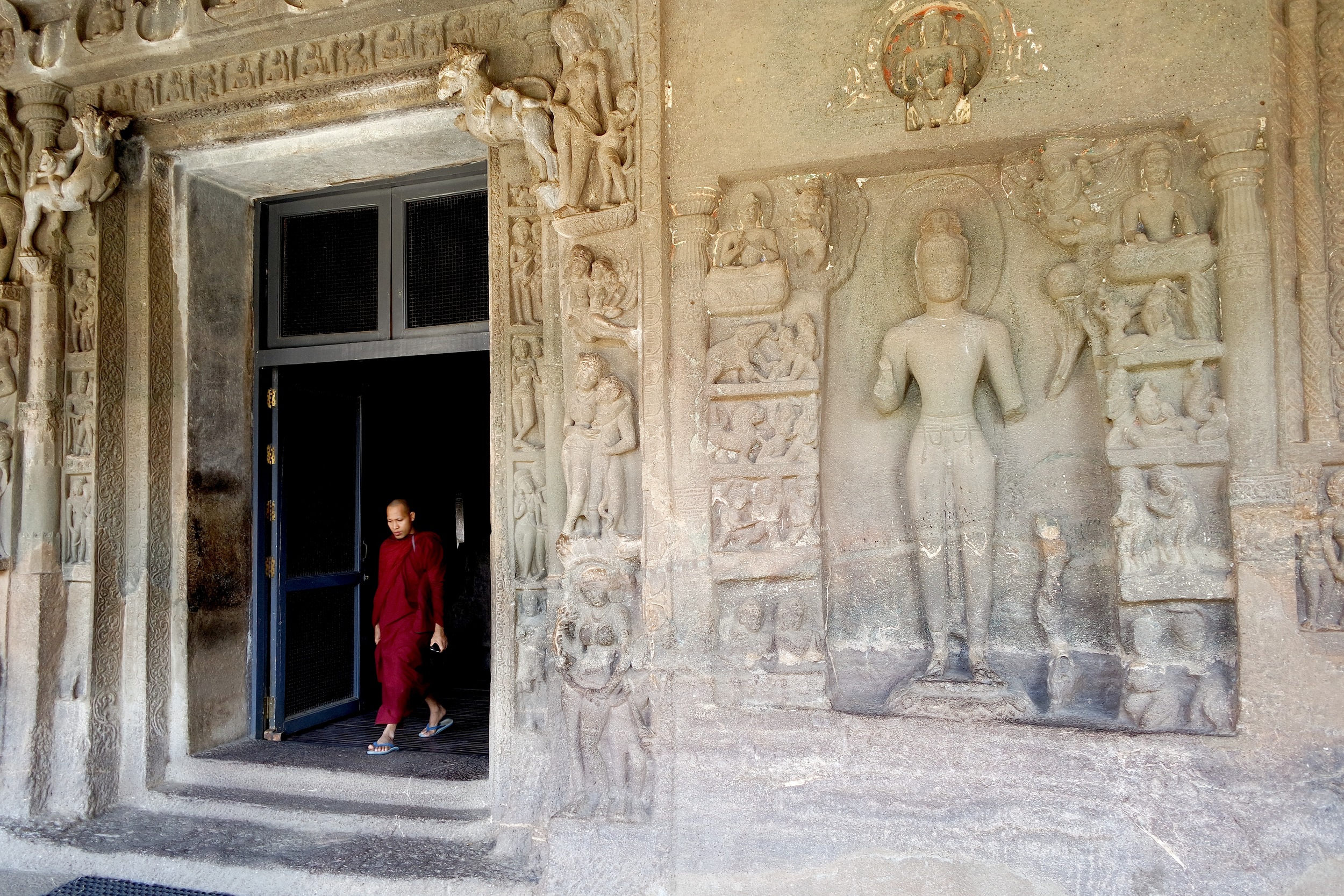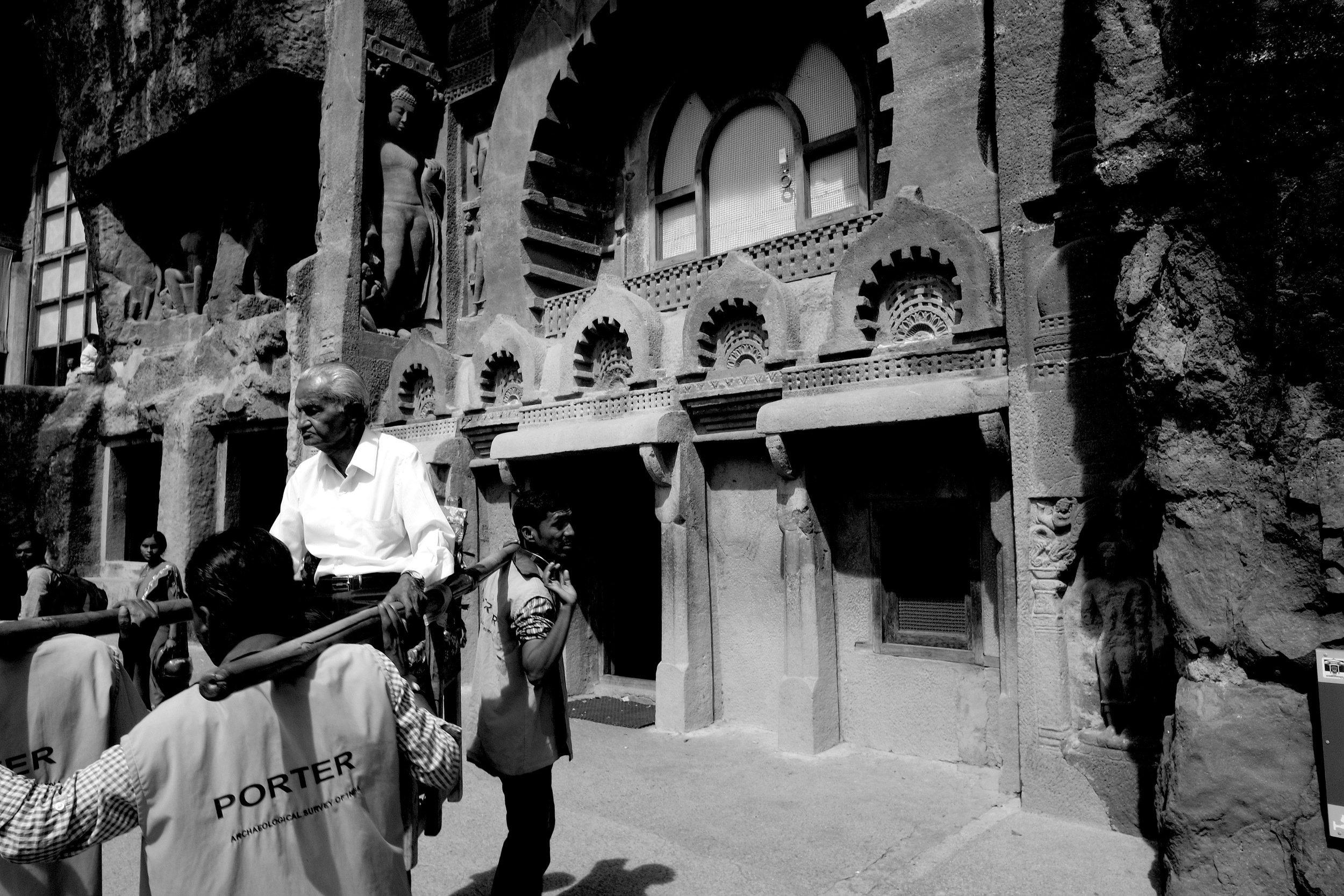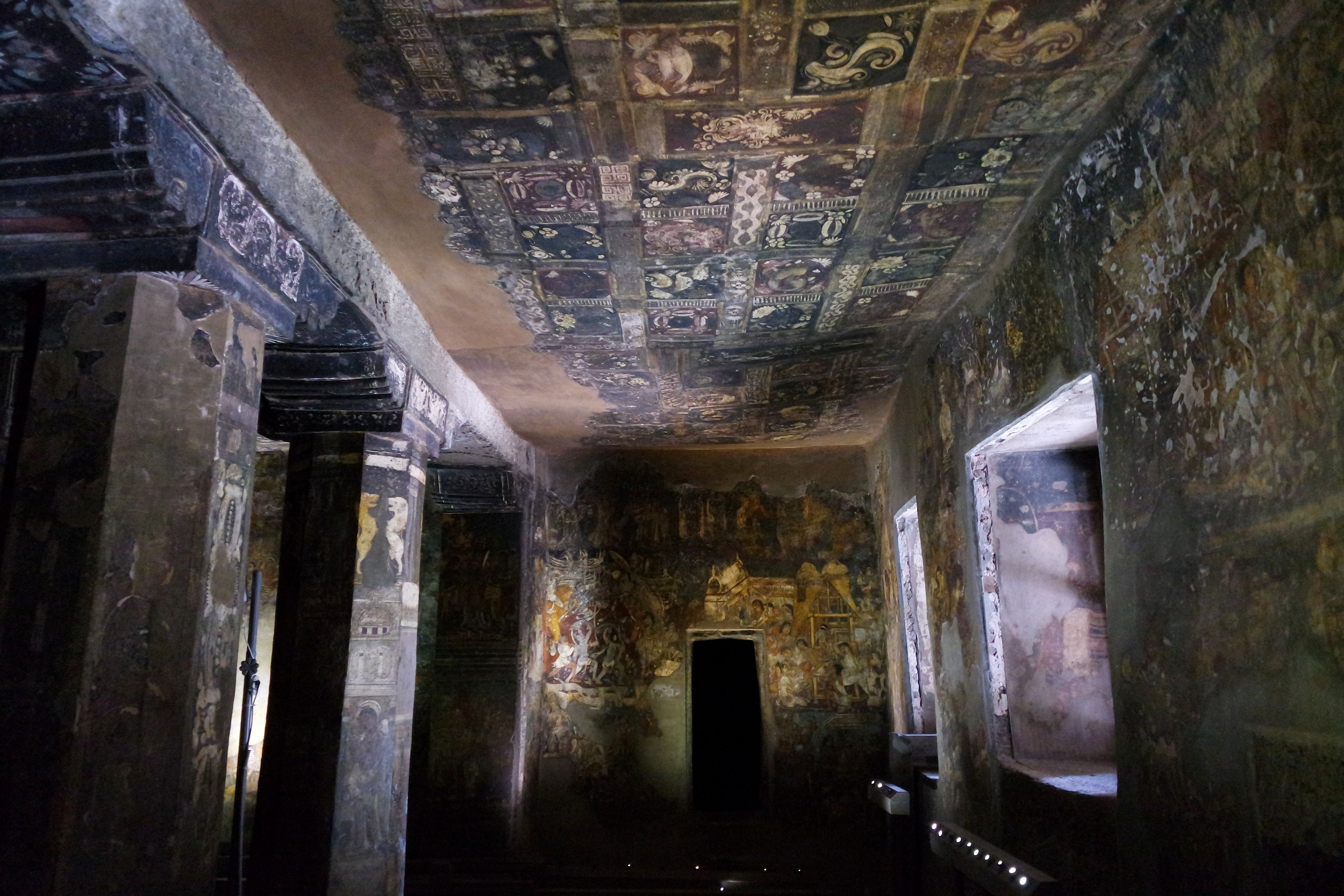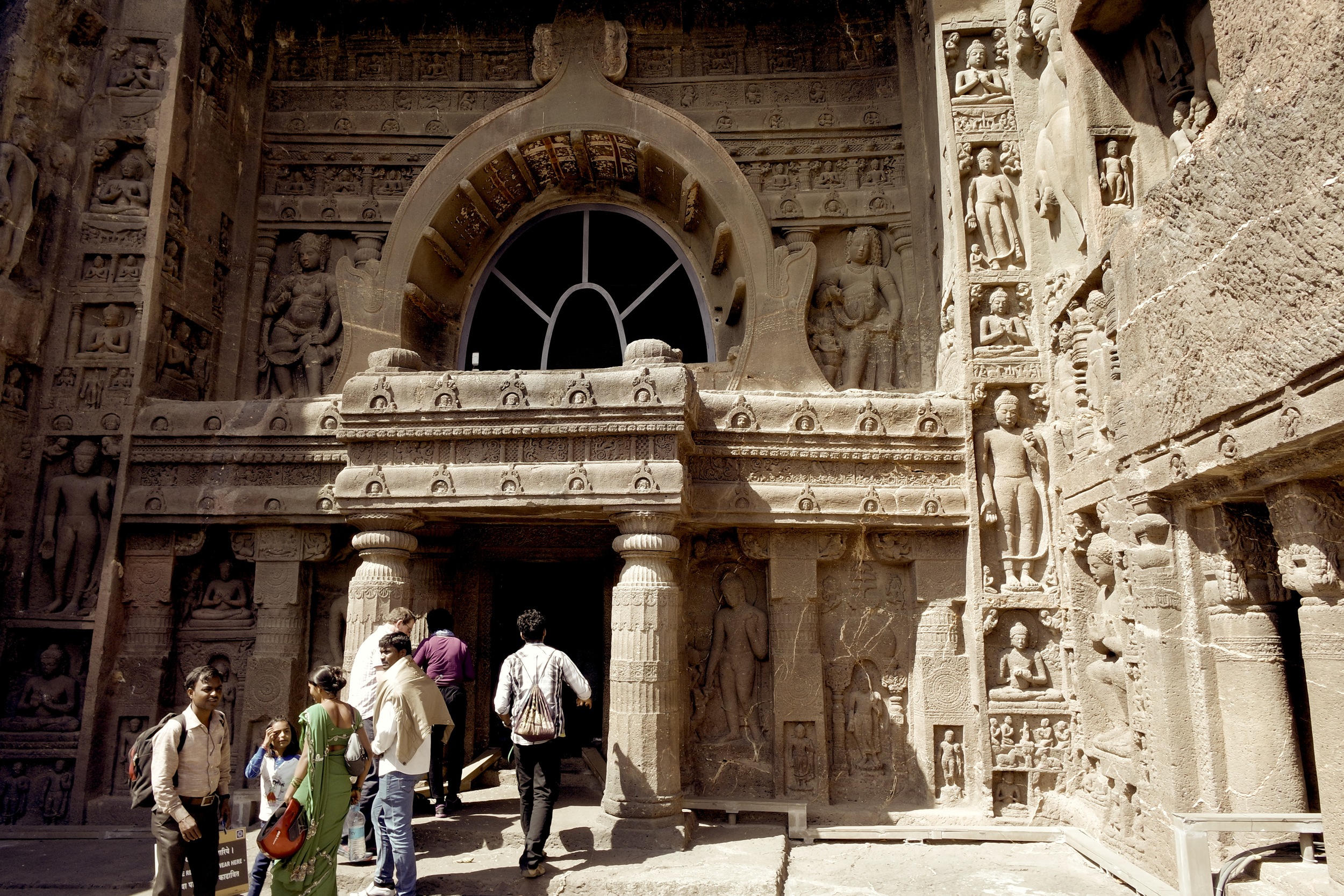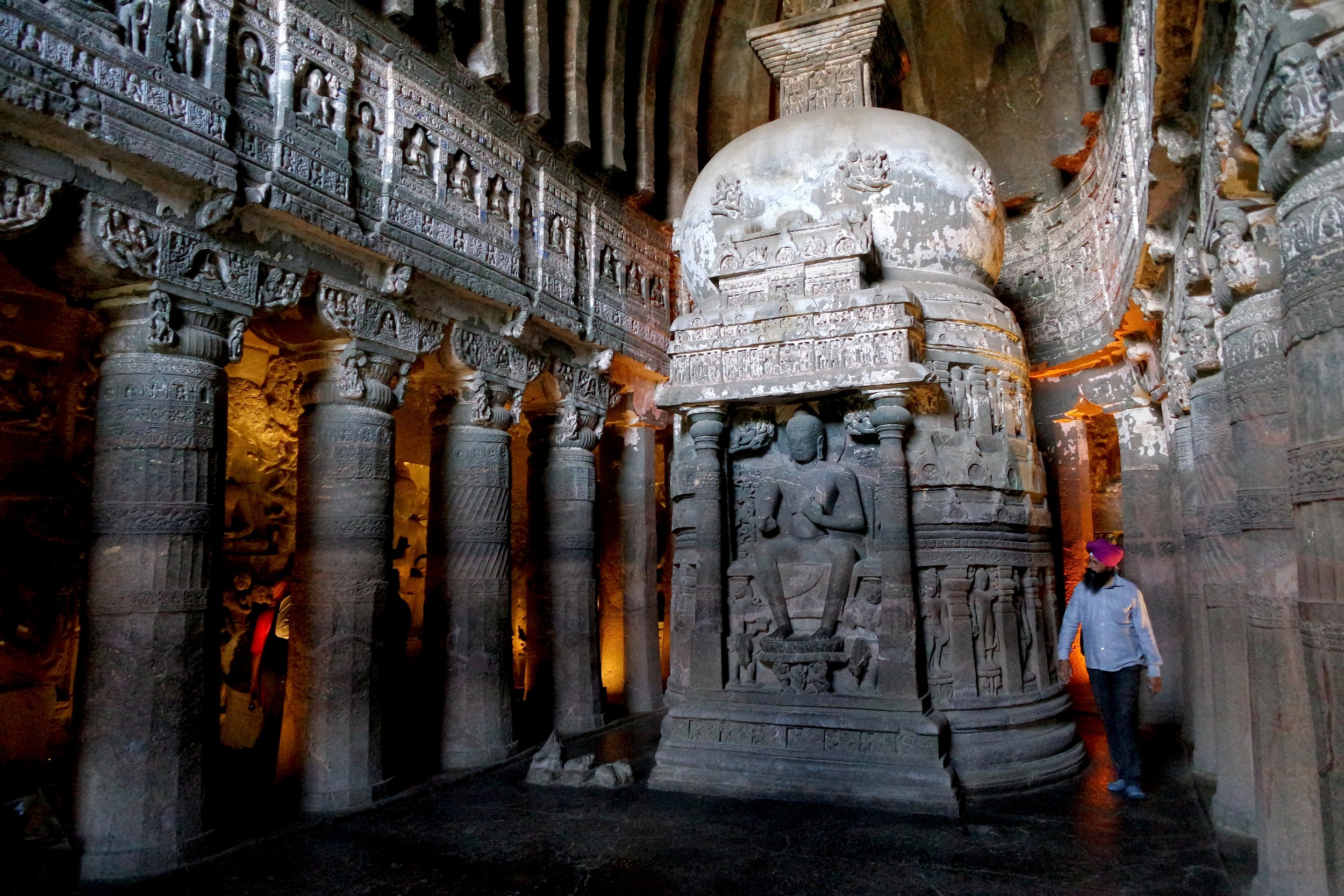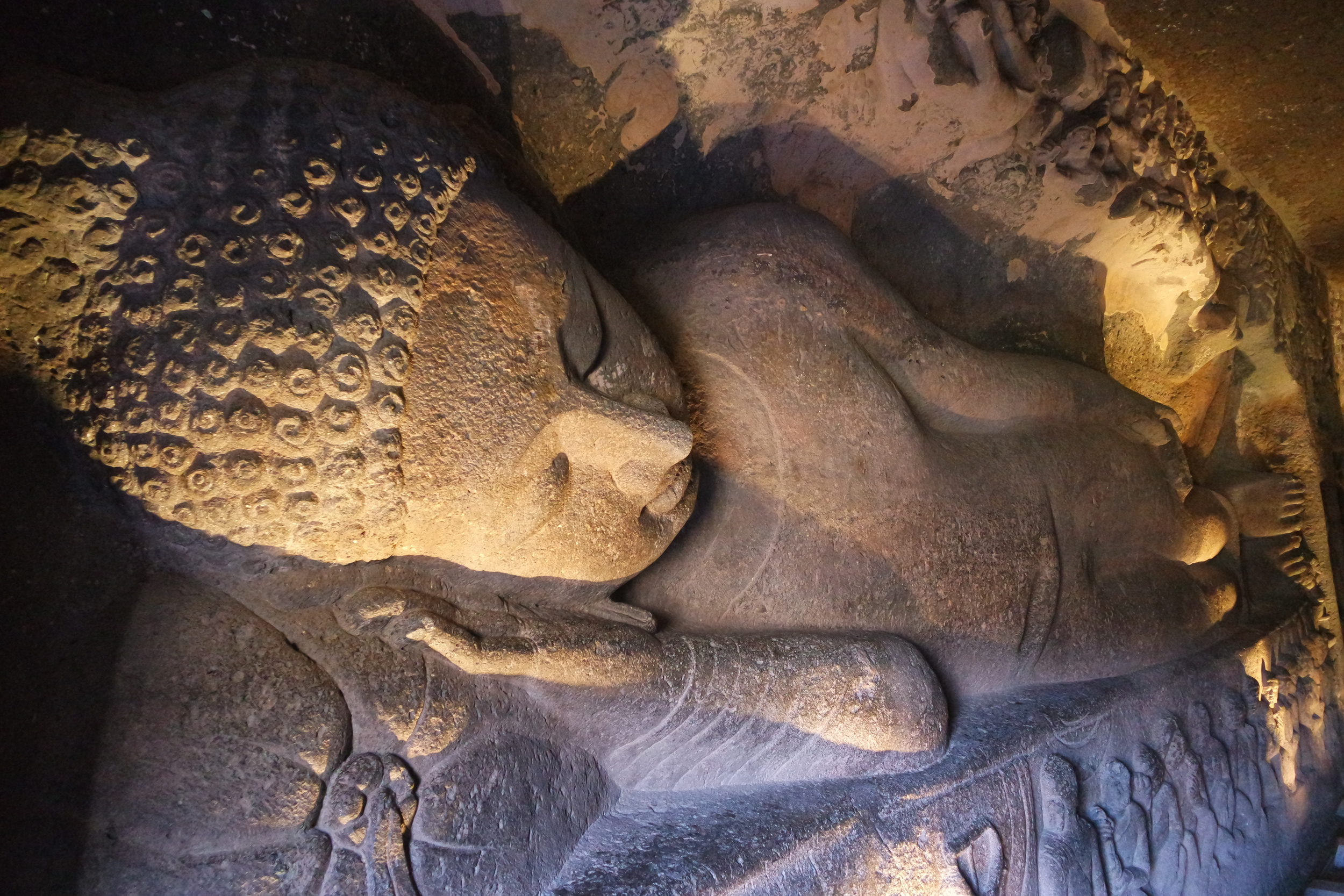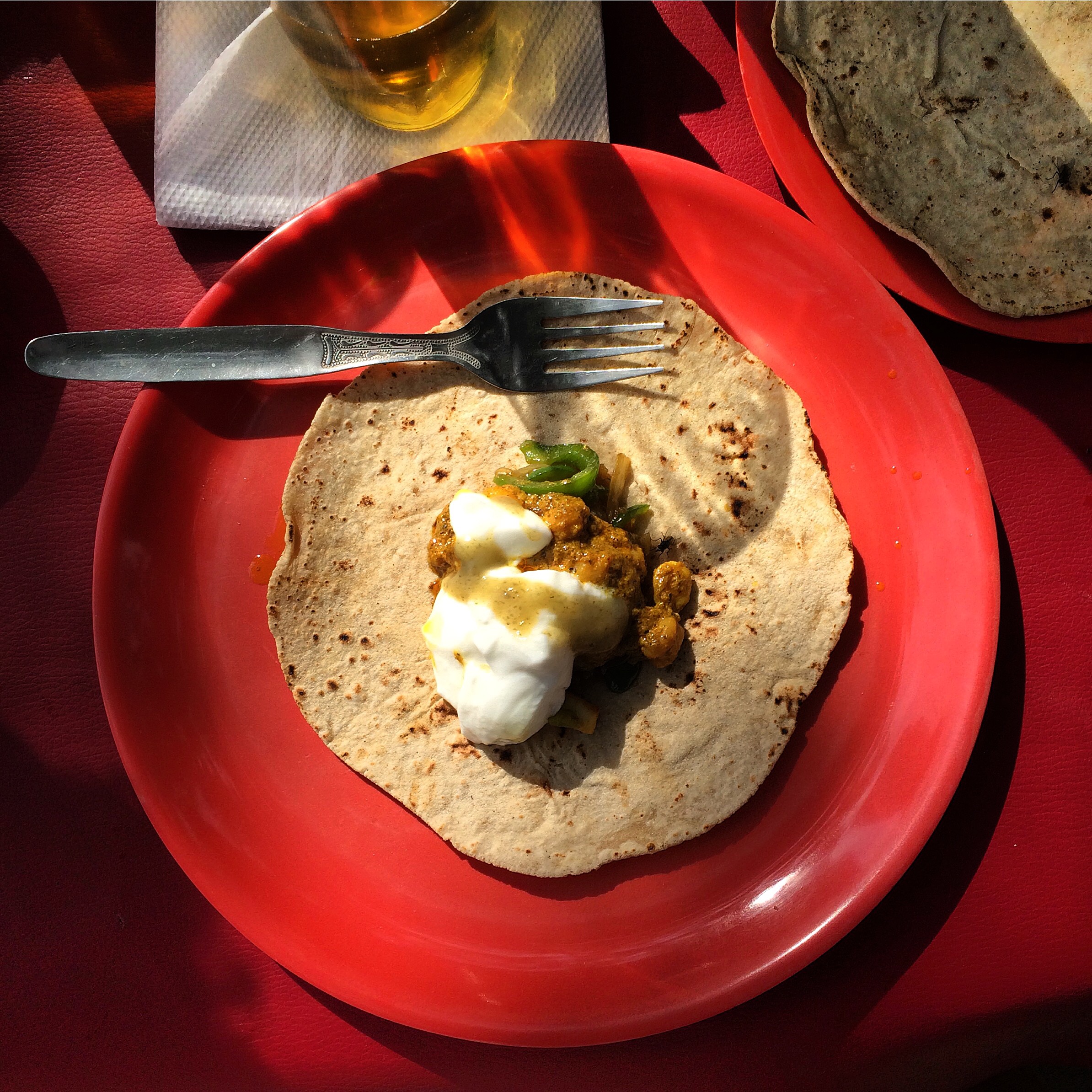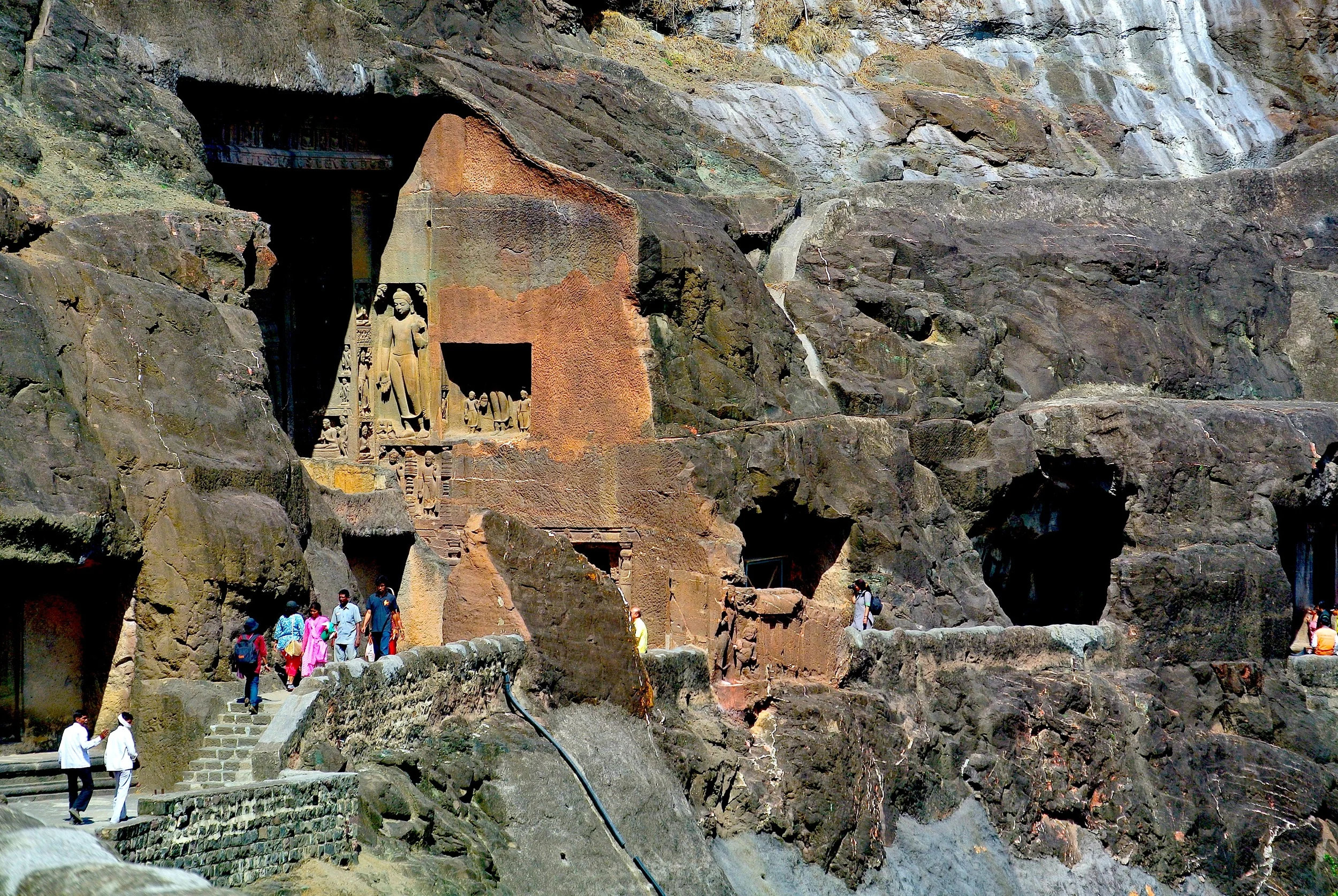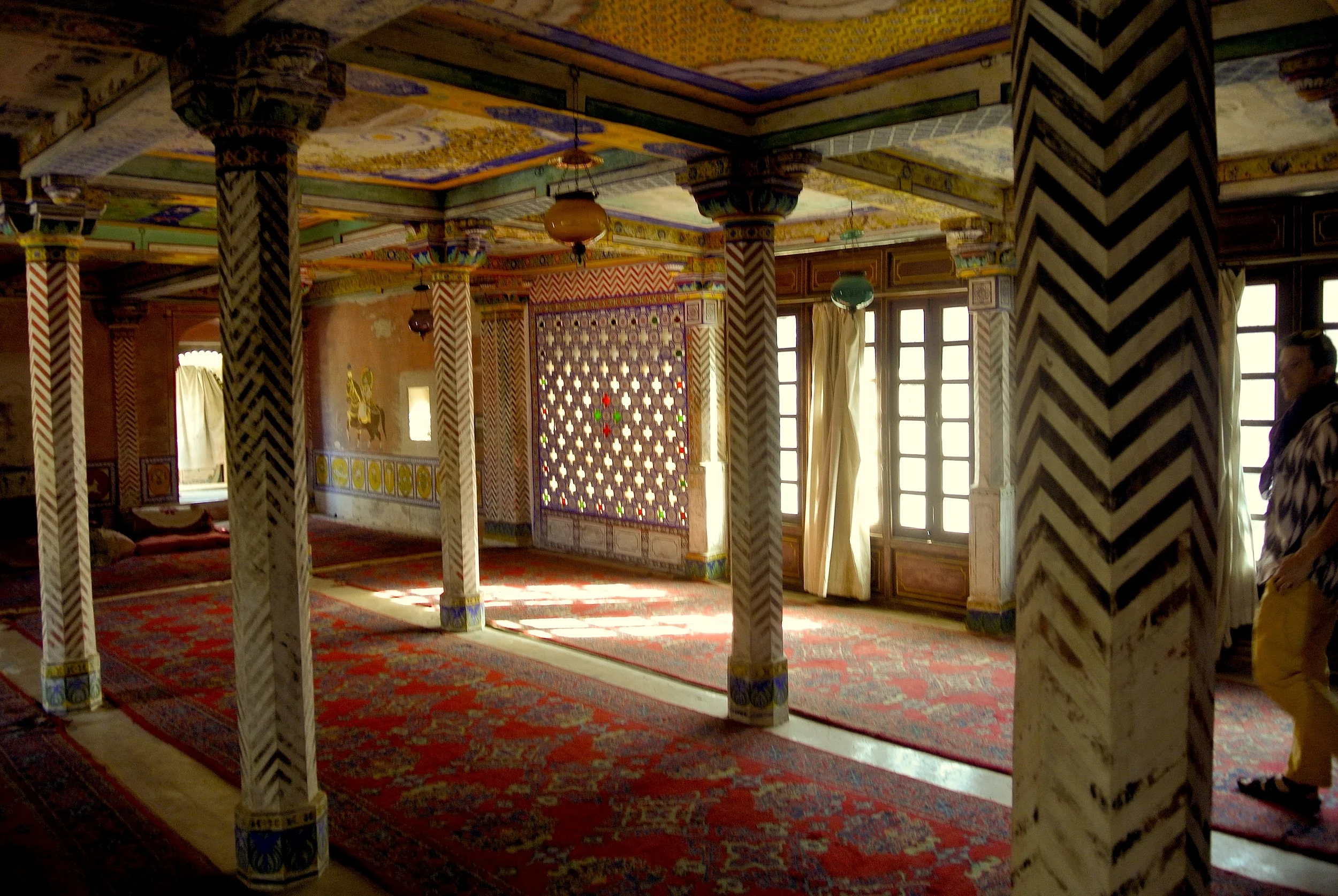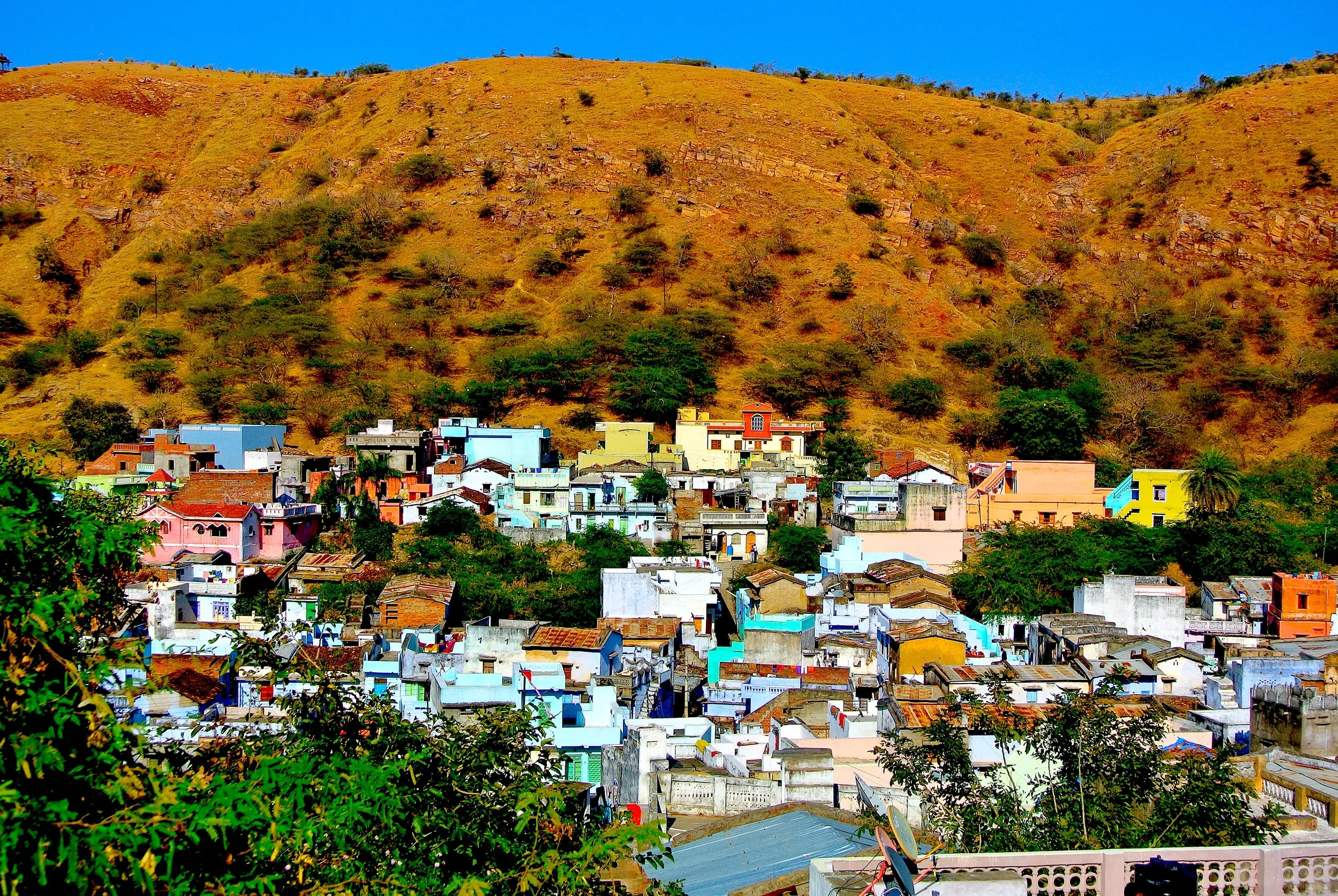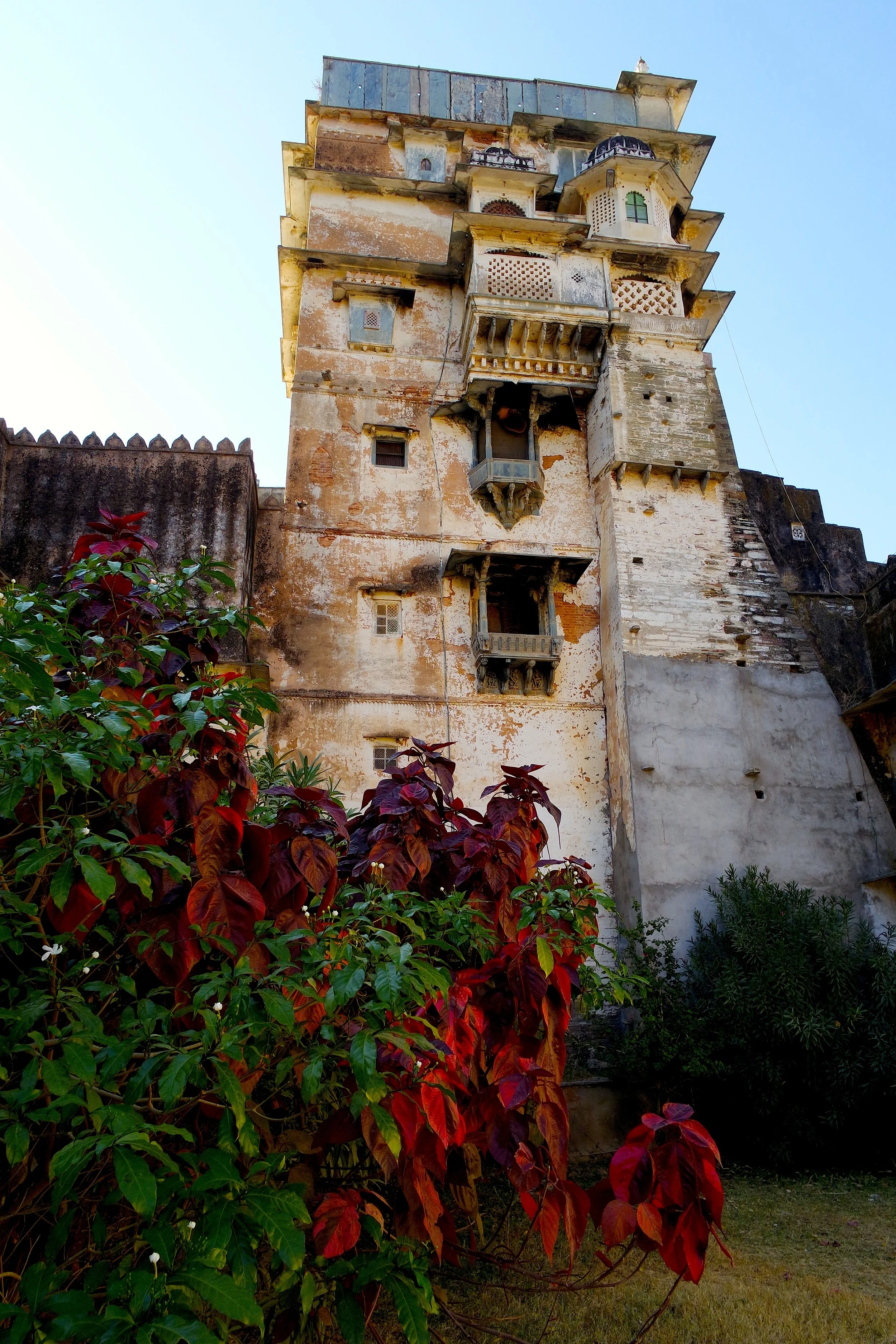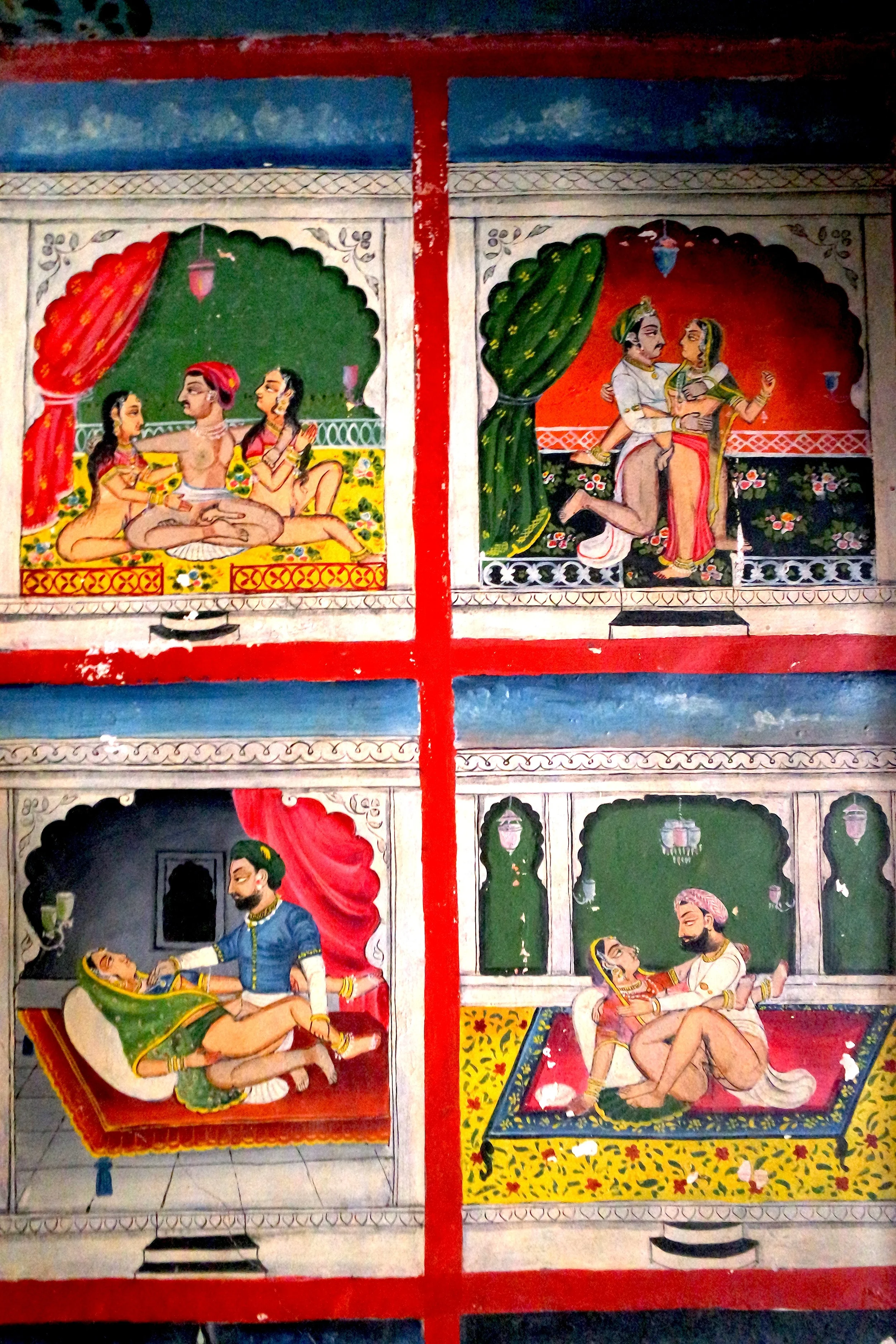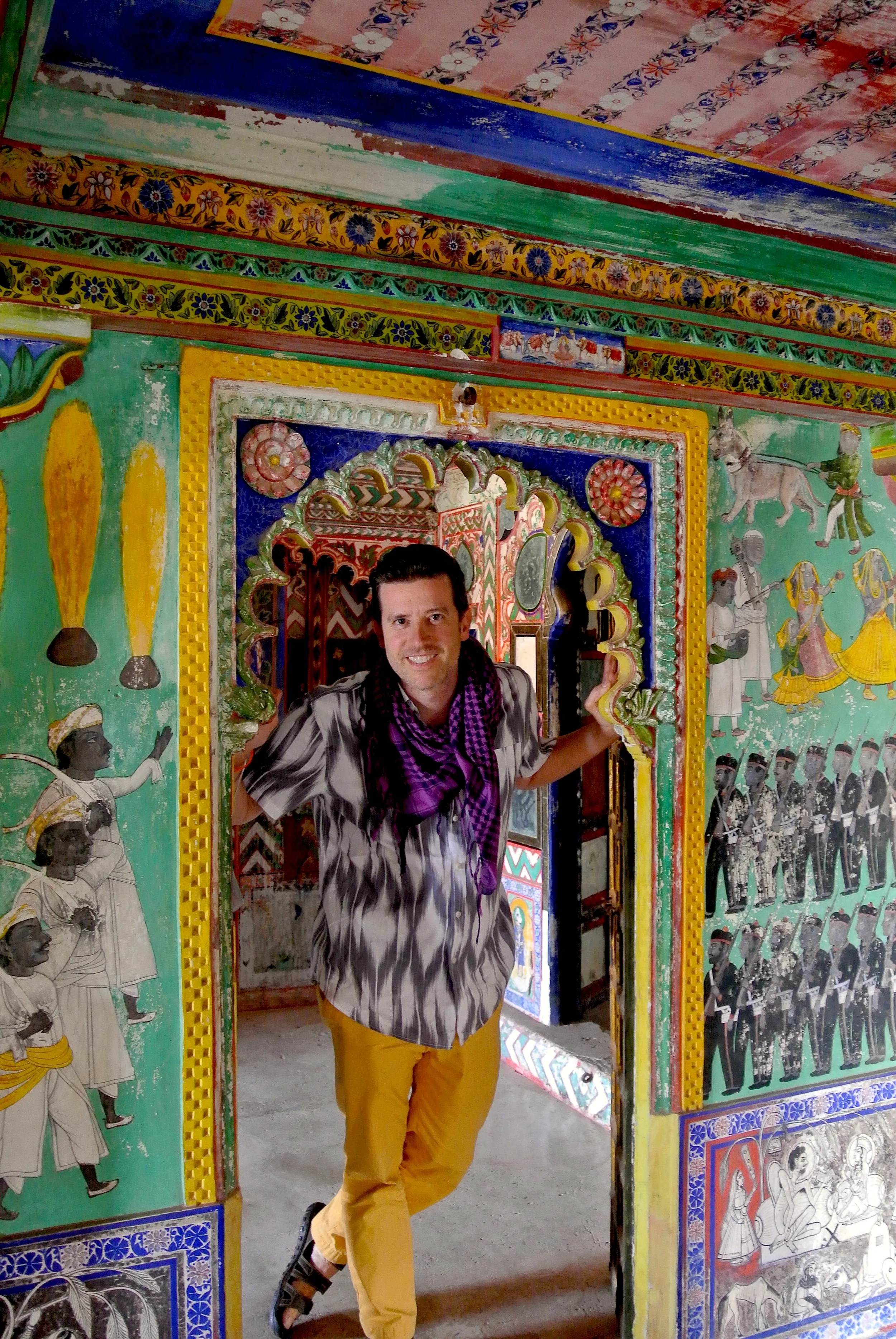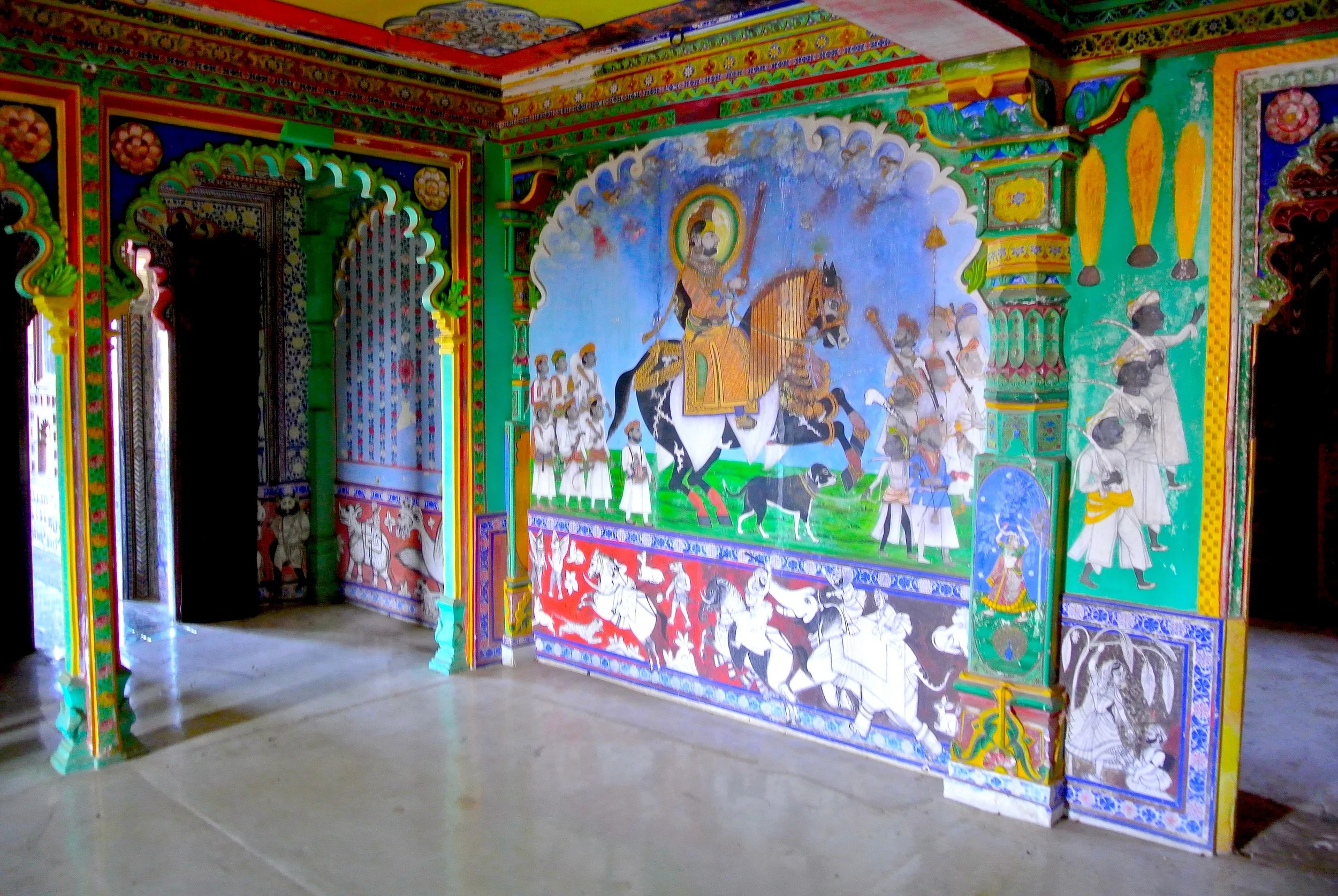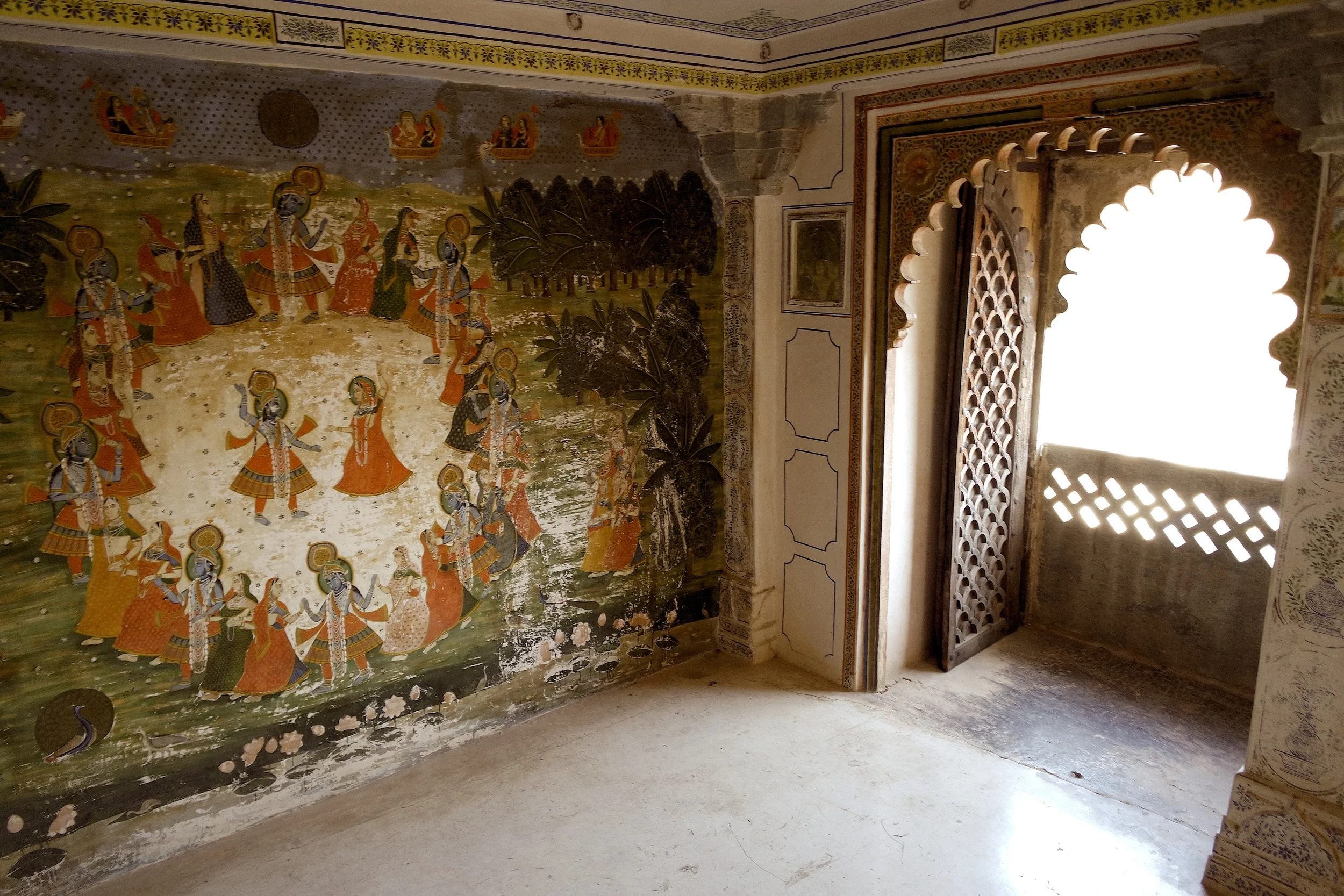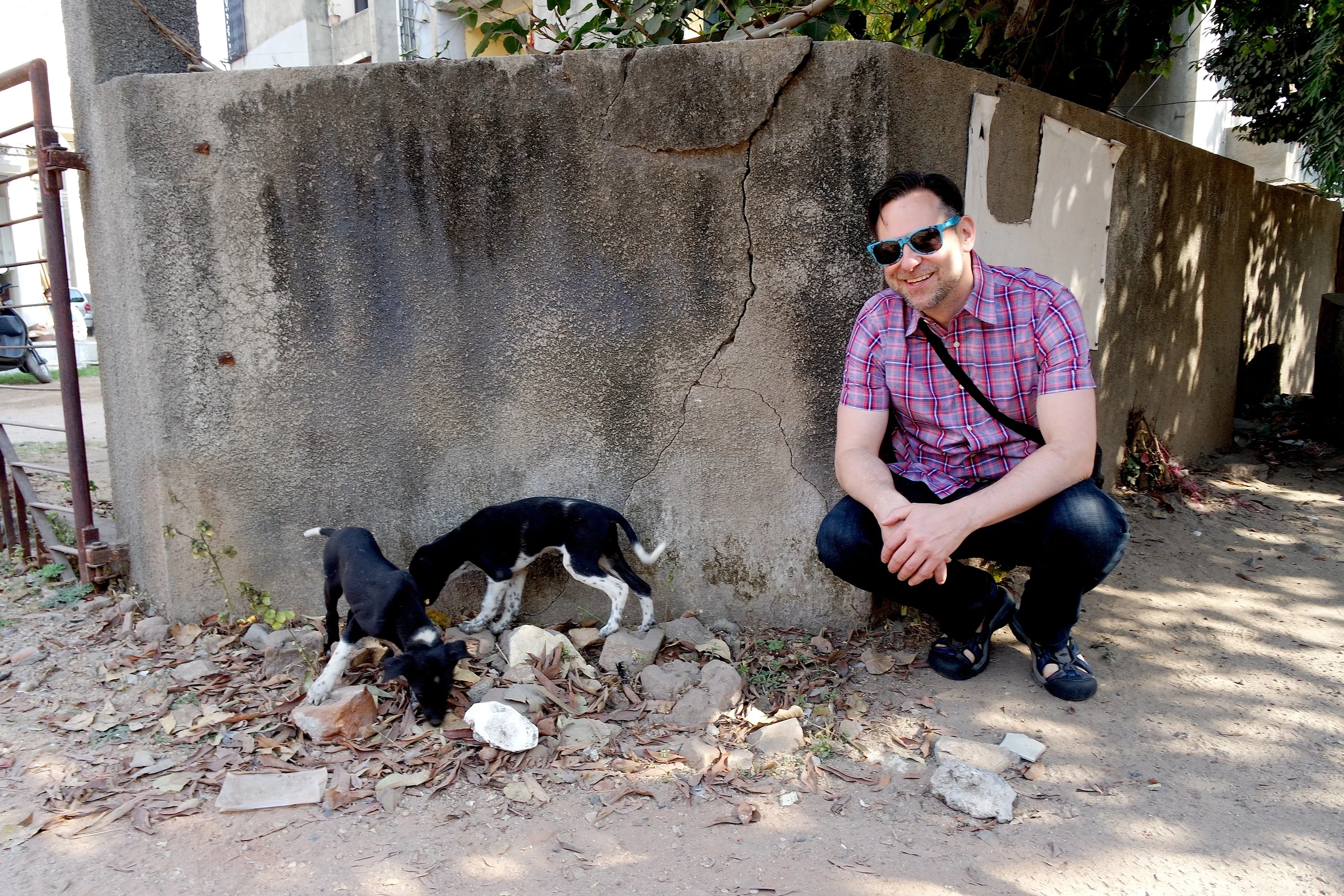The Gateway to India in the Colaba neighborhood of Mumbai
The Colaba neighborhood is a great place to station yourself. Just know what to expect navigating India’s largest metropolis.
Delhi feels like a small town compared with the bustling metropolis of Mumbai.
After a brief delay at the Aurangabad airport, Wally and I were off to Mumbai. It was our final day and a half, as we would be flying out the following night.
“Practically every step we took, street hawkers would call out, “Pashminas!” to us. When we didn’t respond, some would ask if we wanted to purchase hash instead. The truth is, at this point I probably would have welcomed the latter.”
I had found us an adorable boutique hotel called Abode in the neighborhood of Colaba. We read an article that described Colaba as Mumbai’s Greenwich Village.
Looking out upon the Arabian Sea in Colaba, Mumbai, India
India is intense overall, and Mumbai’s size makes it simultaneously familiar yet foreign. Here are some things to know about the city:
Traffic is a bitch.
We arranged airport pickup through our hotel. Abode works with an NGO women-run taxi company, which empowers and employs female drivers in a vocation generally dominated by men.
Our driver, Husna, met us at the airport. Traffic came to a standstill once we left the airport. We were hoping our driver would play tour guide a bit, pointing out the sites as we crawled along. But she didn’t say one word to us. Instead, she just talked on her cell phone and, at one point, had a brief altercation with a traffic cop.
If the rural villages we passed through were about promoting the sales and use of concrete, Mumbai is all about marble. There were massive marble and granite warehouses and shops for as far as the eye could see.
One of the many impressive buildings in Mumbai, India
It seemed to take an eternity to reach our hotel, which is located at the southernmost tip of the city in Colaba. In actuality, it took us two hours. Not surprisingly, navigating this booming metropolis of over 16 million people can be a frustrating experience.
We ate lunch at the lively Café Mondegar, not far from our hotel and quite close to the tourist staple, Leopold Café. Our table faced the street and a wall mural by cartoonist Mario de Miranda filled with satirical caricatures depicting the café’s bustling interior and patrons.
The street hawkers won’t leave you alone.
Colaba is a touristy area on the waterfront. The famous Taj Mahal hotel is nearby, as is the Gateway to India.
Practically every step we took, street hawkers would call out, “Pashminas!” to us. When we didn’t respond, some would ask if we wanted to purchase hash instead. The truth is, at this point I probably would have welcomed the latter. My synapses had been worn down from processing all the things we had seen and places we had travelled in such a short period of time. You get no break in this frenetic city.
And don't even get me started on all the men selling giant squiggly balloons! How the heck would we get those things home — even if we wanted one?
Go where the locals go.
We decided to venture beyond Colaba and explore the Kala Ghoda district, where we stumbled upon its Arts Festival, not far from the Abode Hotel. The event takes its name from the neighborhood of Kala Ghoda (which translates to Black Horse, a reference to a black stone Colonial-era equestrian statue of King Edward VII that was previously located here. Incidentally, it was commissioned by the Sassoon family, who owned the Lansdowne House, where Abode now resides. The statue has since been relocated to the Byculla Zoo.)
Also of note is the Esplanade Mansion, which was fabricated in 1871 and shipped from England and is India’s oldest surviving cast iron building. Now a crumbling remnant, the structure was once a majestic structure that served as the Watson’s Hotel, the grandest in Mumbai.
The Kala Ghoda Arts Festival is a combination of local art installations and includes craftspeople from across India. We purchased a vibrantly colored blue pottery turtle from Jaipur. The name comes from the deep blue glaze, used to color objects, which are fashioned from a unique dough-like mixture of gypsum, powdered quartz, powdered glass and gum.
We also bought a fun tote bag from Lemon Trunk with the message, “HORN OK PLEASE” that we had seen on the decorated backs of goods carrier trucks everywhere we went.
Halfway through the festival, Wally spotted the Alliance Française de Bombay table, which had a photo booth set up with a backdrop image of Mont Saint-Michel. He was delighted to practice his French and I smiled, pretending to understand what they were saying.
The kids at the booth took our picture, and Wally and I like to think of ourselves as the centerpiece of their new ad campaign.
After we had left the festival and were returning to Abode, we passed the Chhatrapati Shivaji Maharaj Vastu Sangrahalaya Museum, which was formerly the Prince of Wales Museum of Western India (which is only slightly less of a mouthful to say). A few street artists were set up outside, one of whom was selling colorful bent wire cycle rickshaws. We purchased one, thanked him and arrived back at the hotel with our souvenirs.
We had a great time, but the chaos of Colaba left us both fatigued. At times India can be her own worst enemy. –Duke

